
- Learning Curve: There might be a short learning curve as users unlearn old habits, but this doesn't necessarily make it difficult .
- Control and Precision: Shaving with a safety razor provides more control over the process, requiring users to be mindful of each stroke .
- Adjustable Razors: Some safety razors are adjustable, allowing users to find a setting that suits their comfort level, reducing the perceived difficulty .
In summary, while there might be an adjustment period, many find shaving with a safety razor to be a satisfying and effective method with practice.
How to shave with a safety razor
Key Considerations: Zero Pressure and Blade Angle
The defining feature of a safety razor is its exposed blade that makes direct contact with the skin. The technique involves using the blade to cut through the beard, akin to a scythe, rather than dragging it across the hair and scraping the skin. The two crucial aspects to bear in mind during a safety razor shave are maintaining zero pressure and employing the correct blade angle.
To achieve optimal results, the goal is to apply the lightest touch possible, ensuring that the blade barely grazes the skin, gliding smoothly across the surface. Simultaneously, it's imperative to hold the razor at an angle of approximately 30°, bringing the blade closer to parallel alignment with the skin rather than perpendicular. Given the typical design of safety razors with a right-angle between the blade and the handle, holding the handle almost perpendicular to the skin achieves the desired 30° angle.
Understanding Beard Growth Direction
Before embarking on your shaving journey, take the time to familiarize yourself with the direction of your beard growth. Shaving along the grain, or "with the grain," involves moving the razor in the same direction as the hair growth. Contrarily, shaving against the grain, or "against the grain," is moving the razor in the opposite direction. It's strongly recommended, especially for beginners, to stick to shaving with the grain to minimize skin irritation, razor burn, and ingrown hairs.
The Shaving Process: Going Through the Passes
Once you've identified the grain direction, it's time to initiate the shaving process. Hold the razor's handle with only your thumb and fingertips, avoiding excessive pressure. Glide the razor along the grain, making slow, short, and slightly overlapping strokes. As you grow more accustomed to the razor, you can gradually increase the length of the strokes.
Avoid going over the same area multiple times, as this can lead to irritation, particularly after the initial pass when the skin is no longer protected by lather. Rinse your face with warm water upon completion.
This completes one "pass." The objective is to progressively reduce the beard, repeating the process until a satisfactory level of smoothness is achieved. For the first pass, it's advisable to shave with the grain. Subsequent passes may involve shaving with or across the grain for an optimal finish.
Choosing the right safety razor for you
Don't know which safety razor is right for you and in search of a safety razor designed for beginner? Click the button below to explore the perfect razor for your needs.

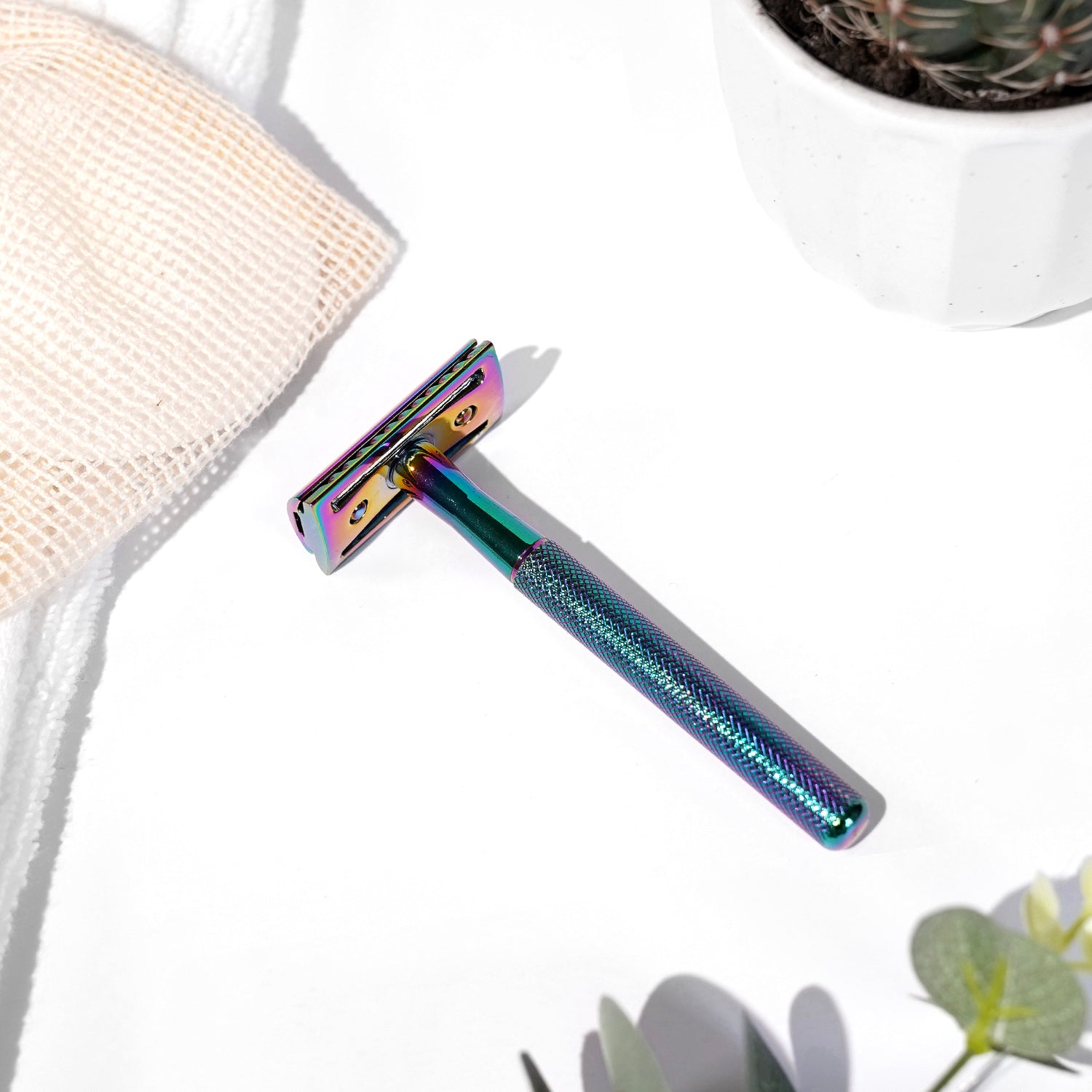
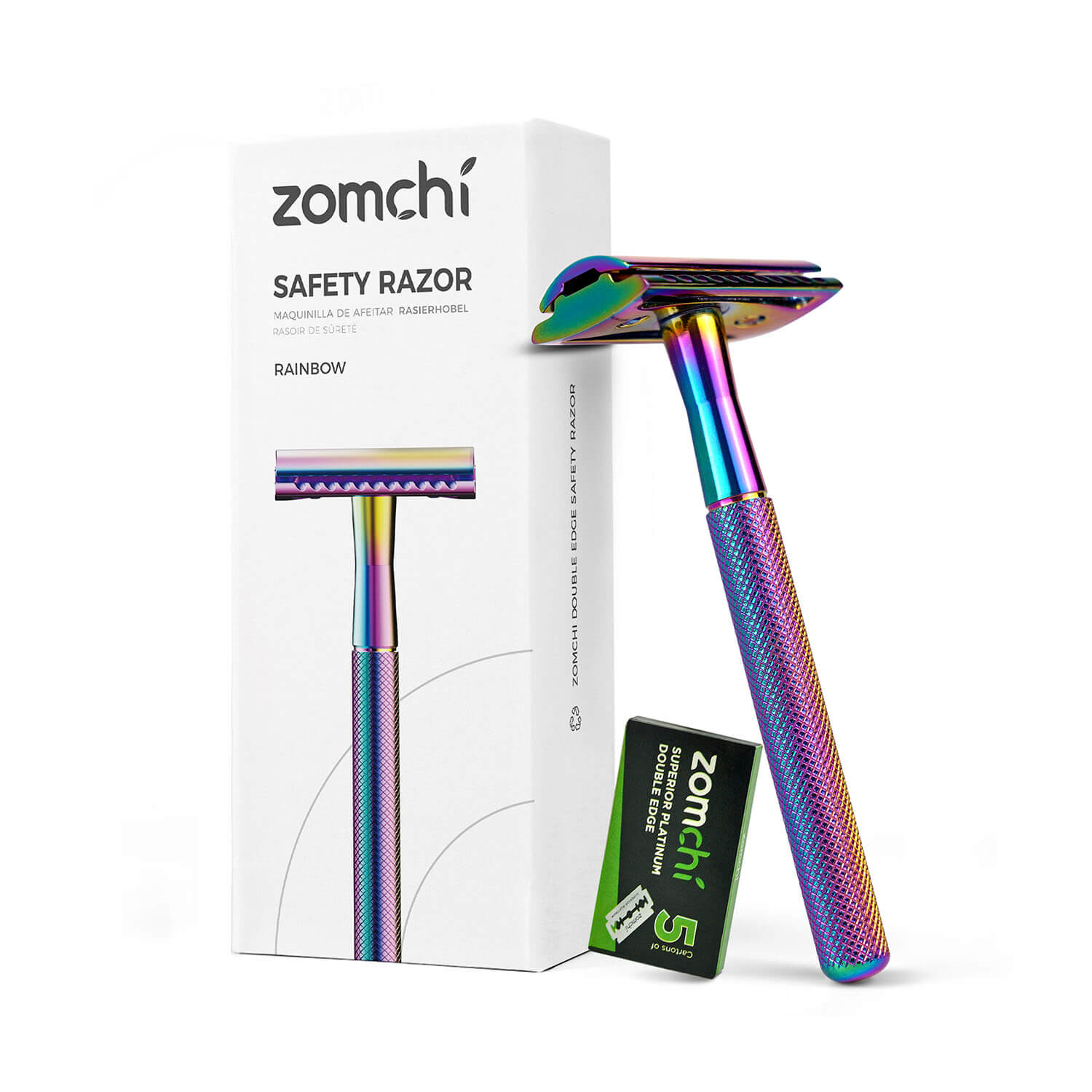
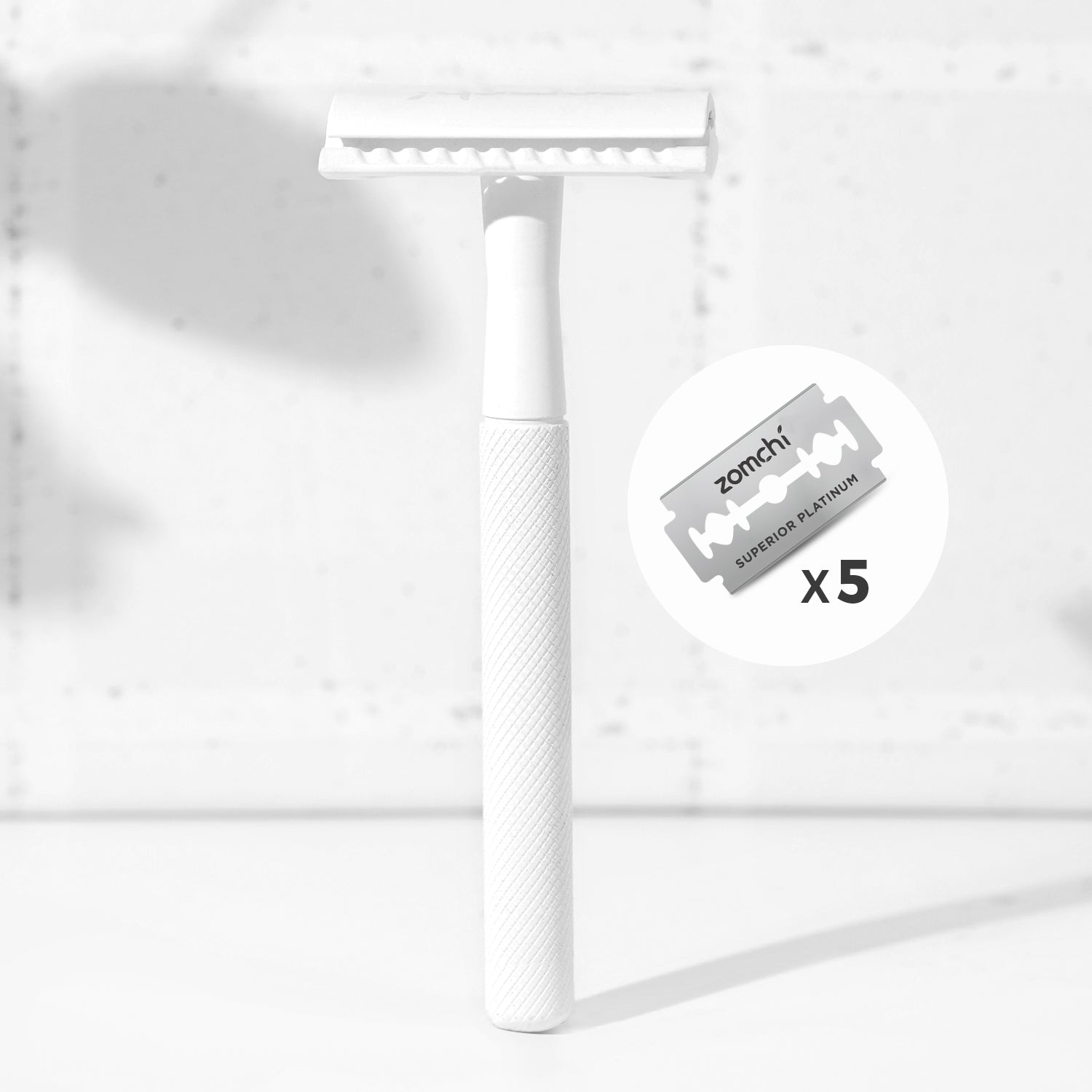
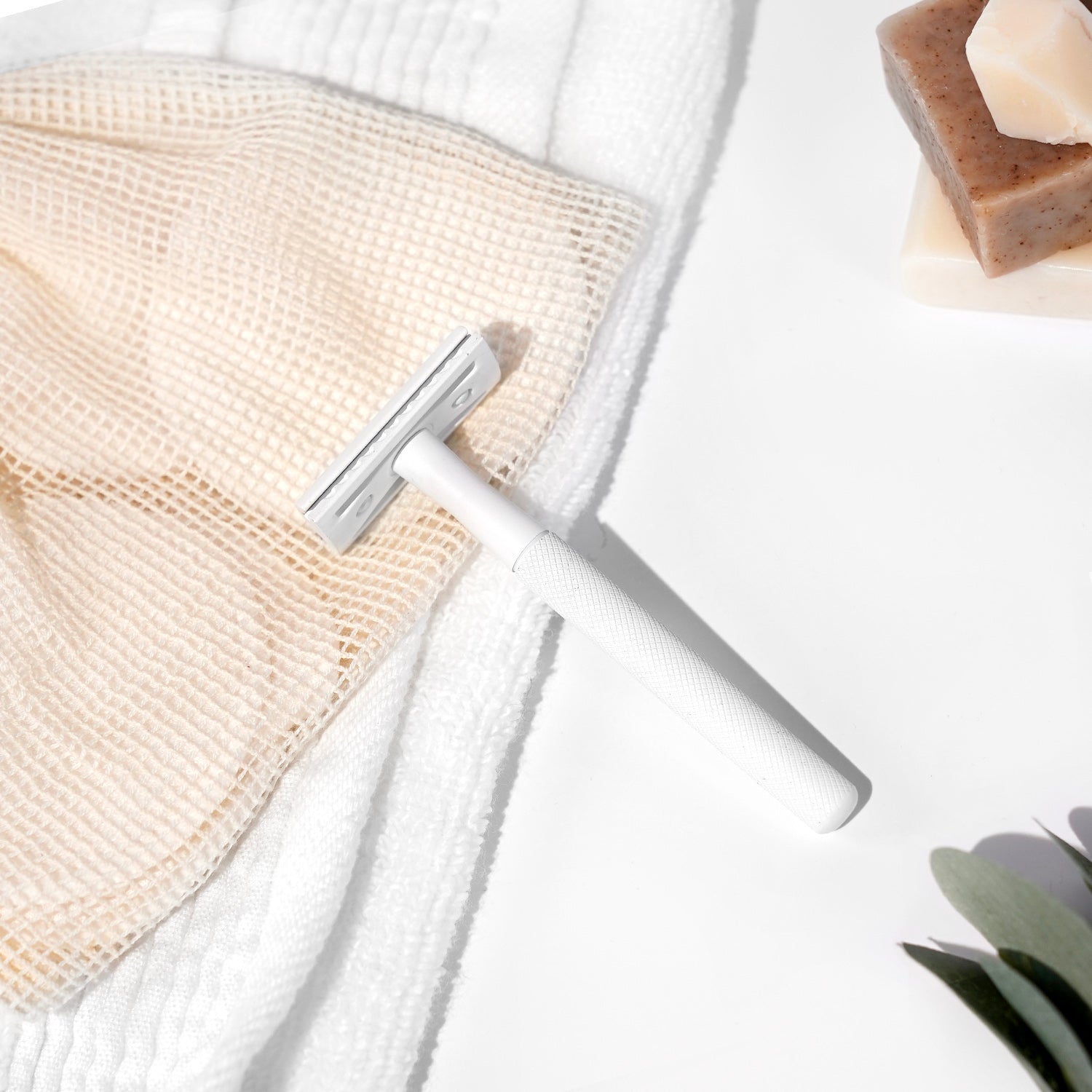
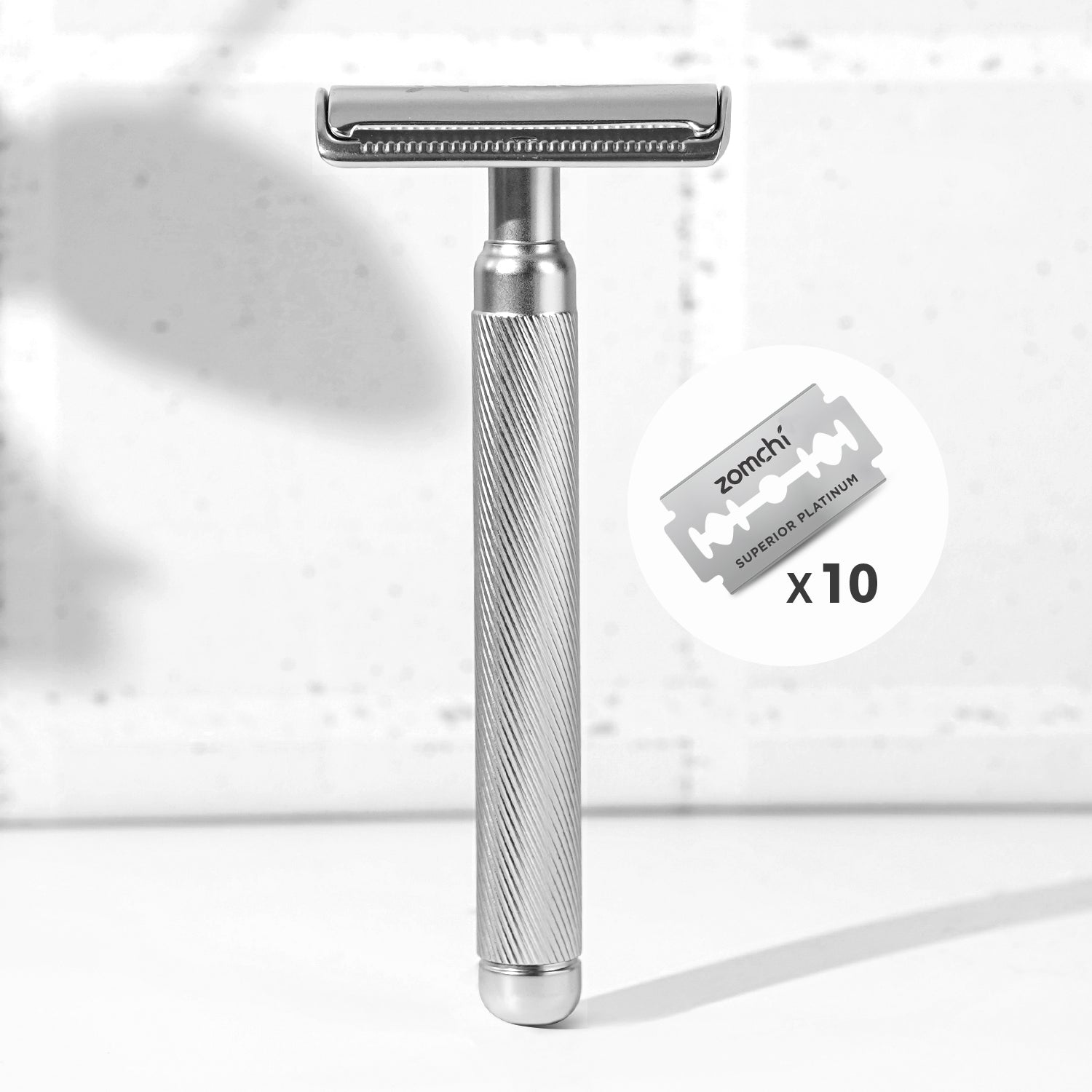
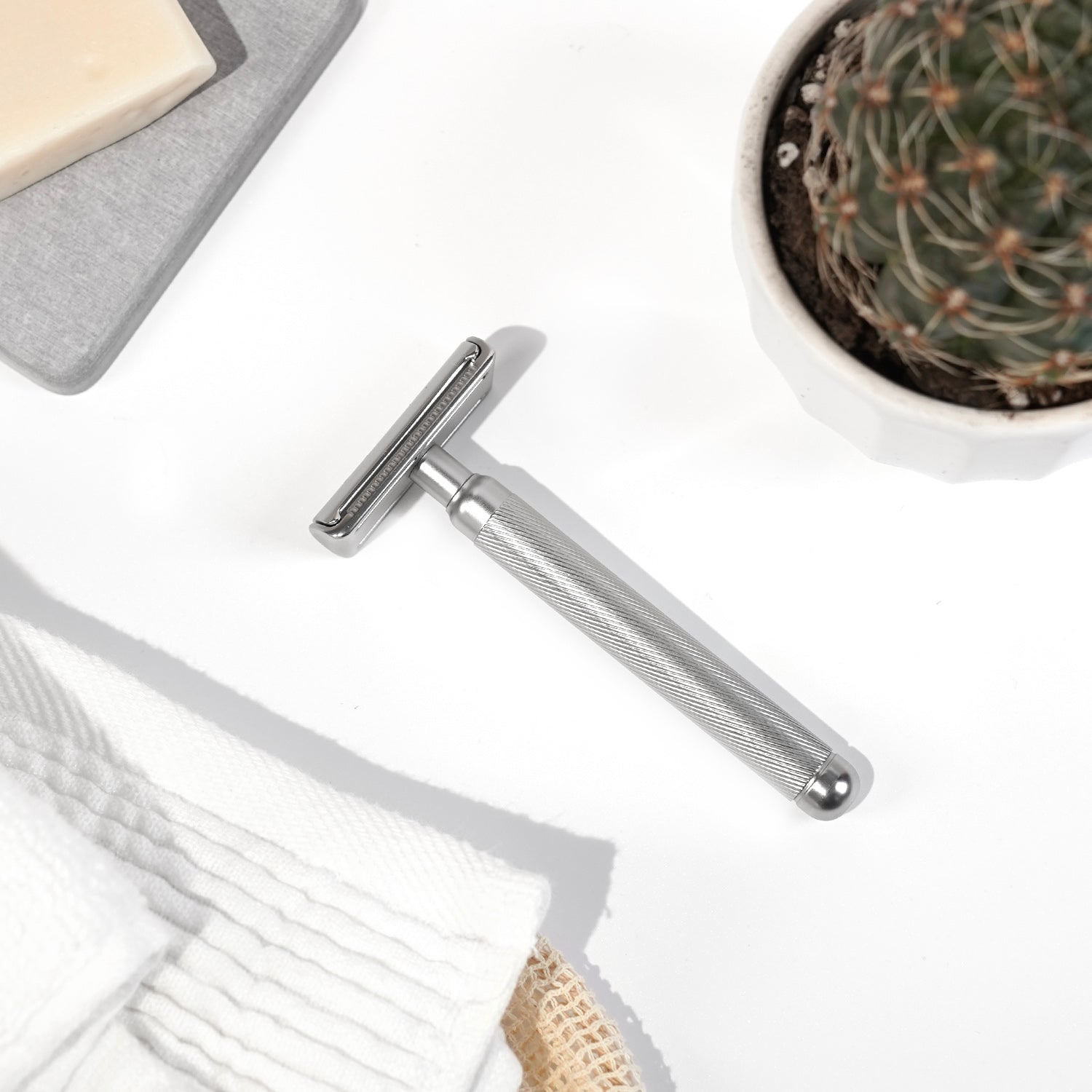
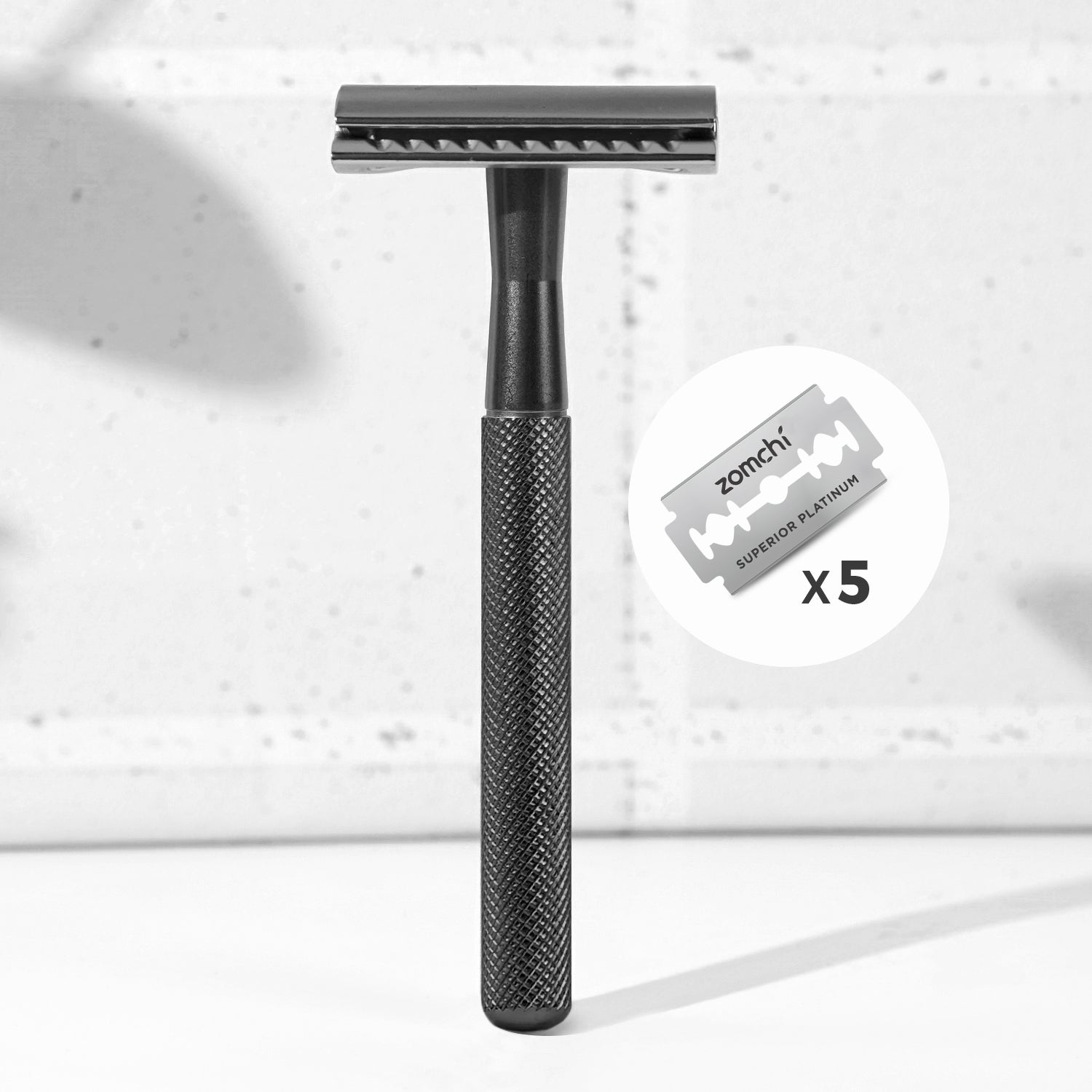
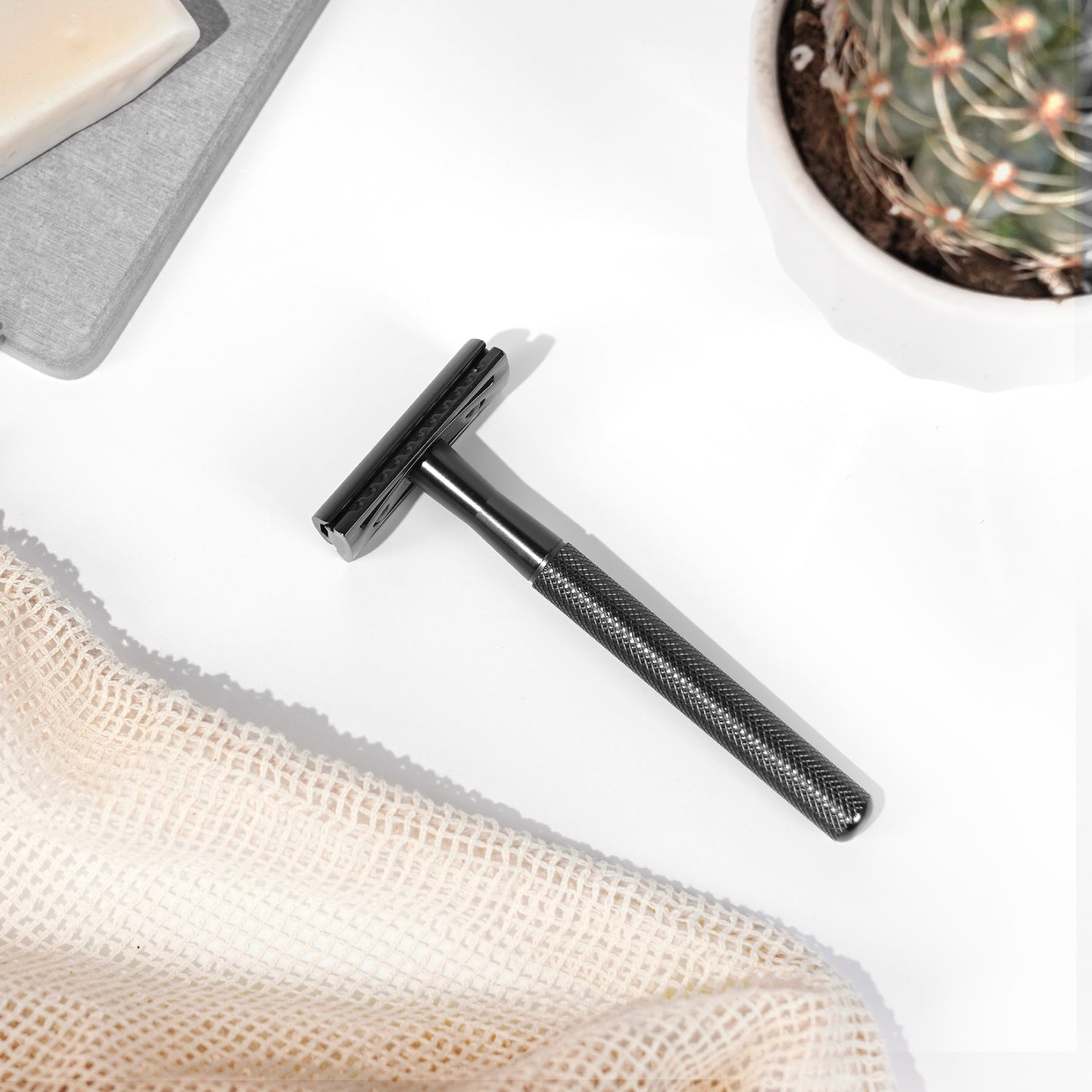
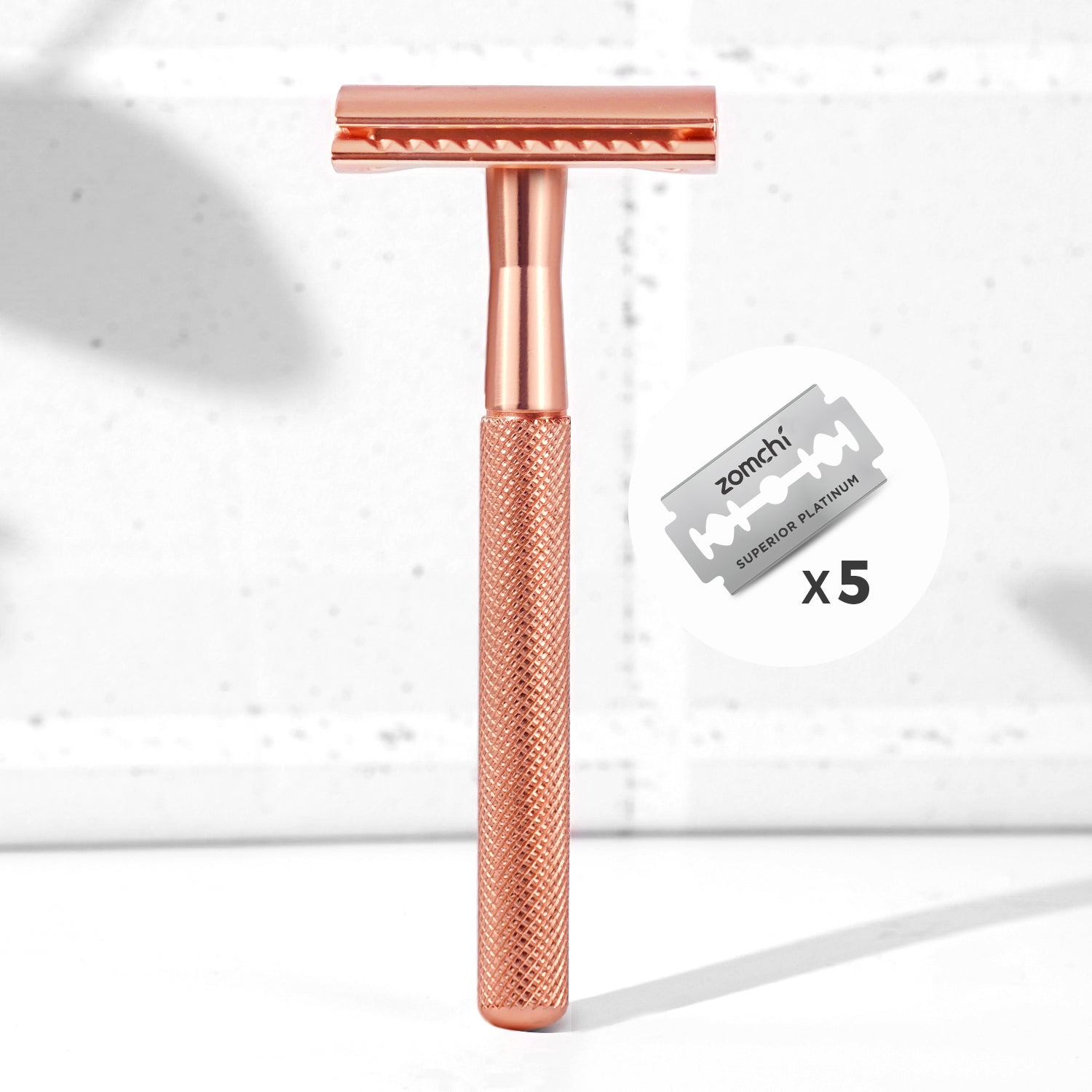
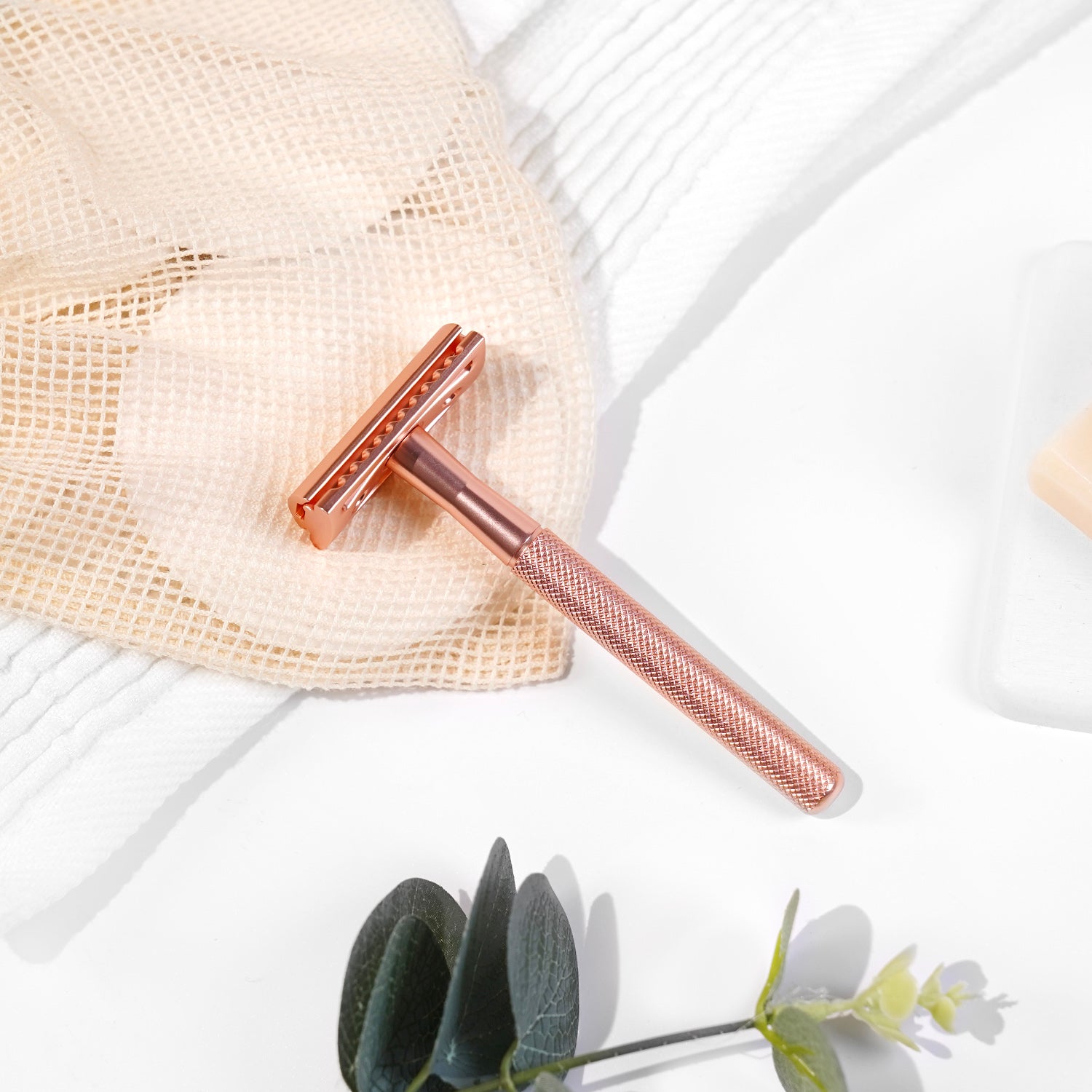
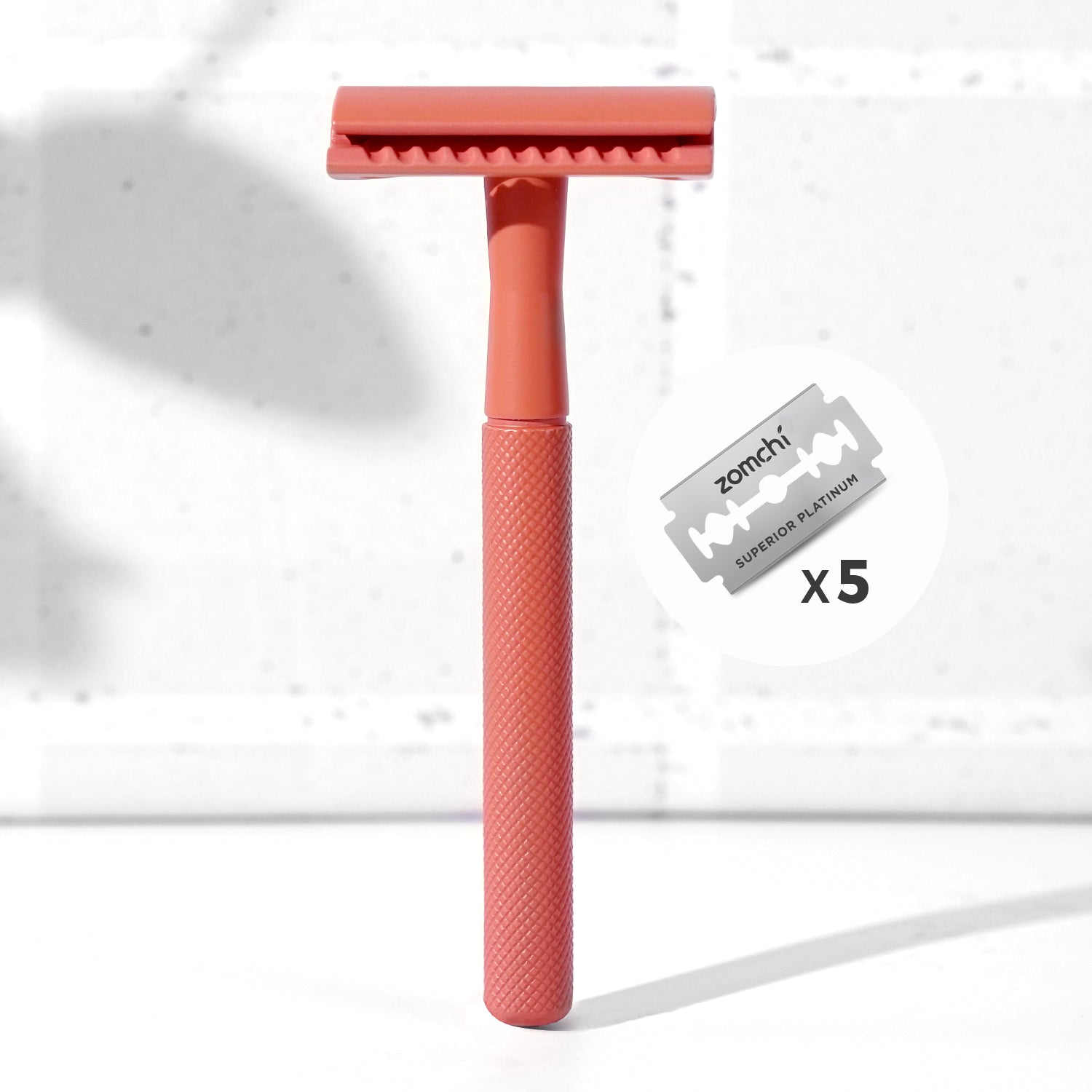
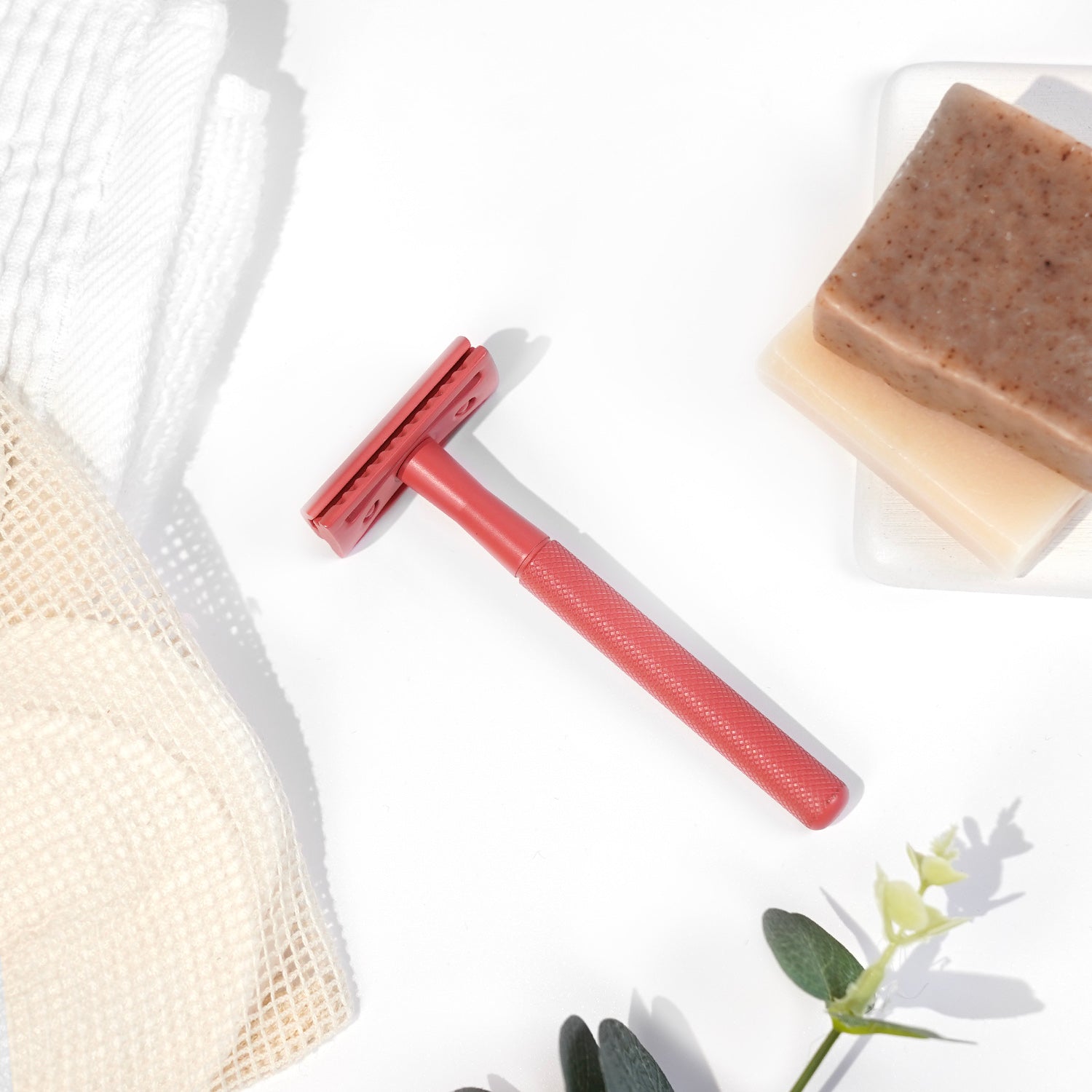
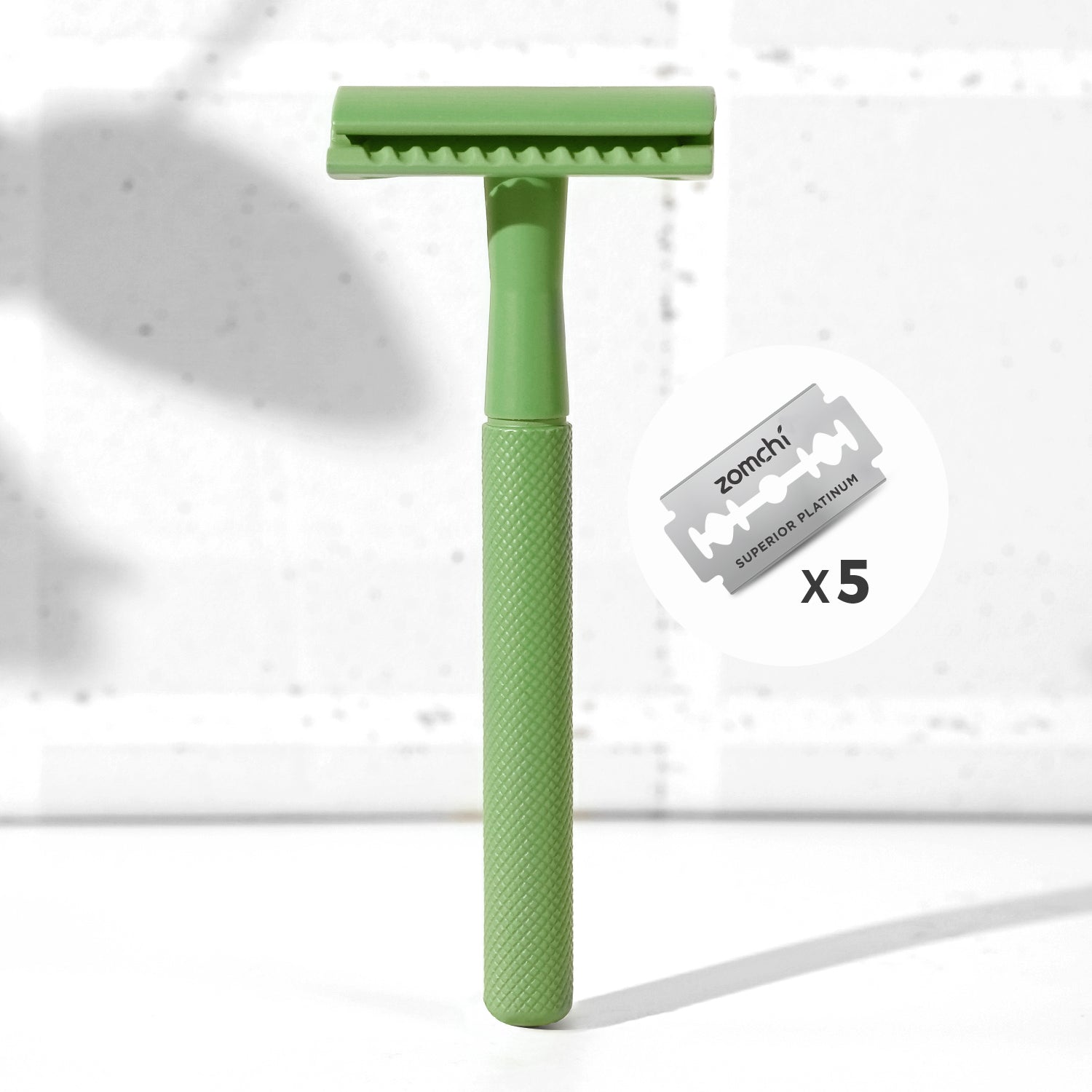
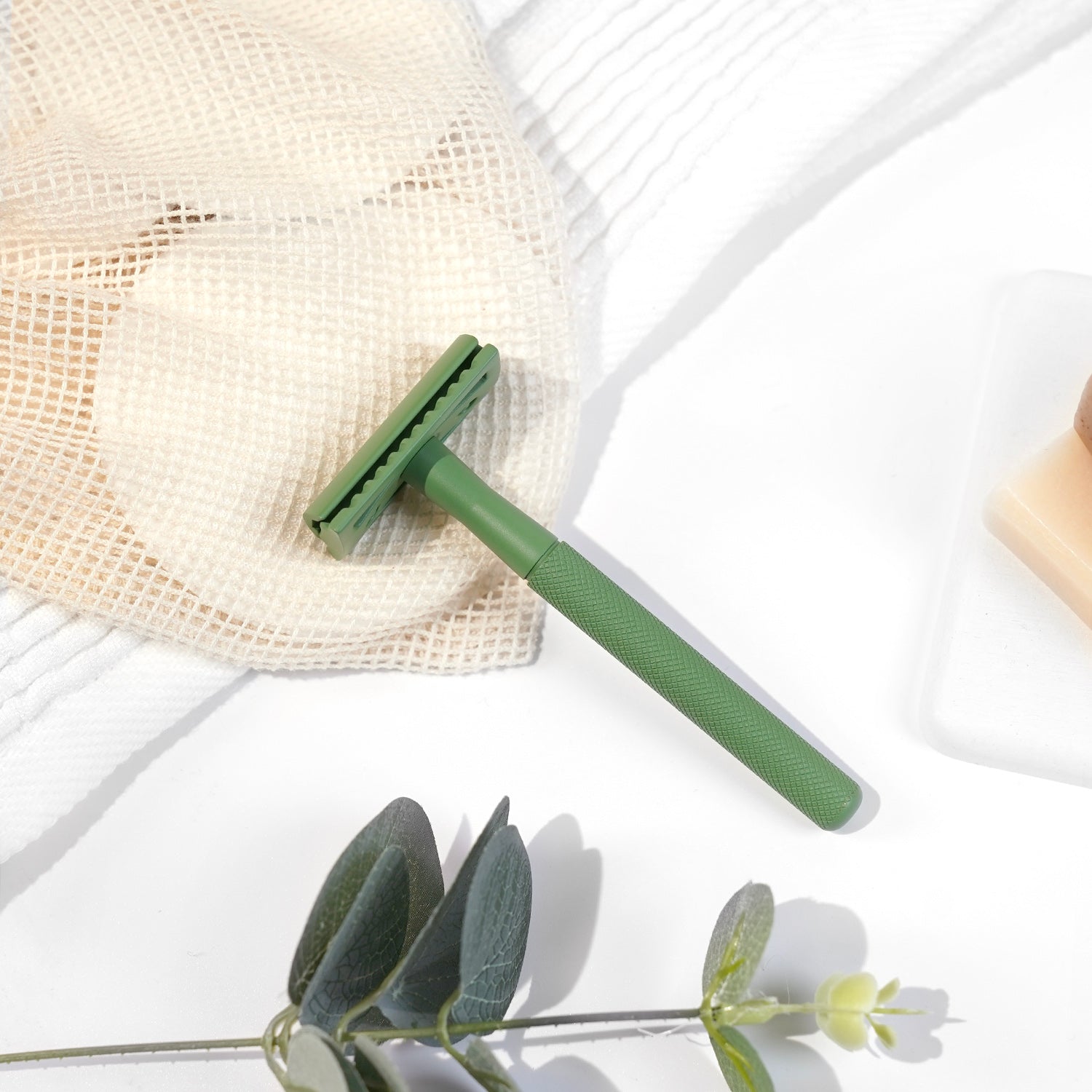
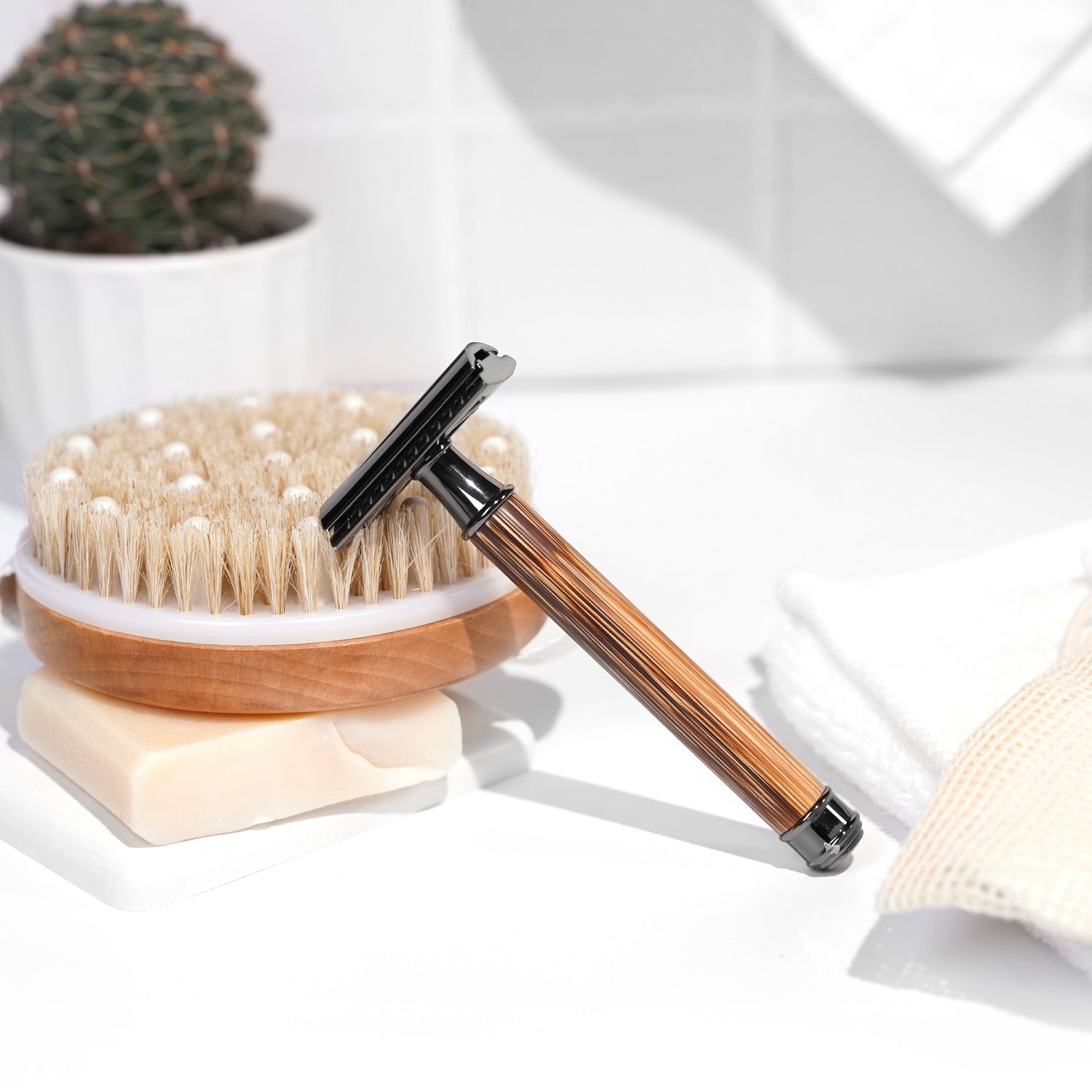
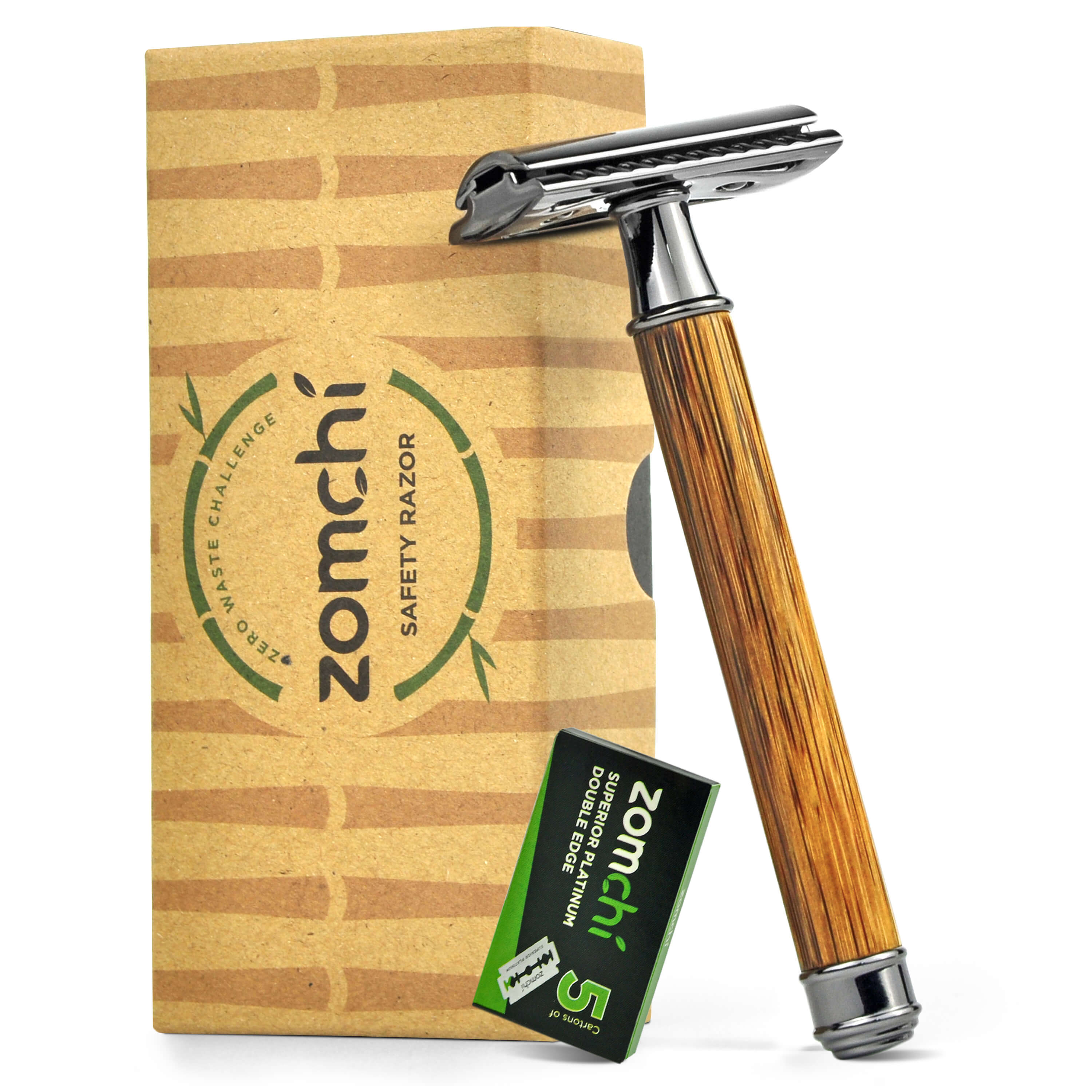
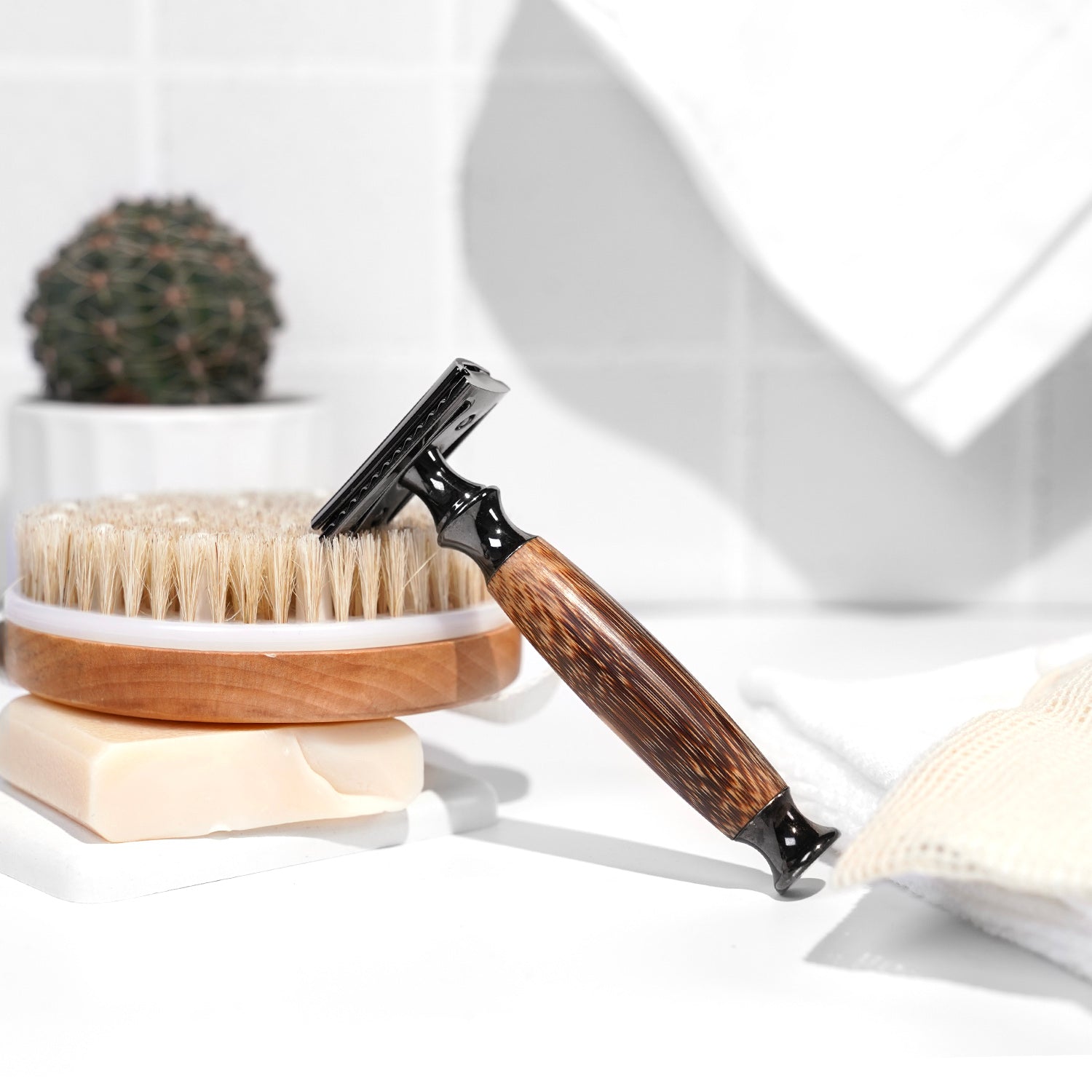
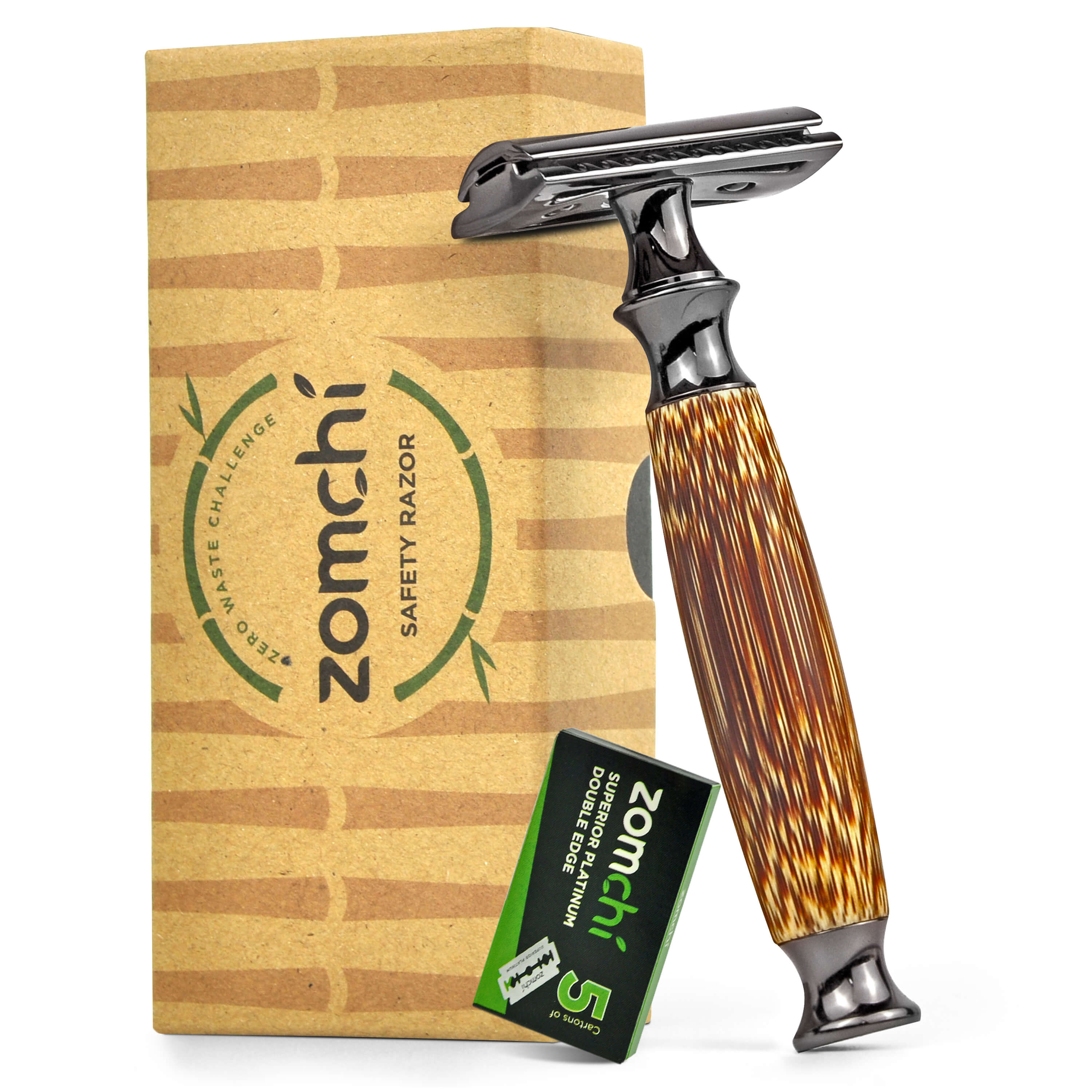
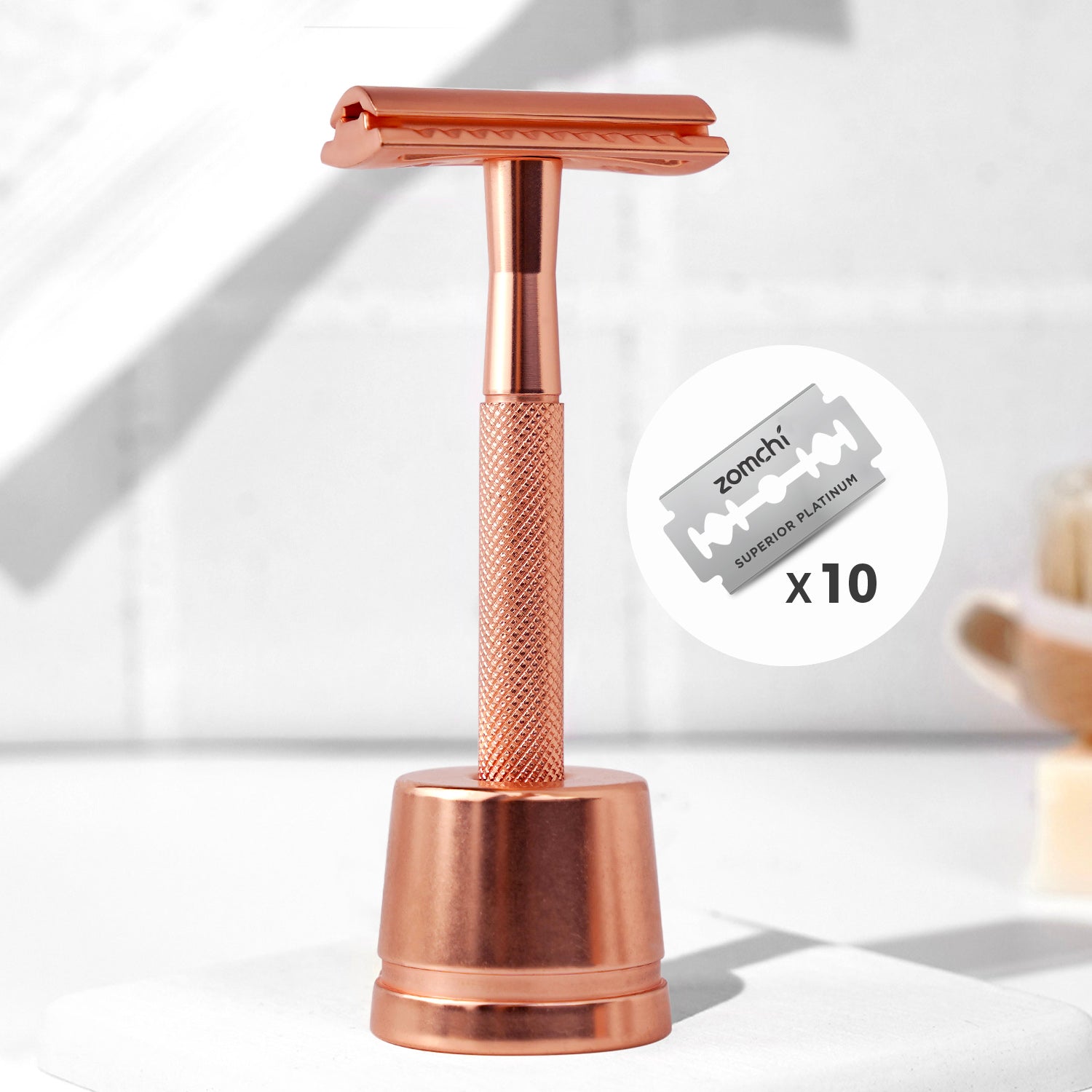
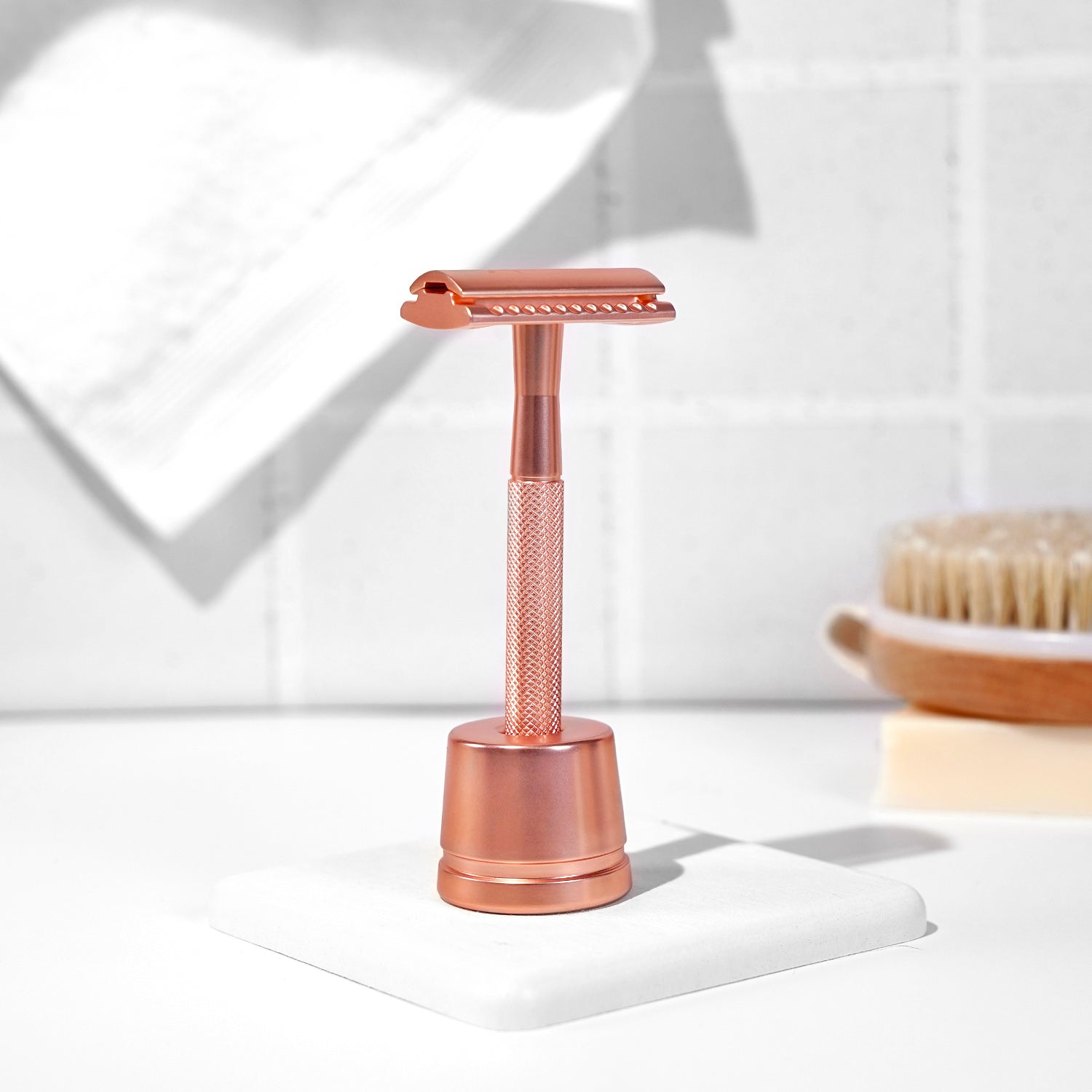
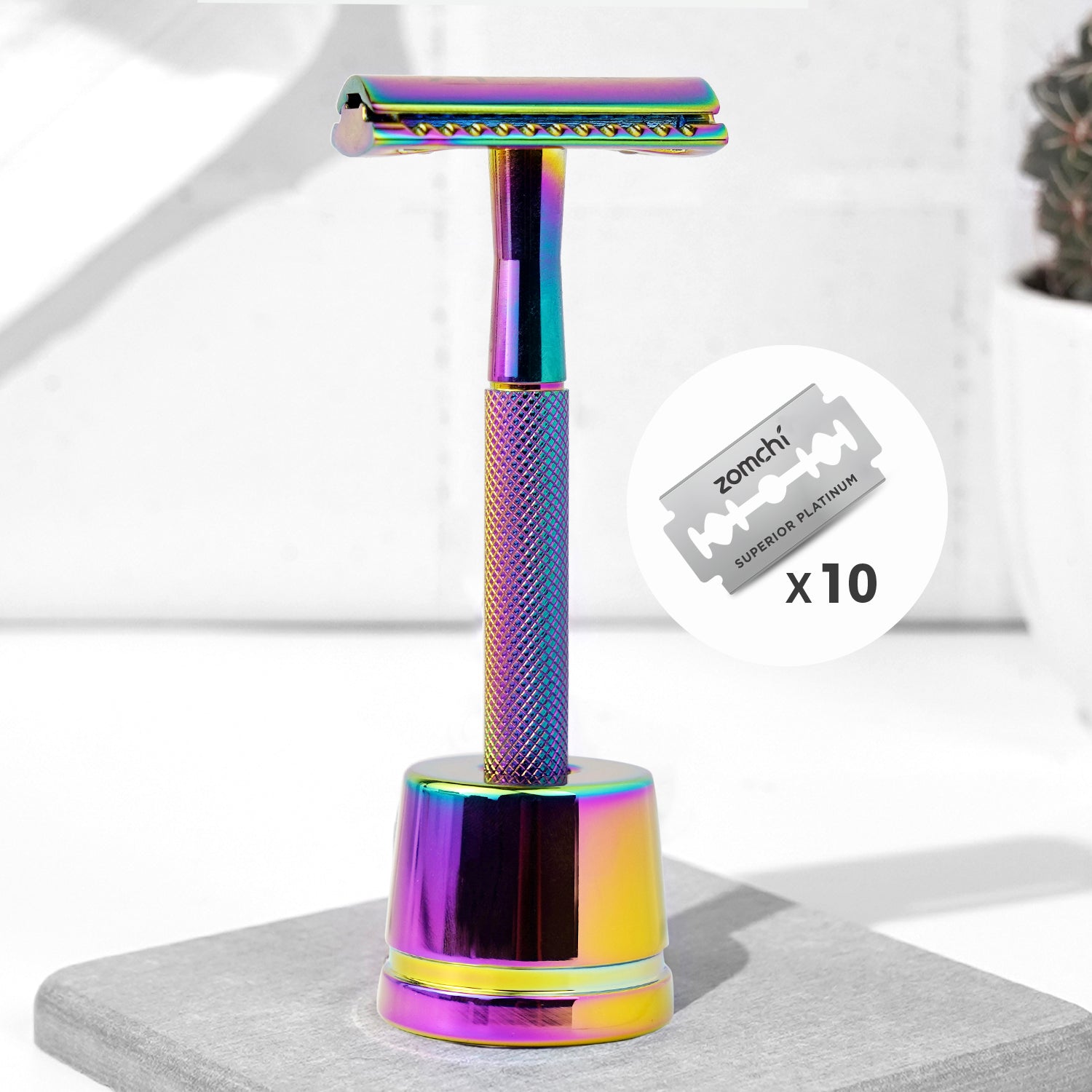
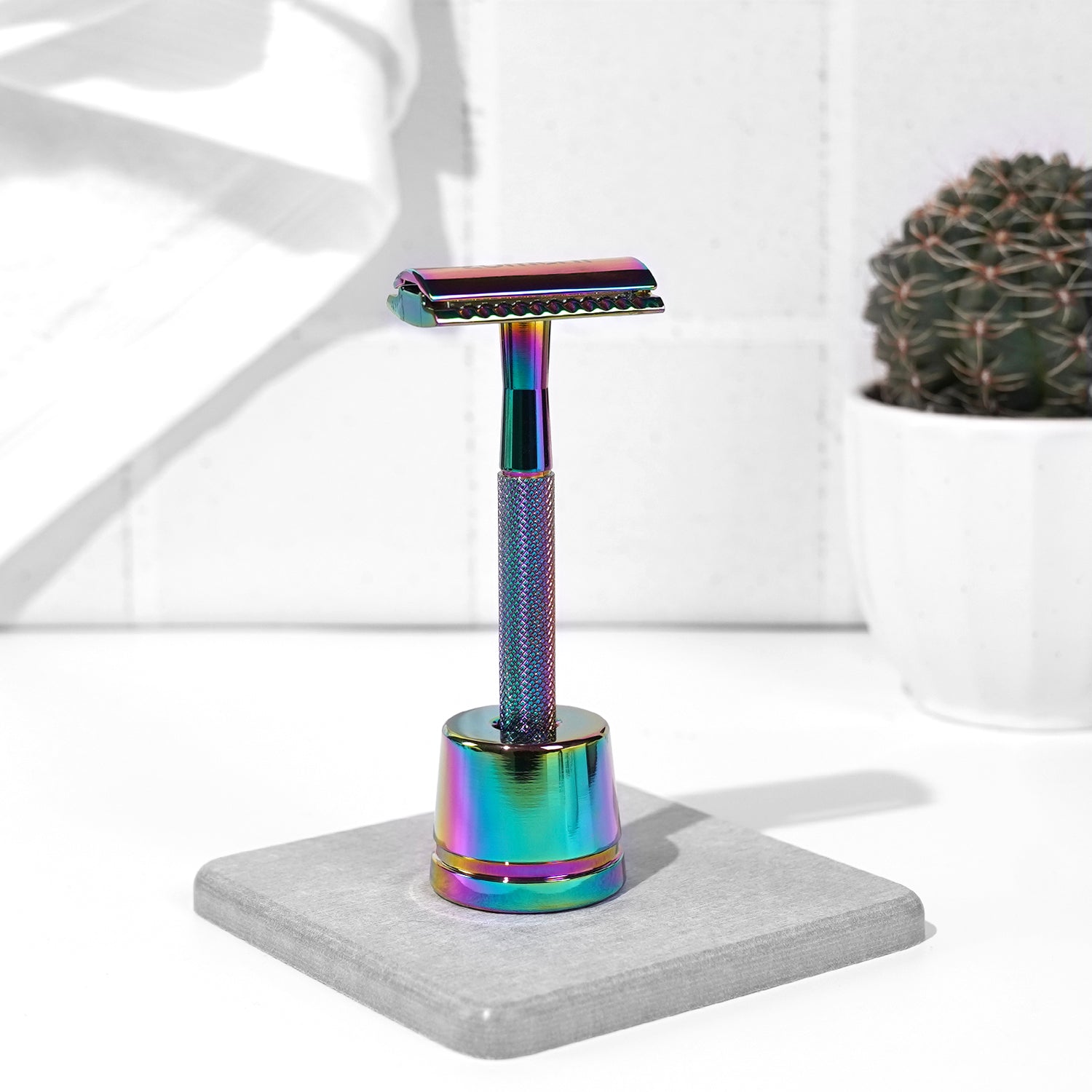
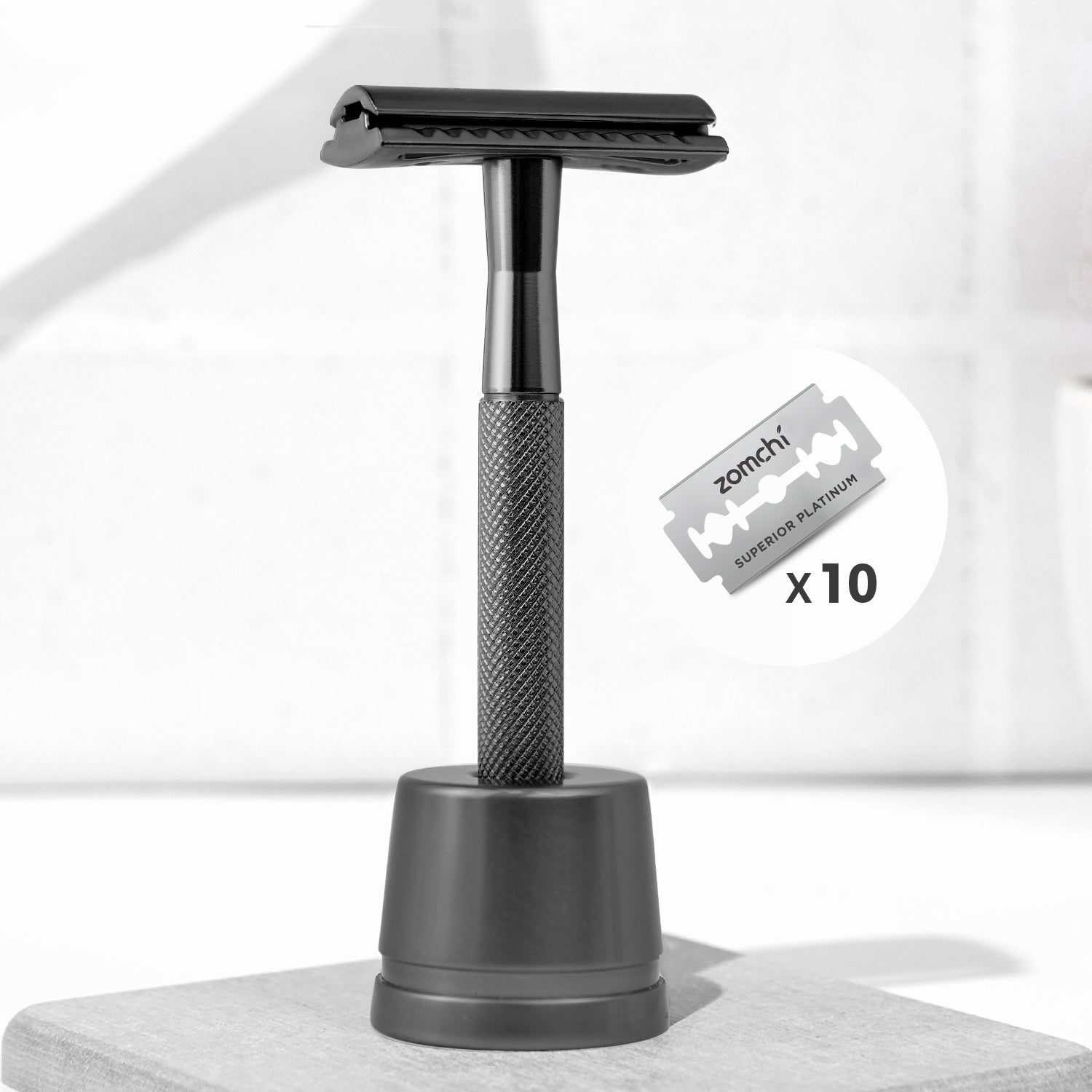
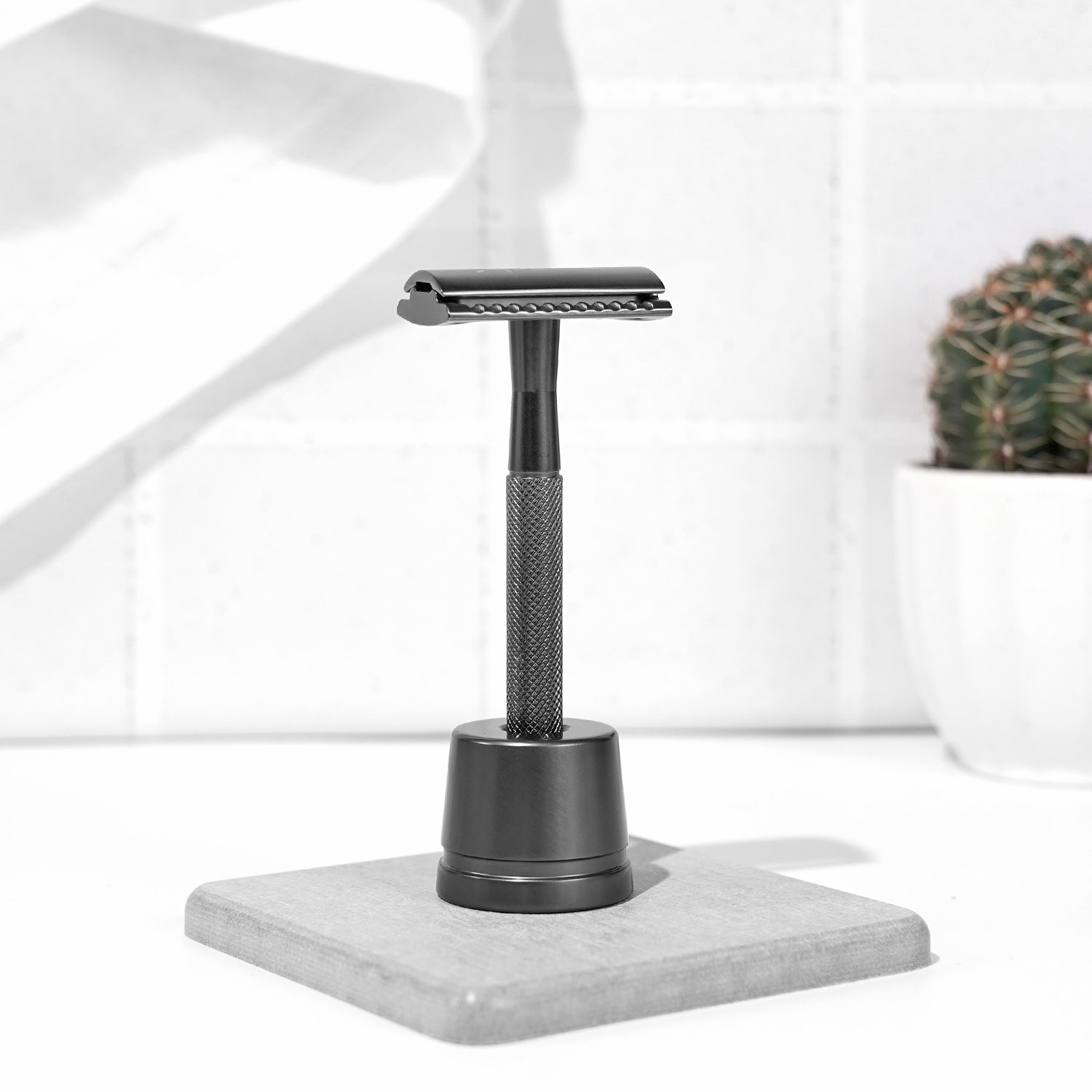
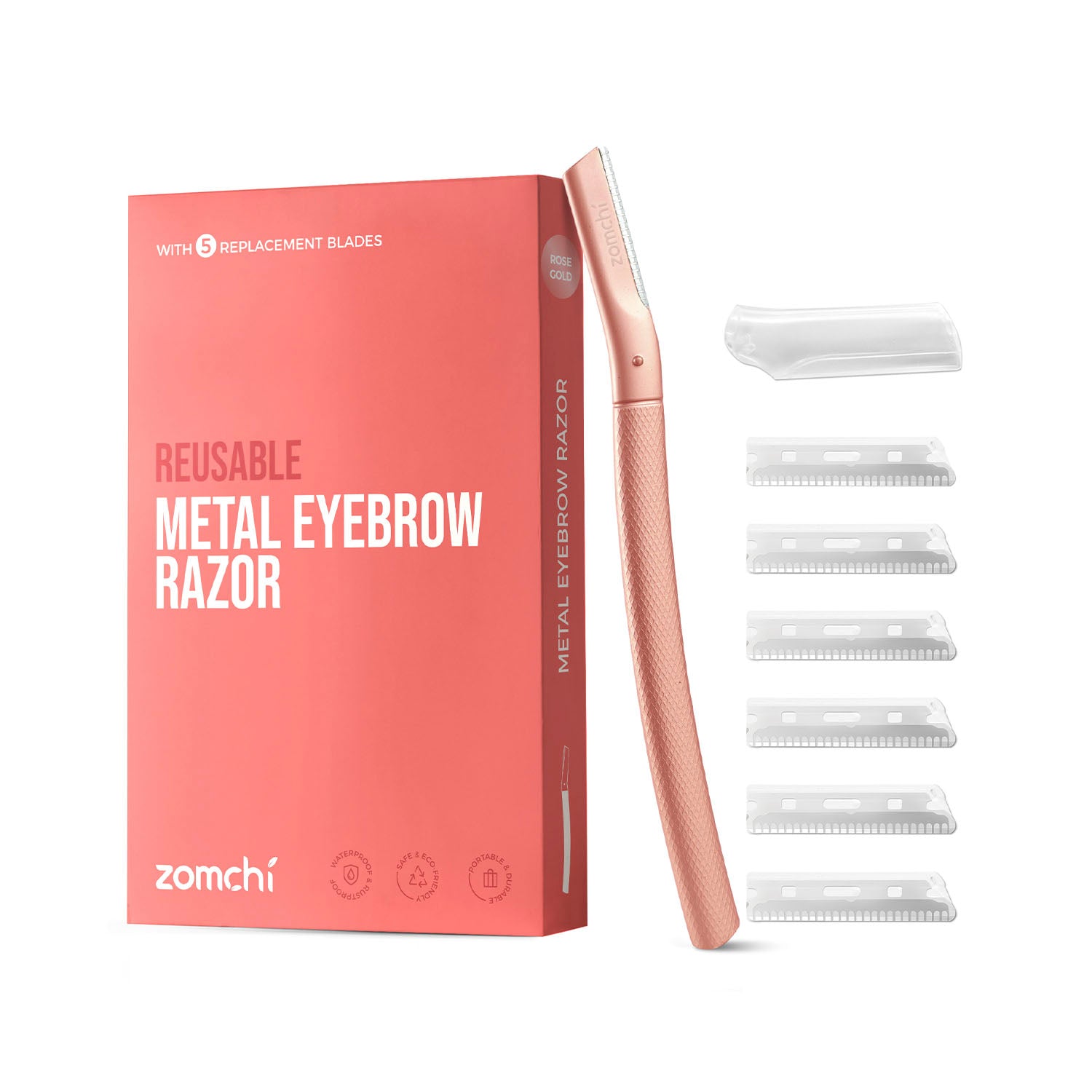
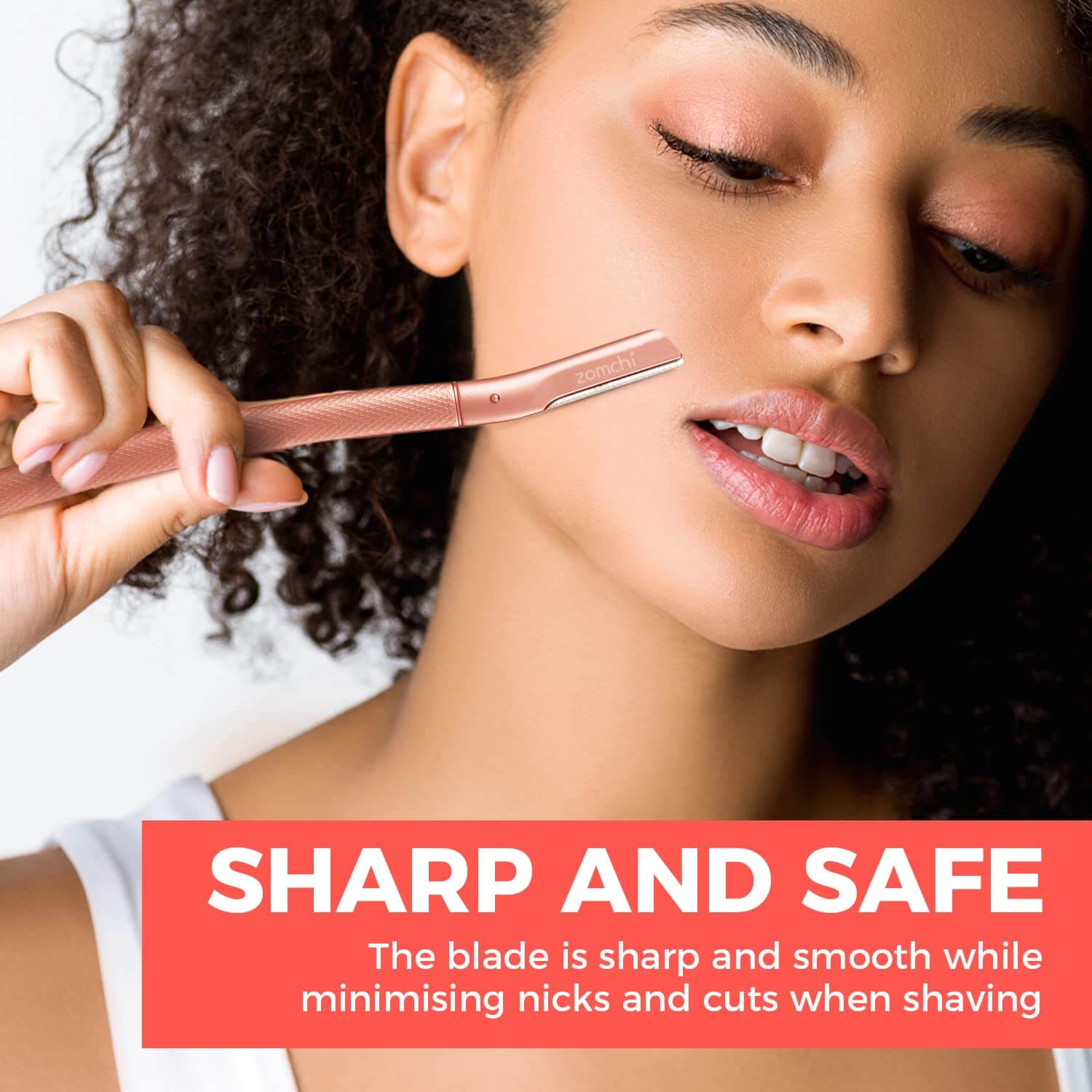
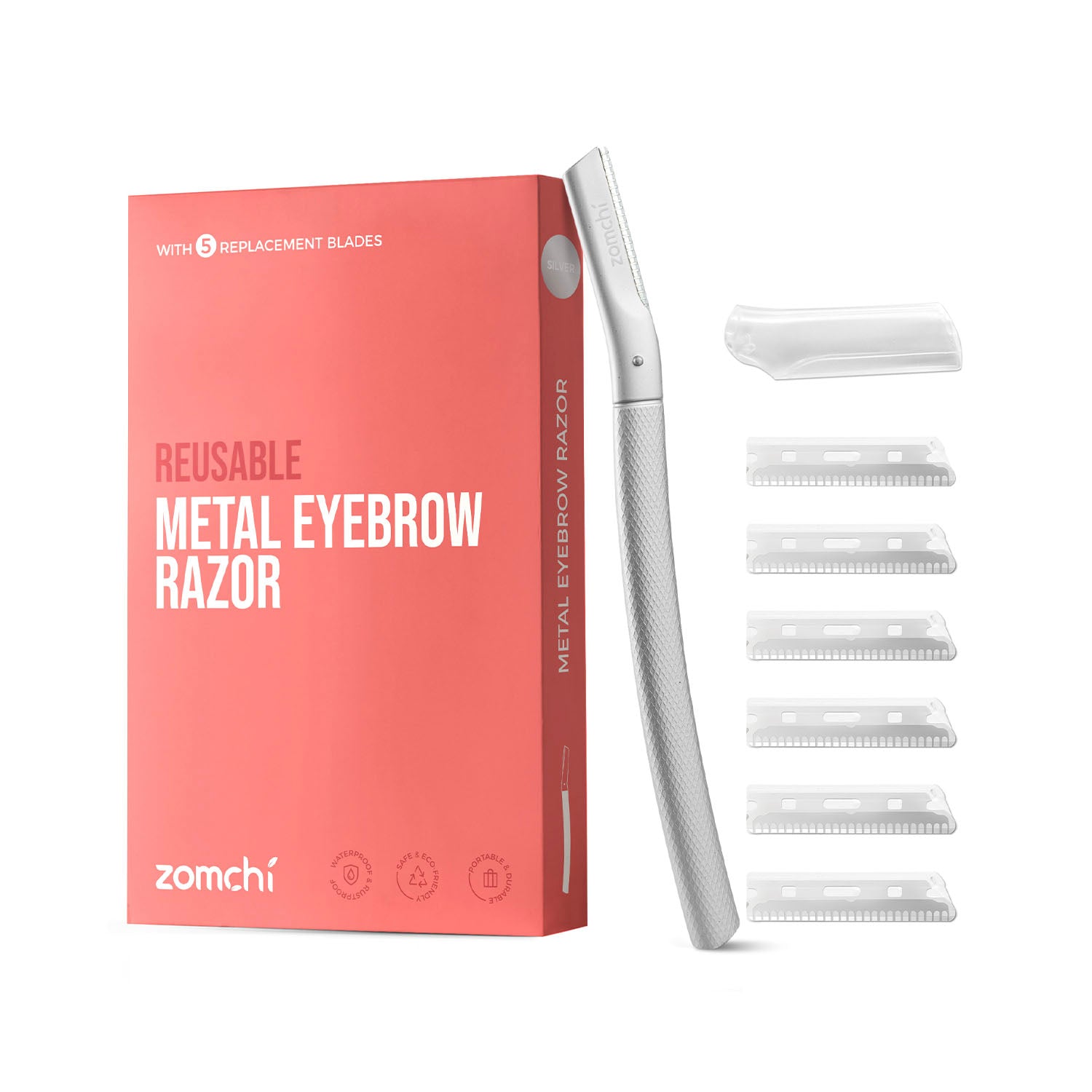
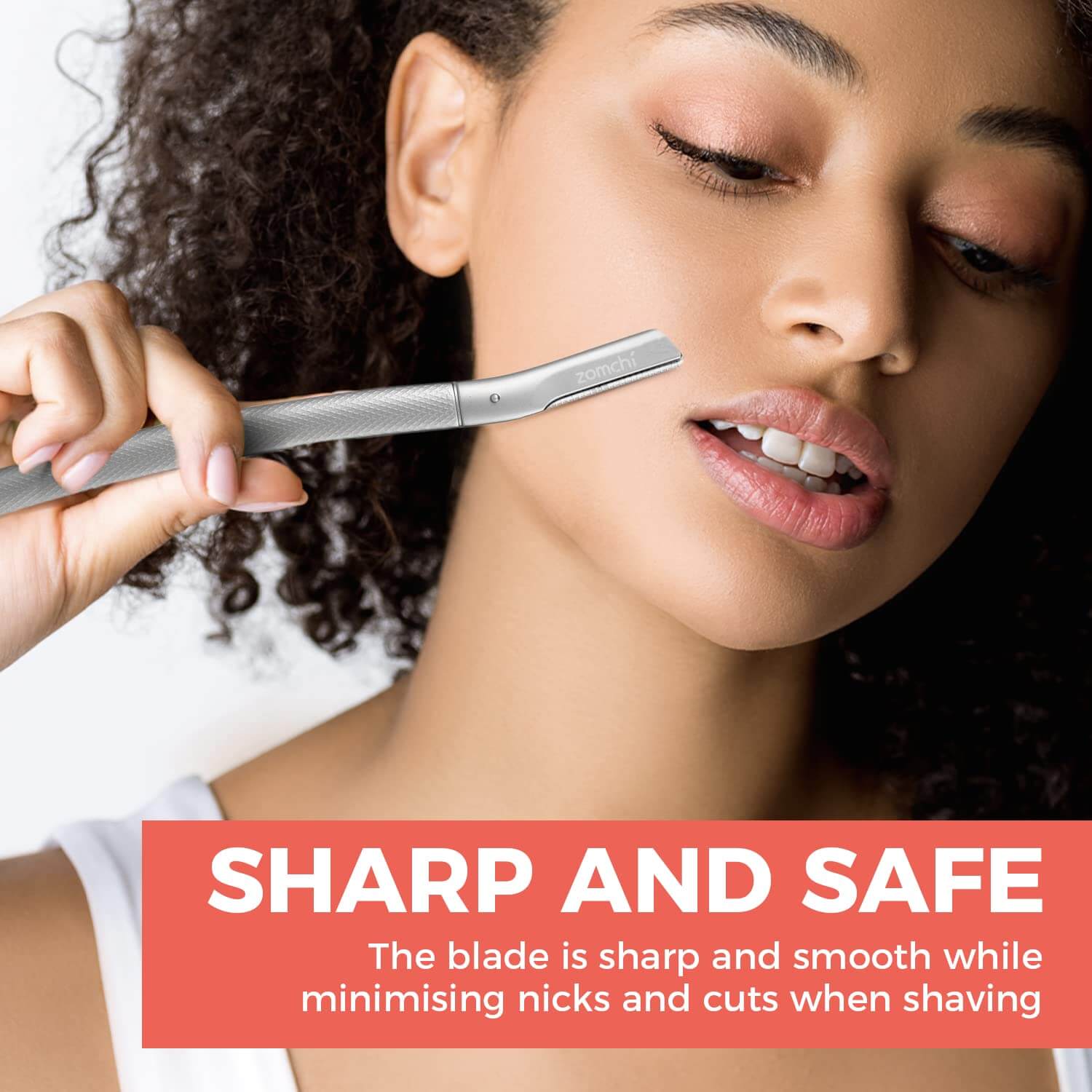


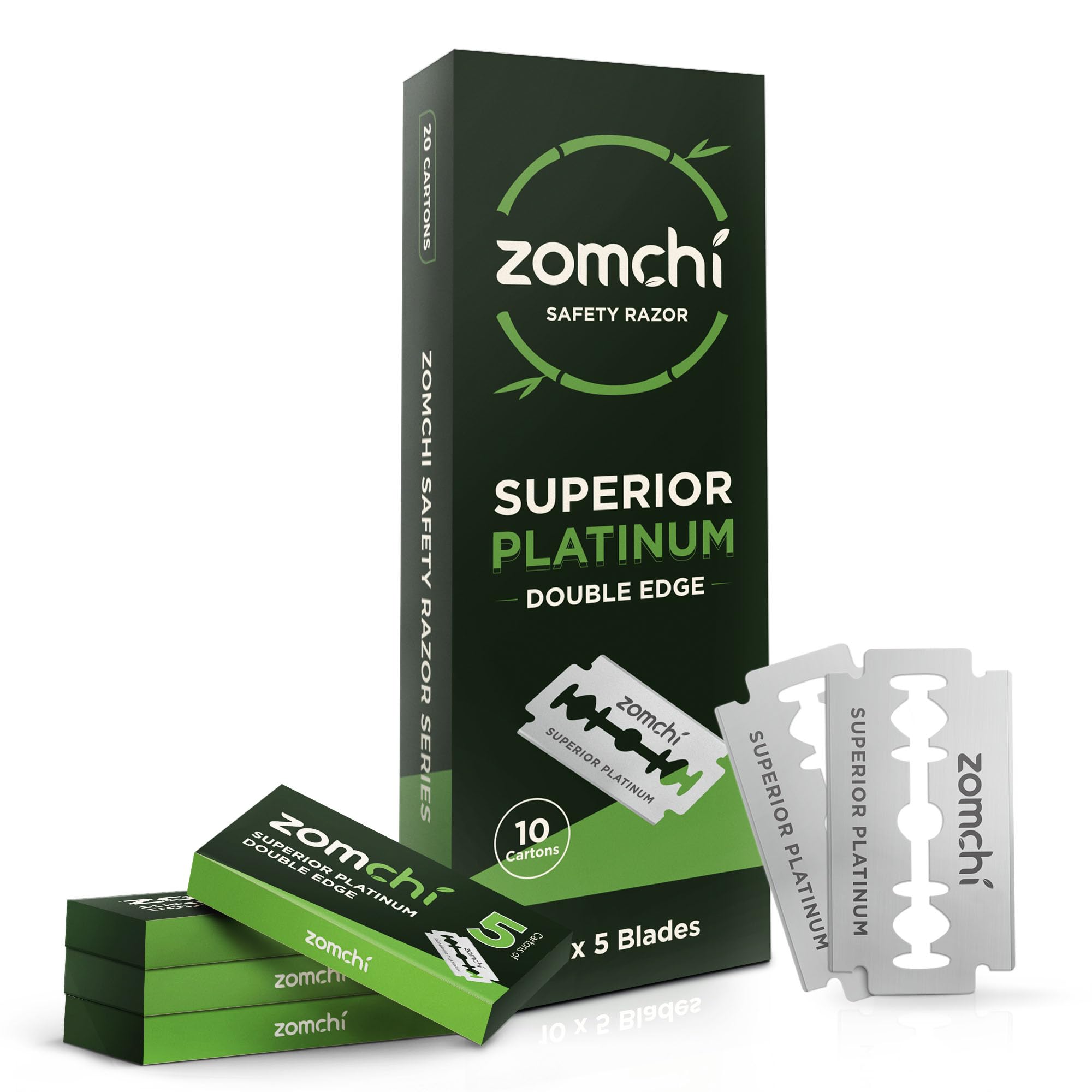
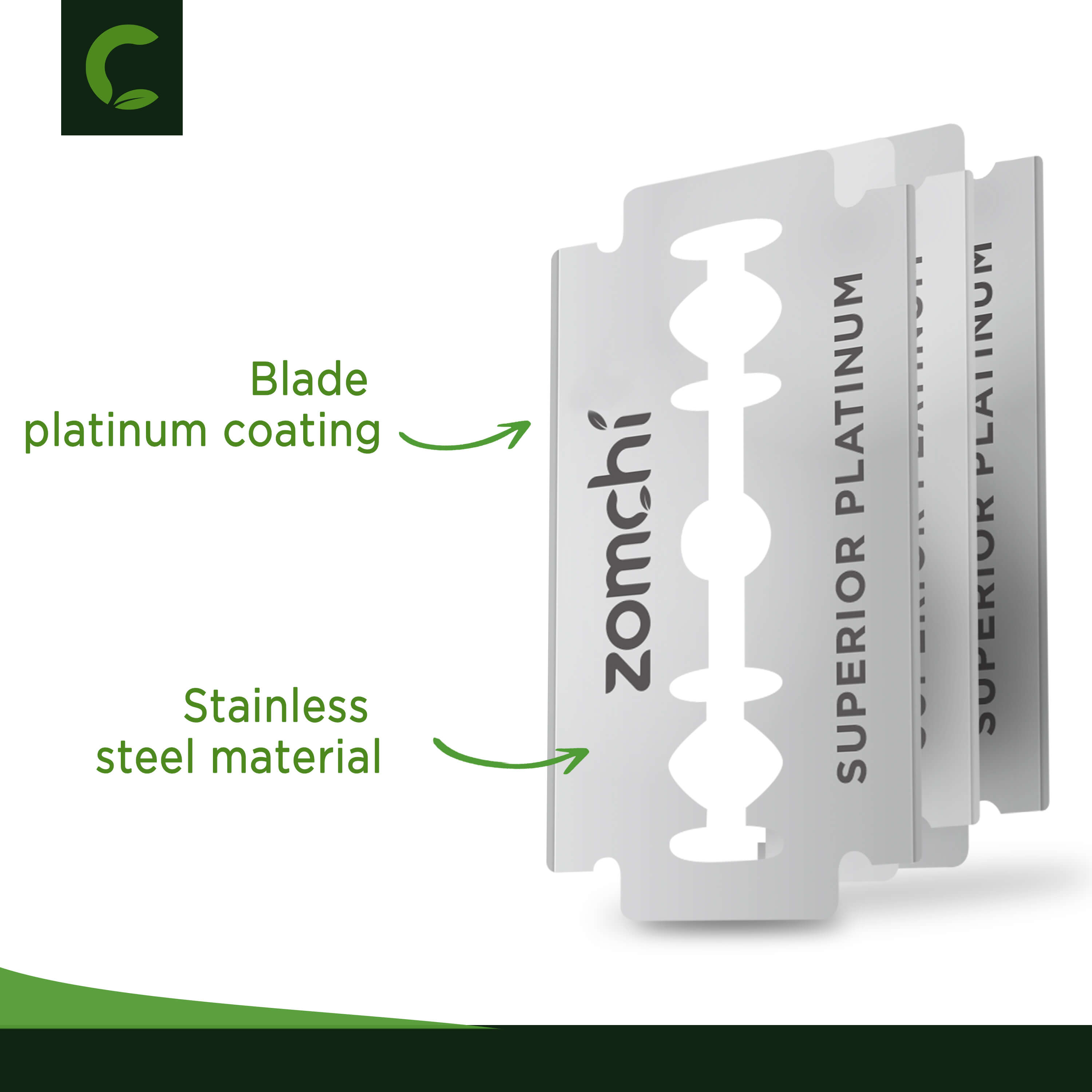
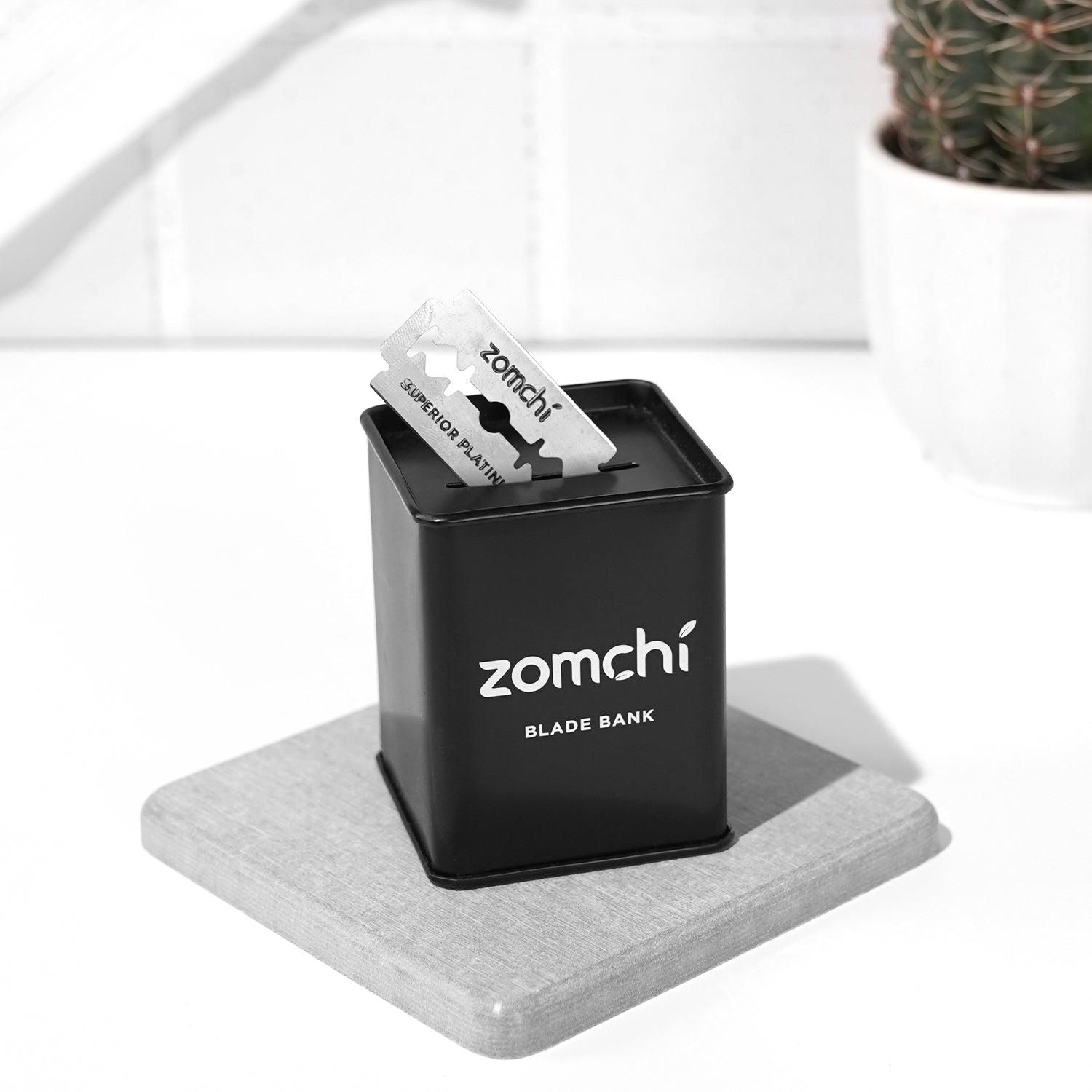
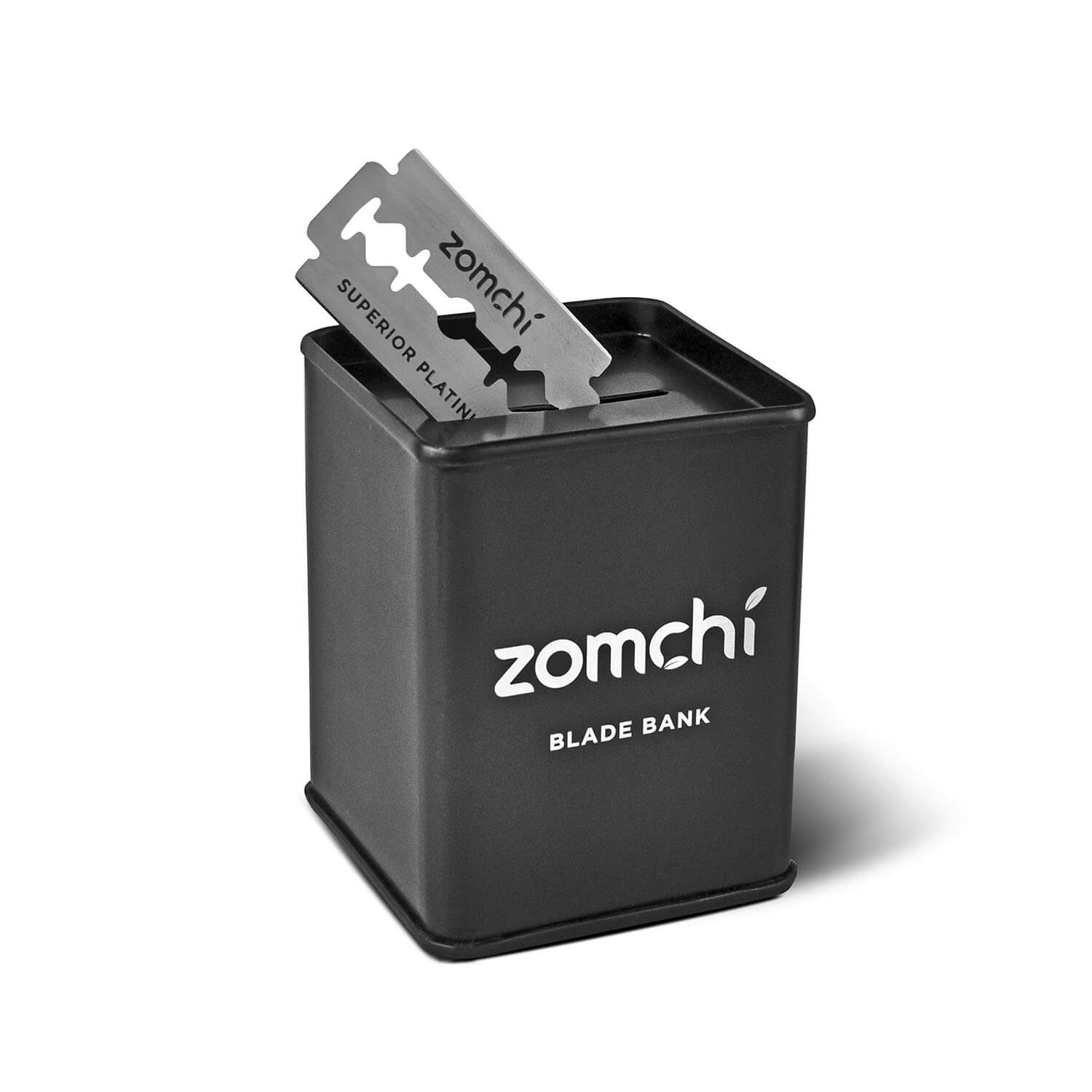
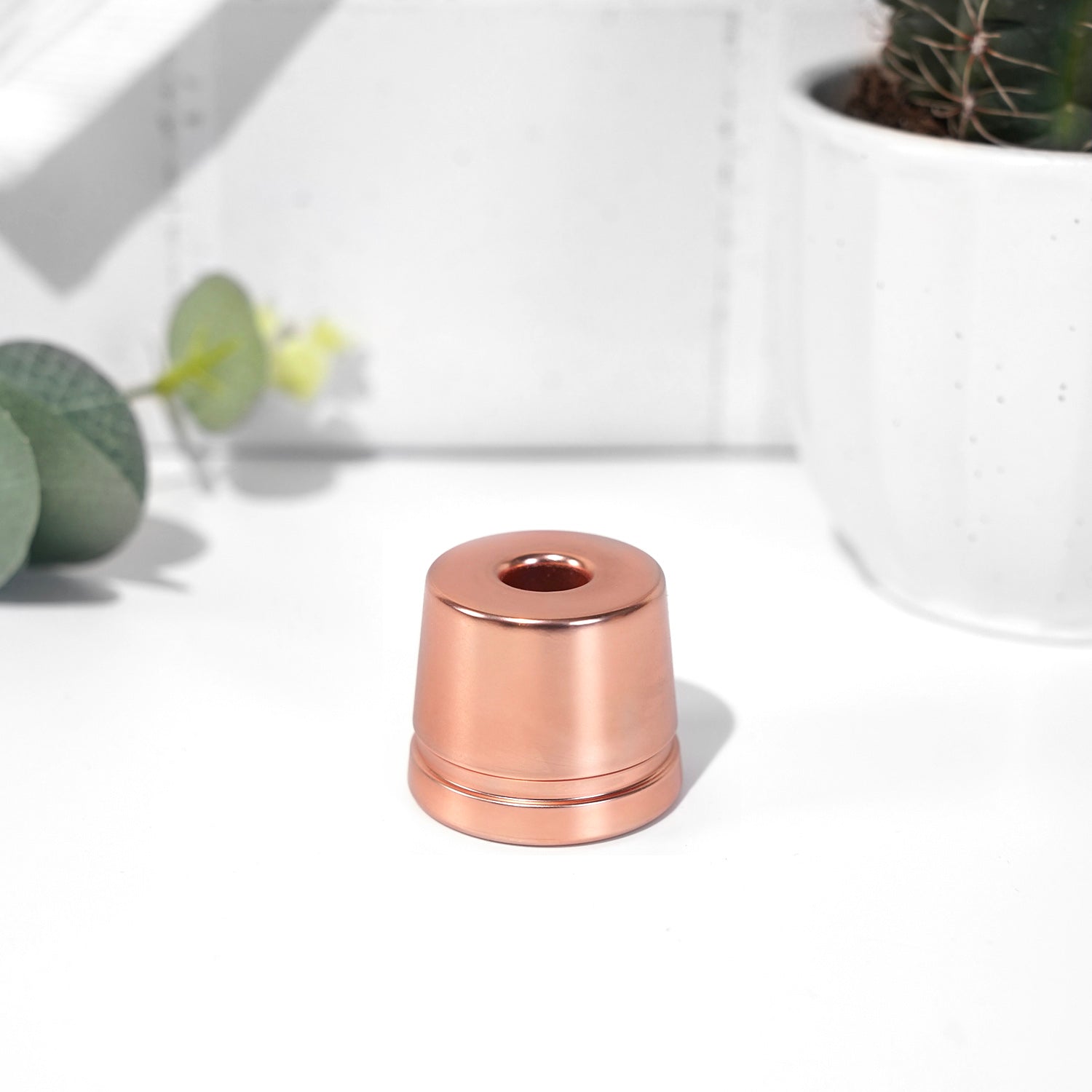
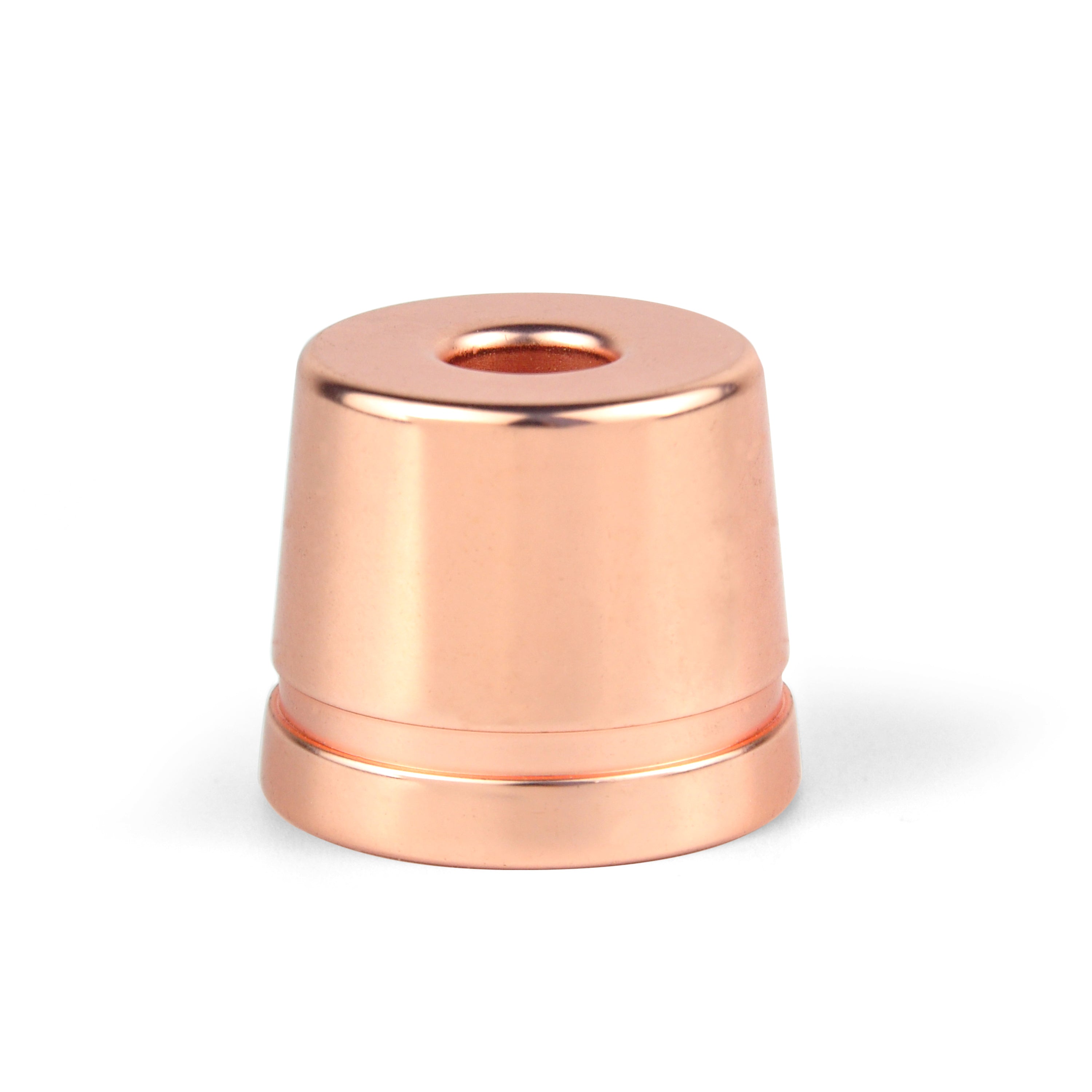
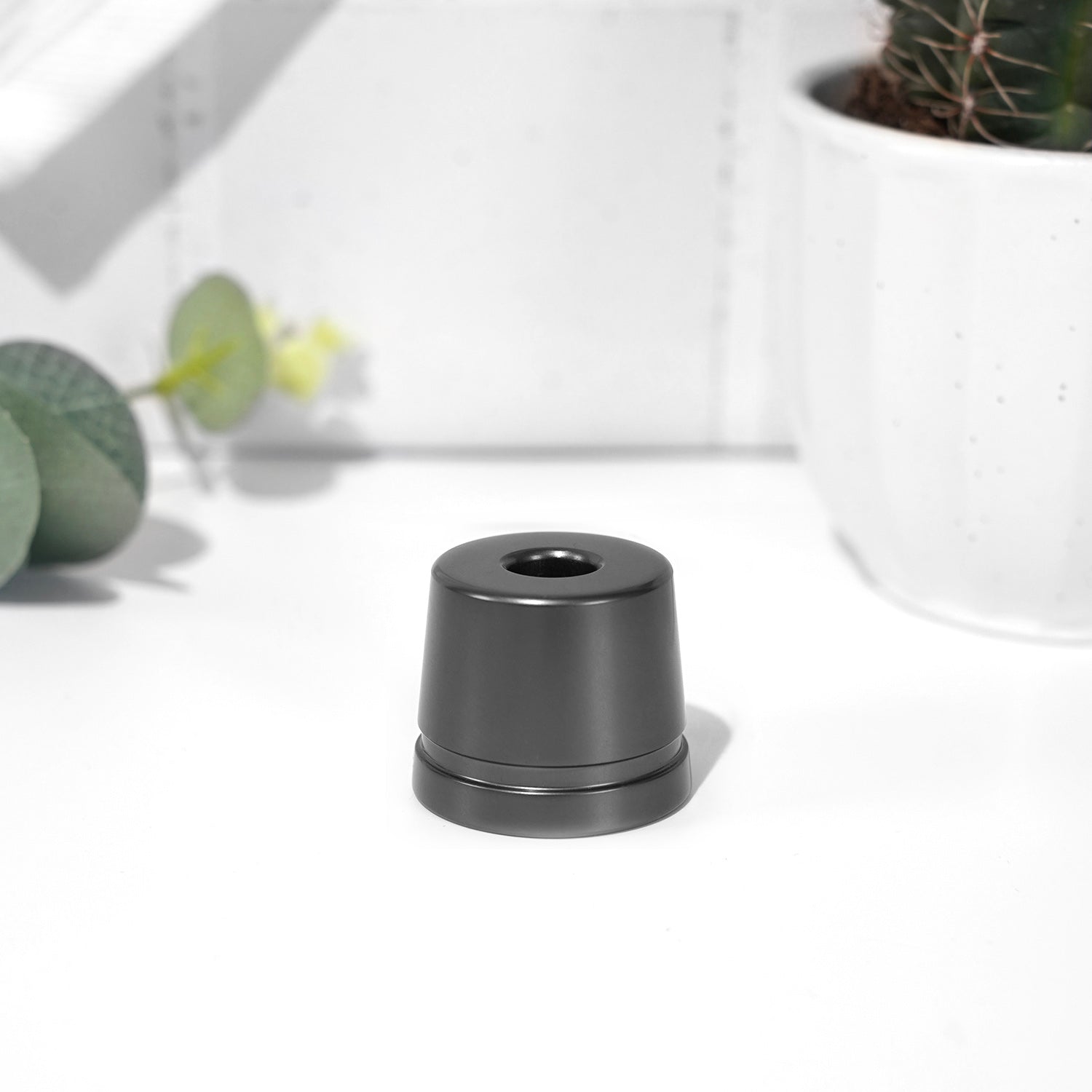
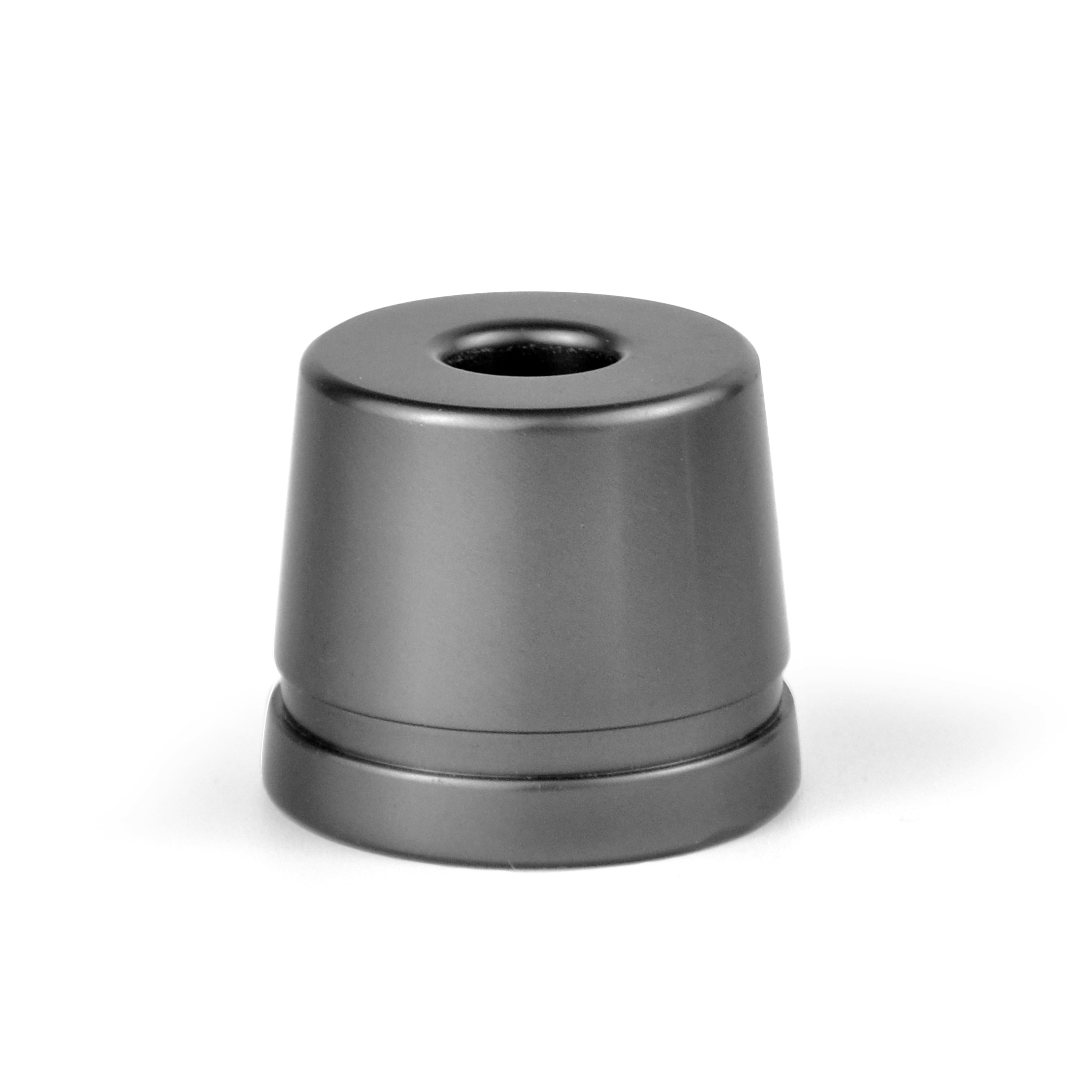

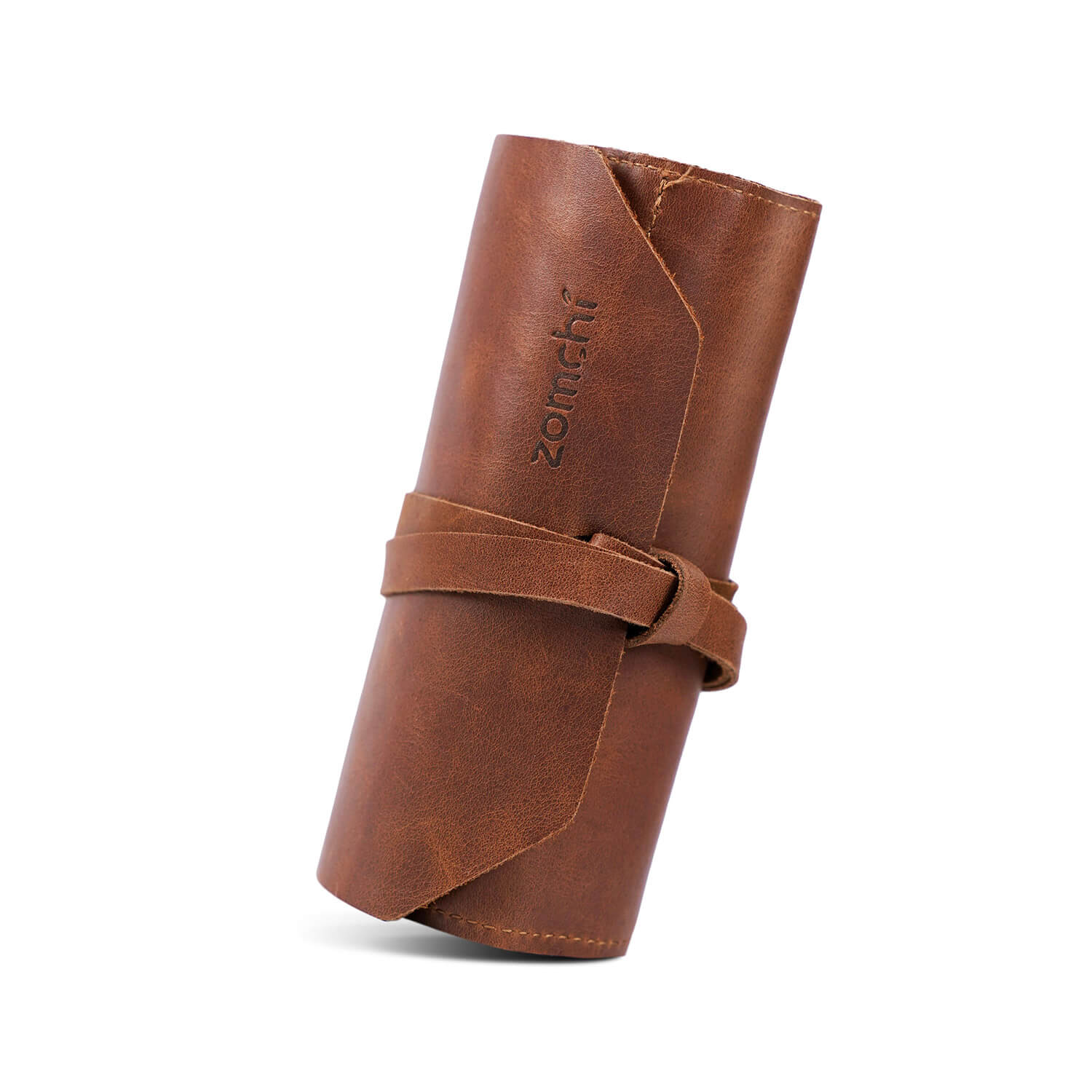
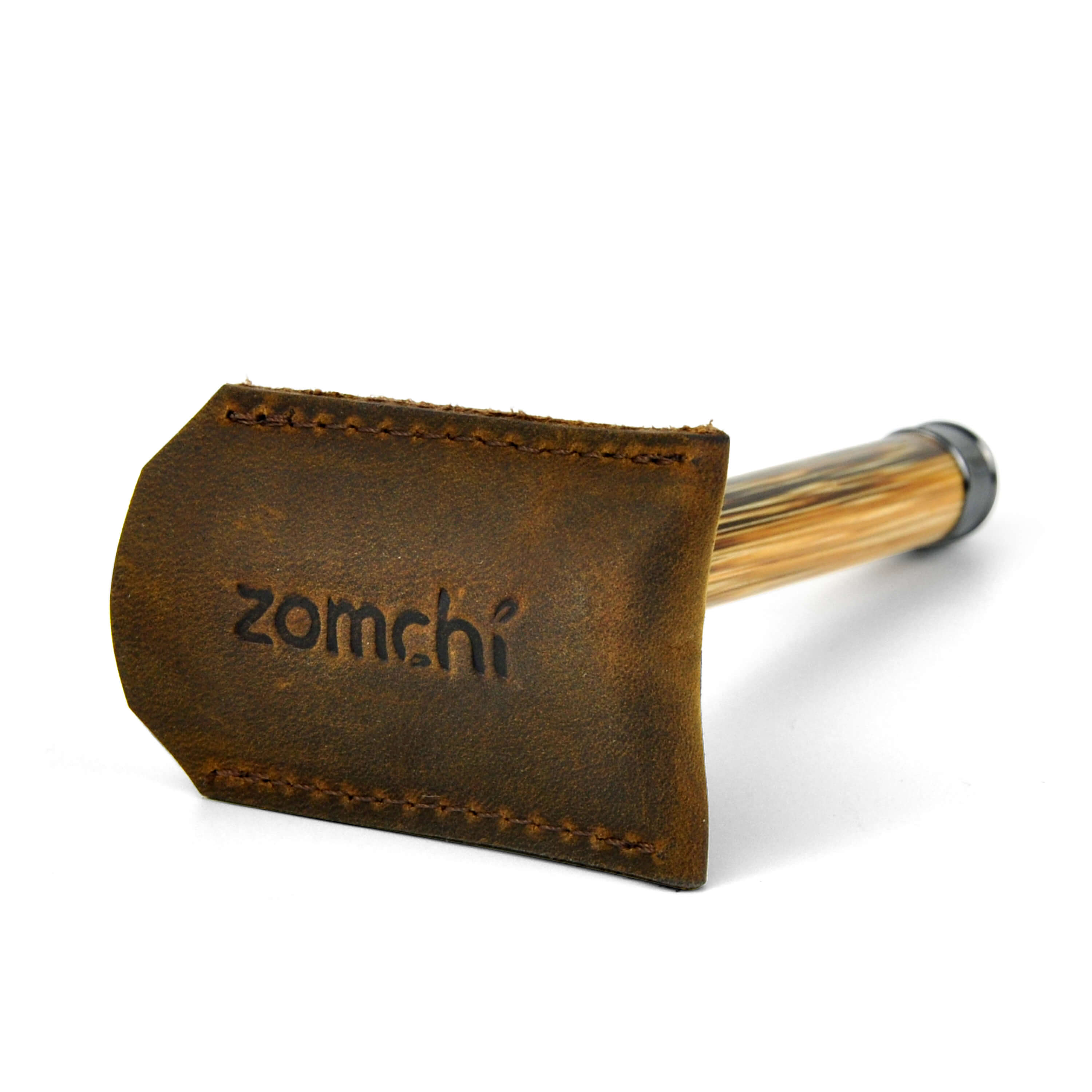
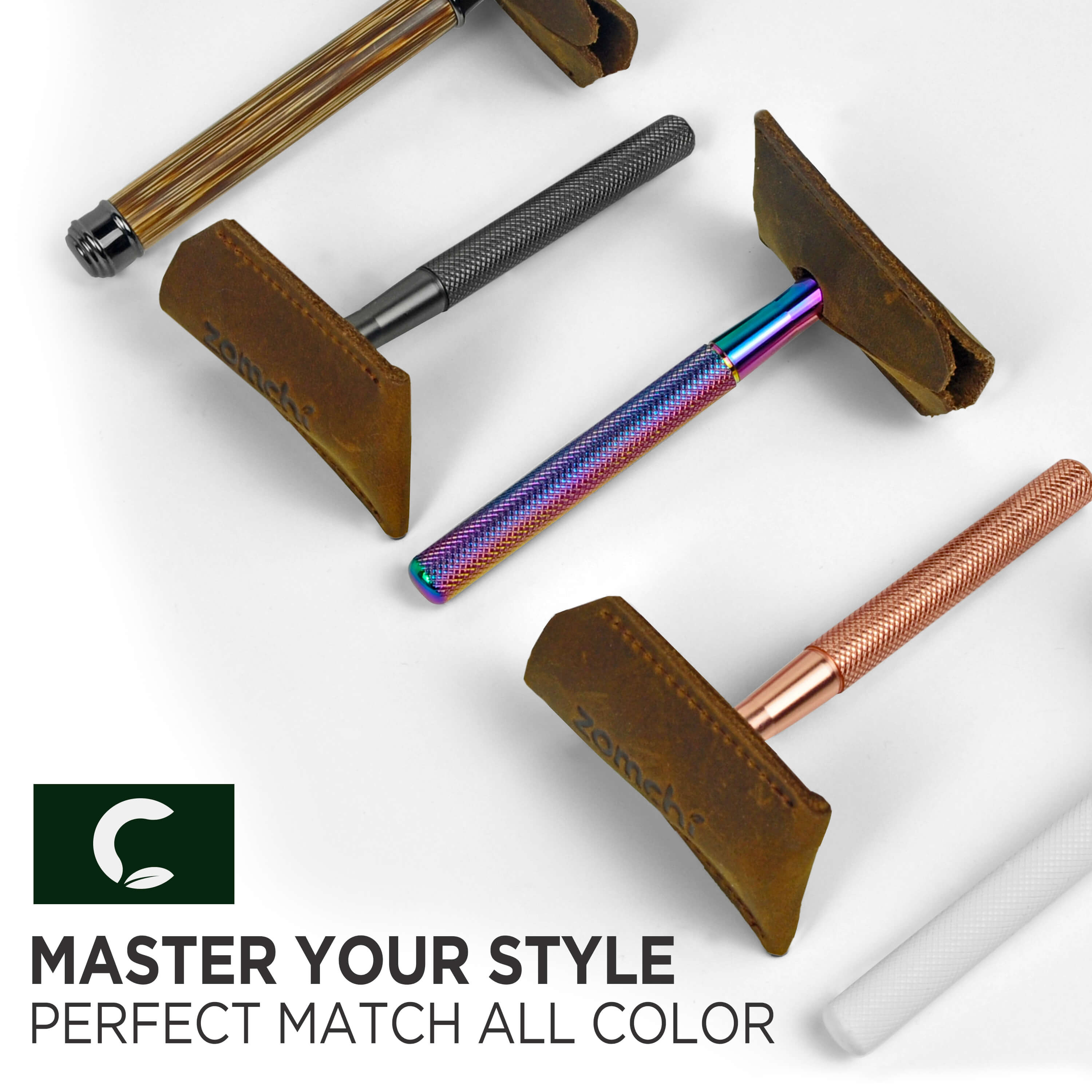




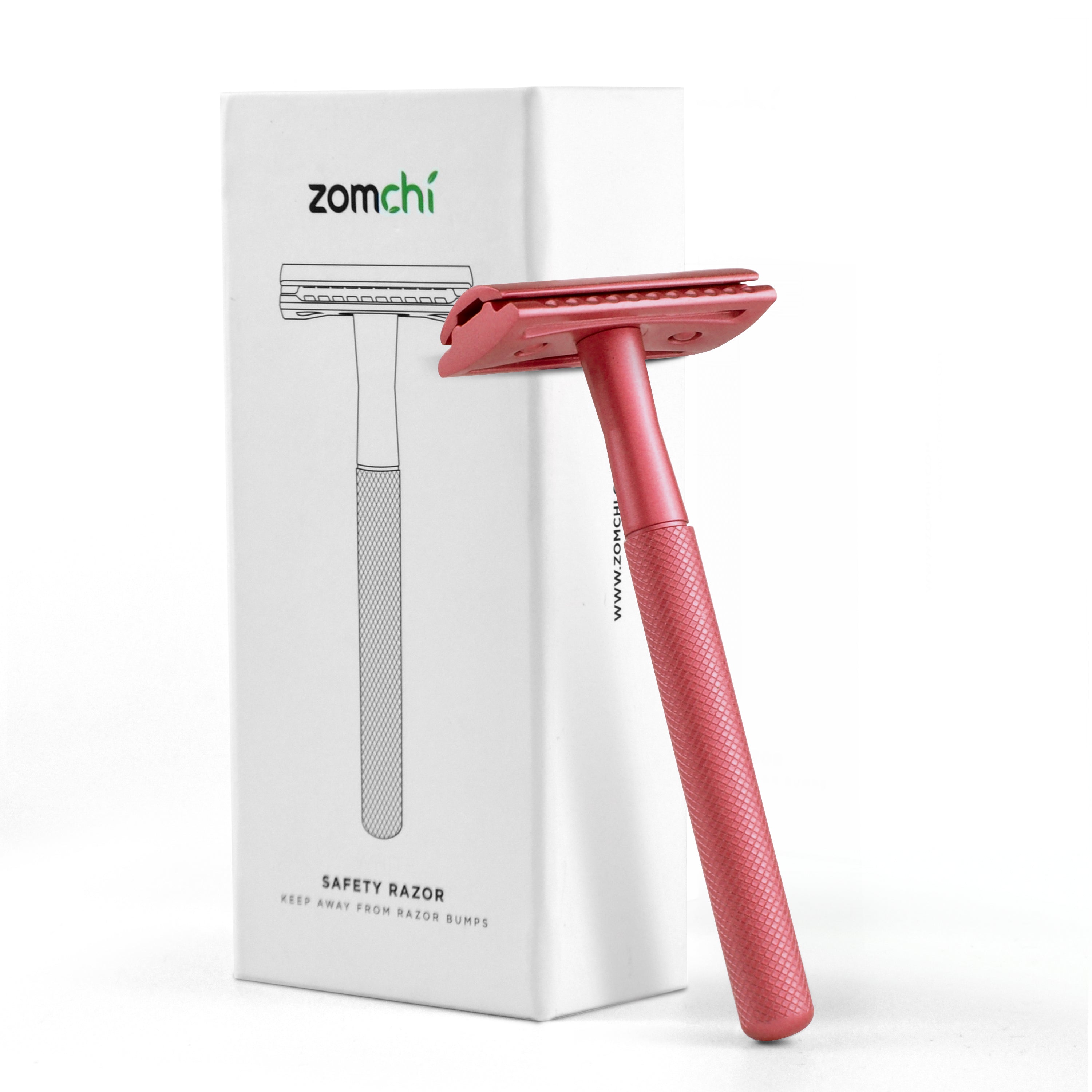
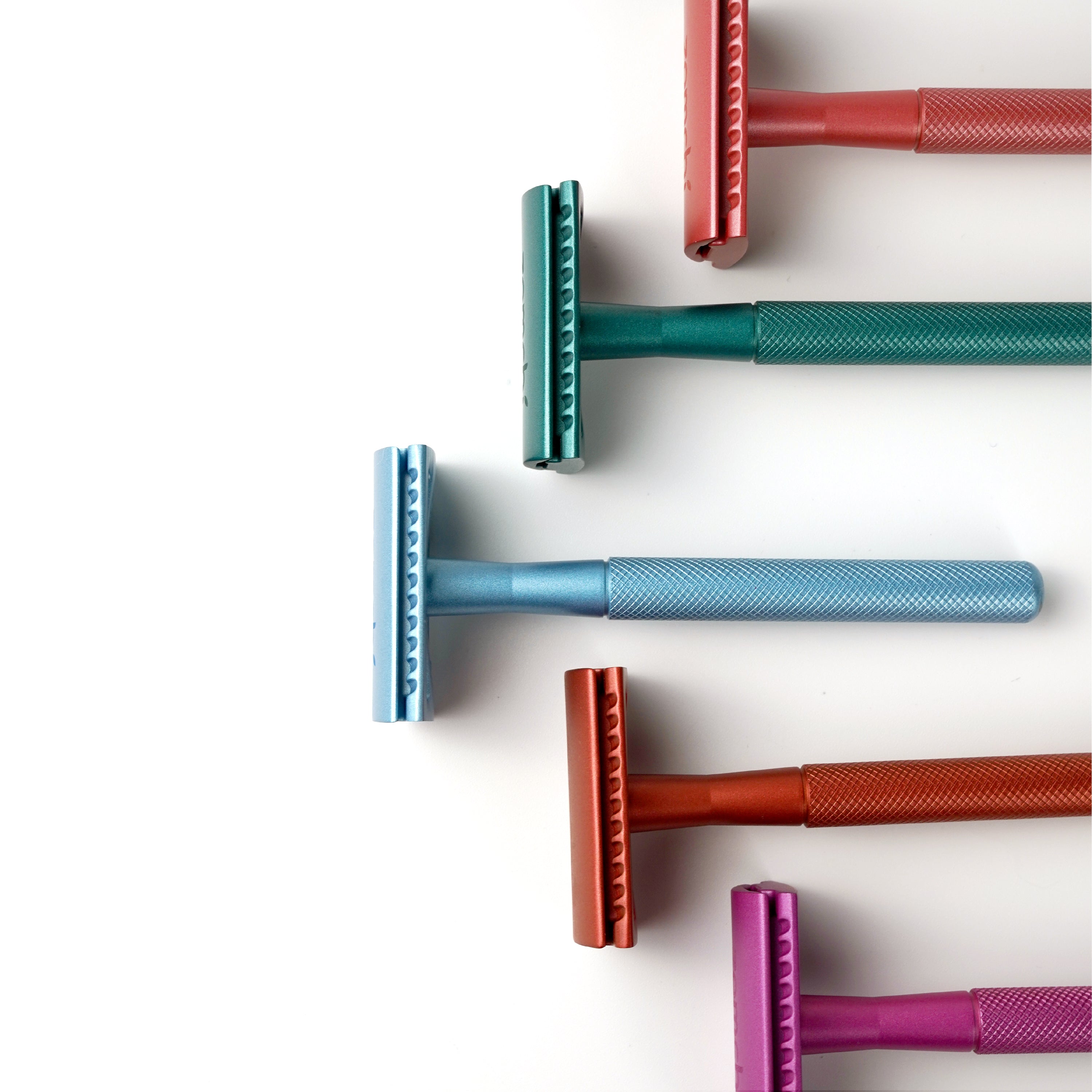
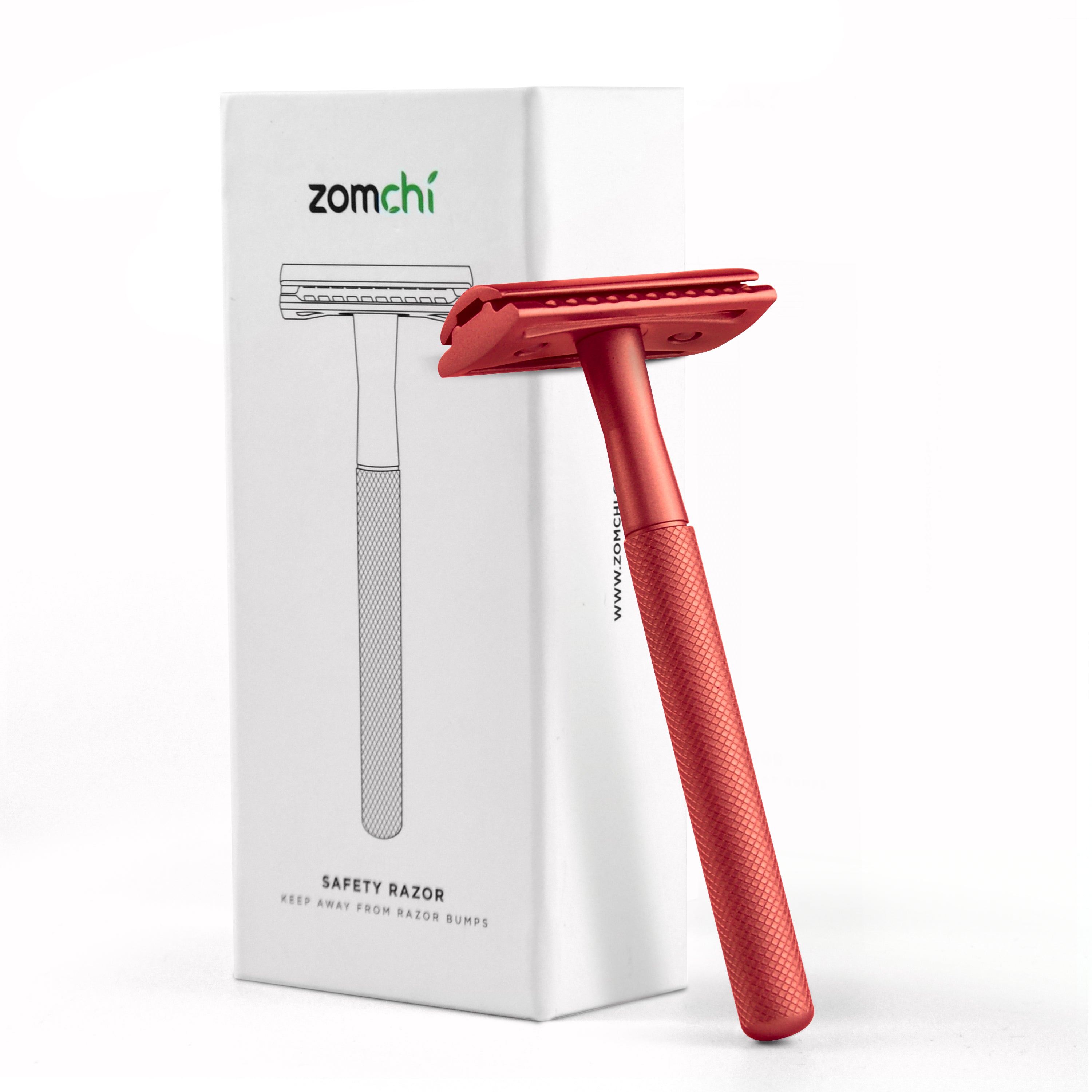
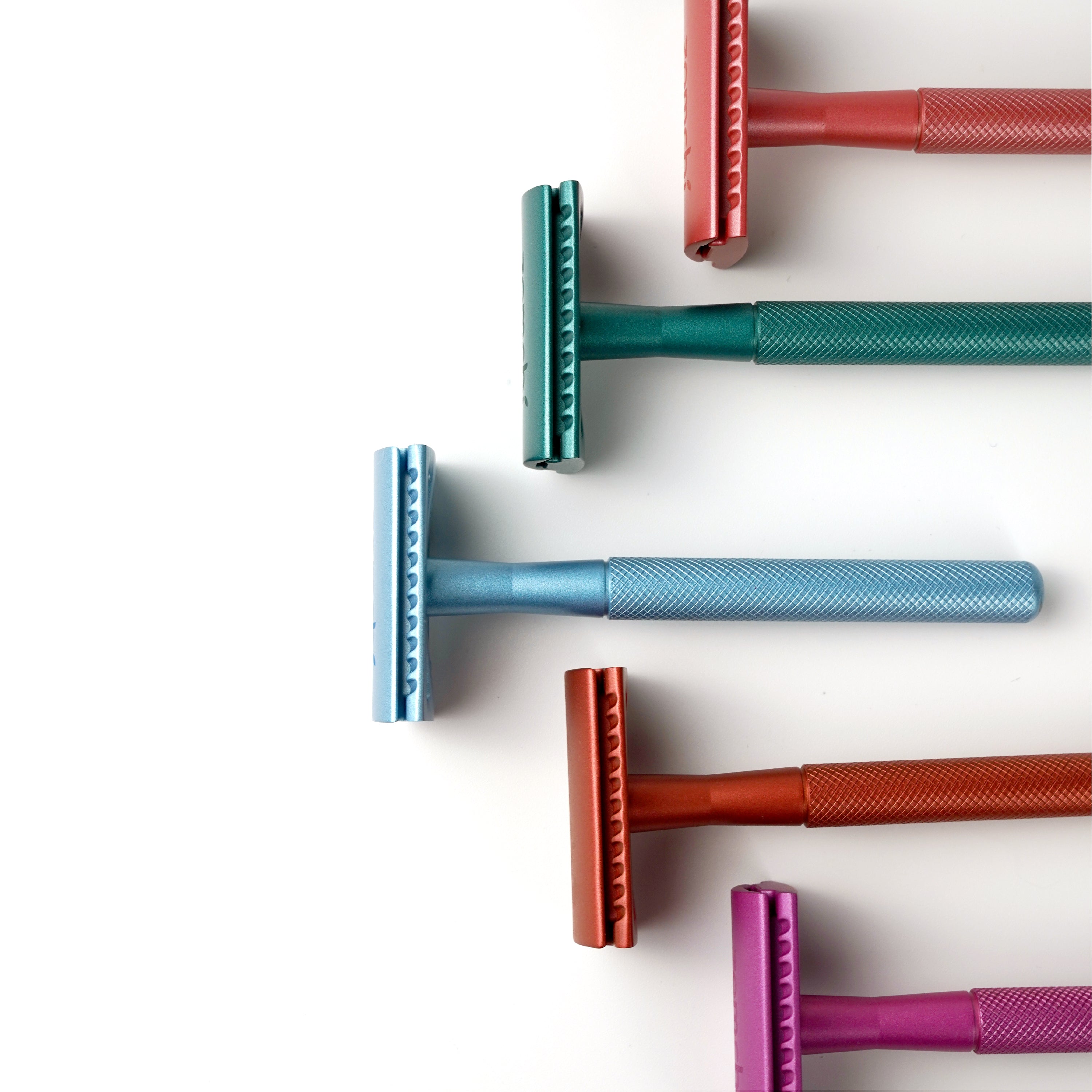
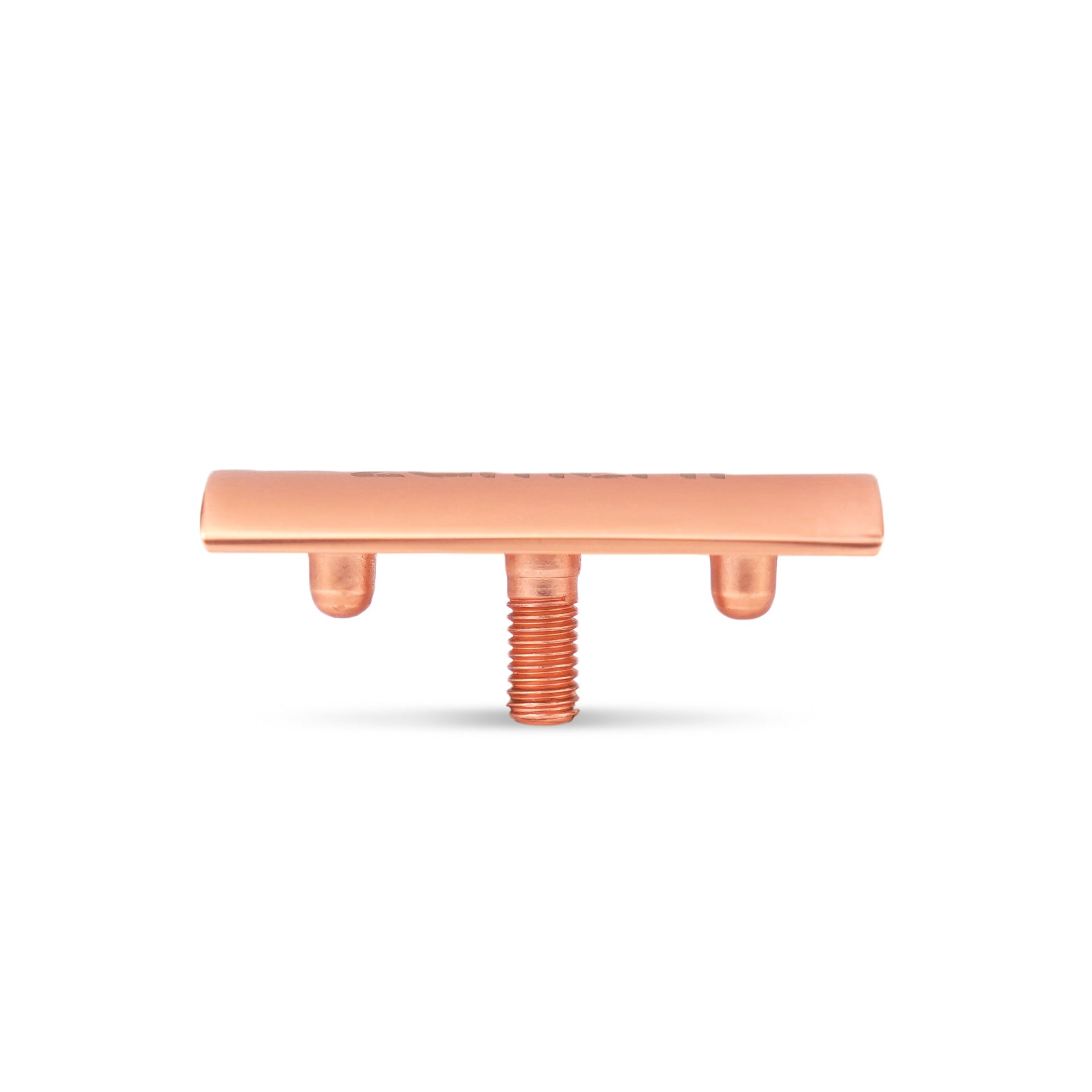
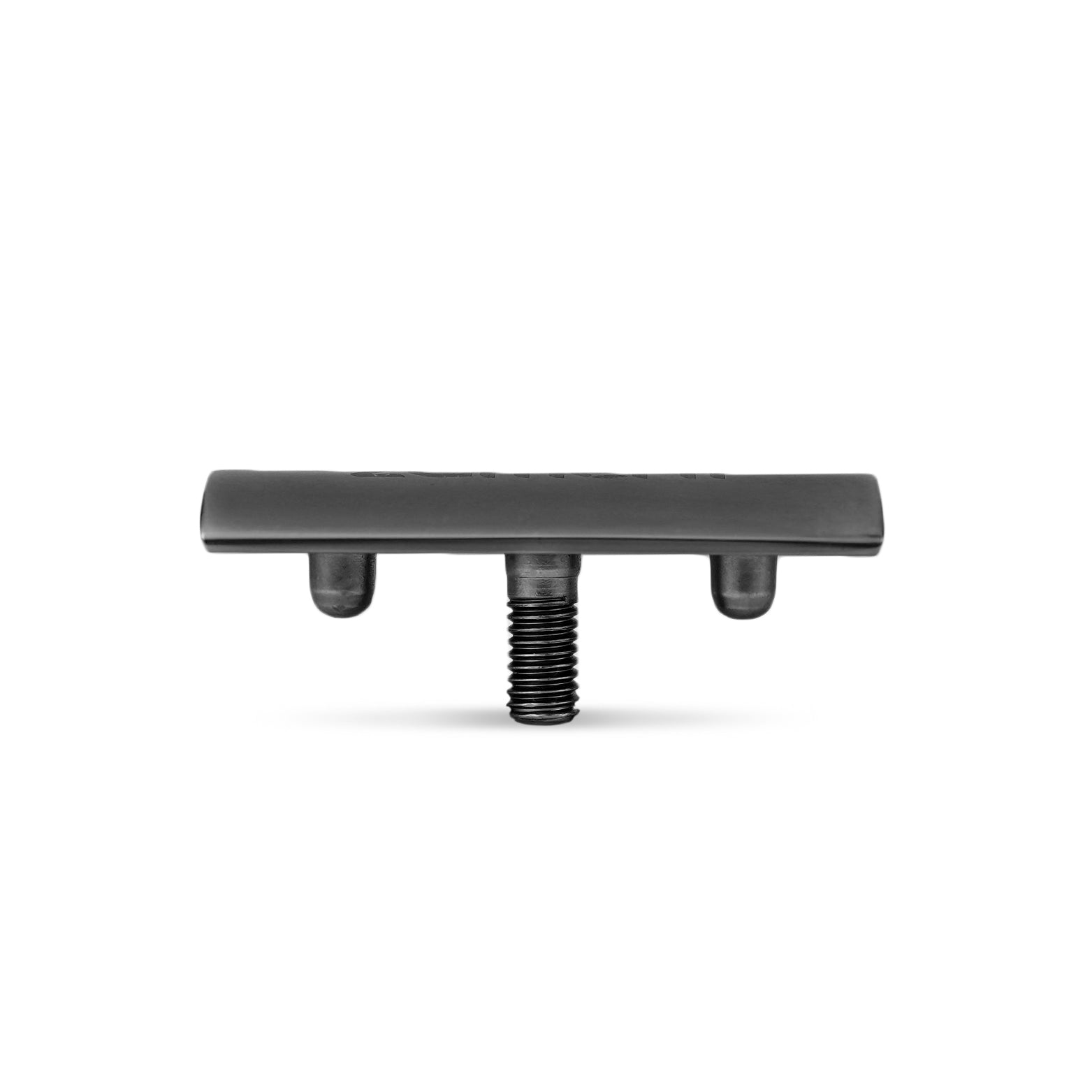

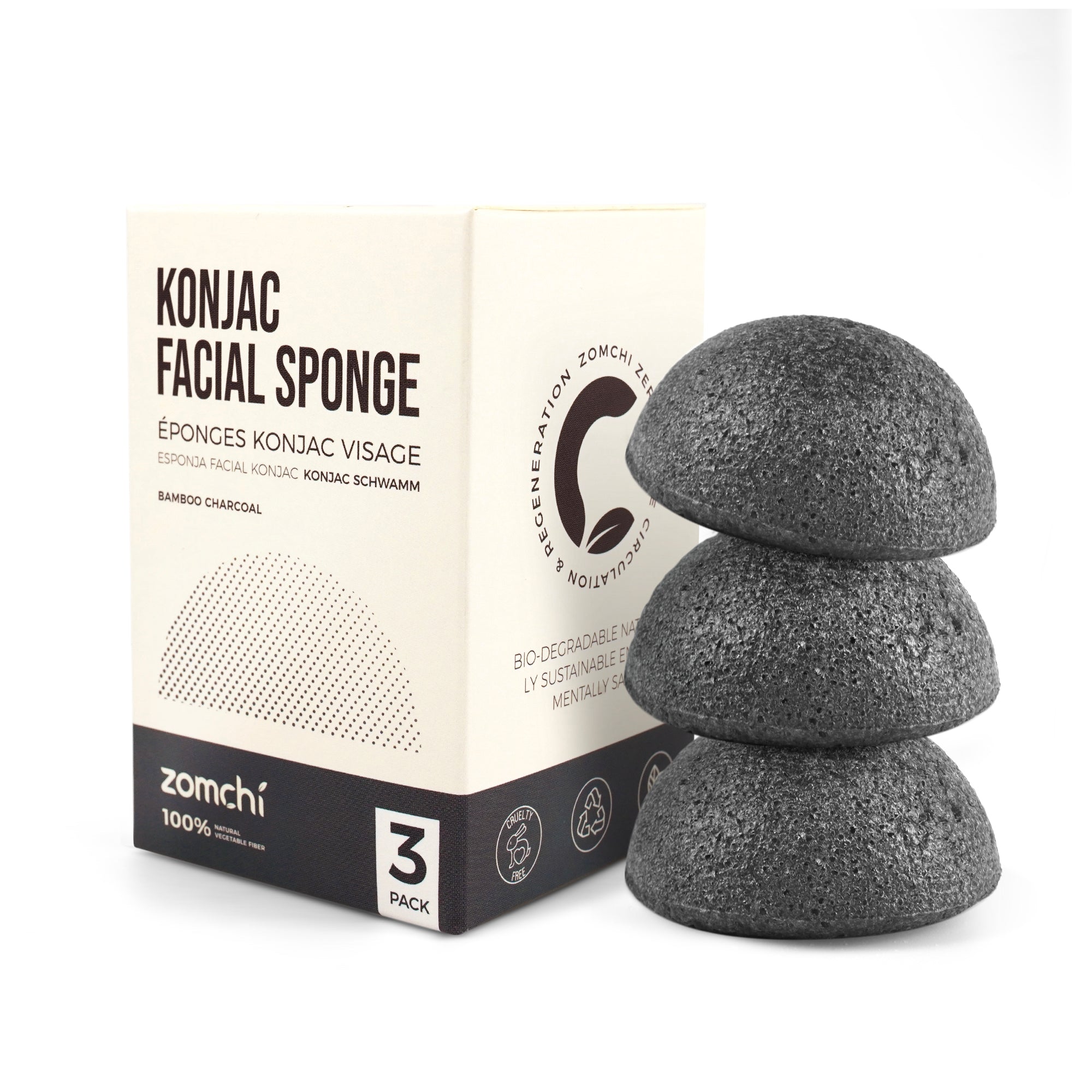

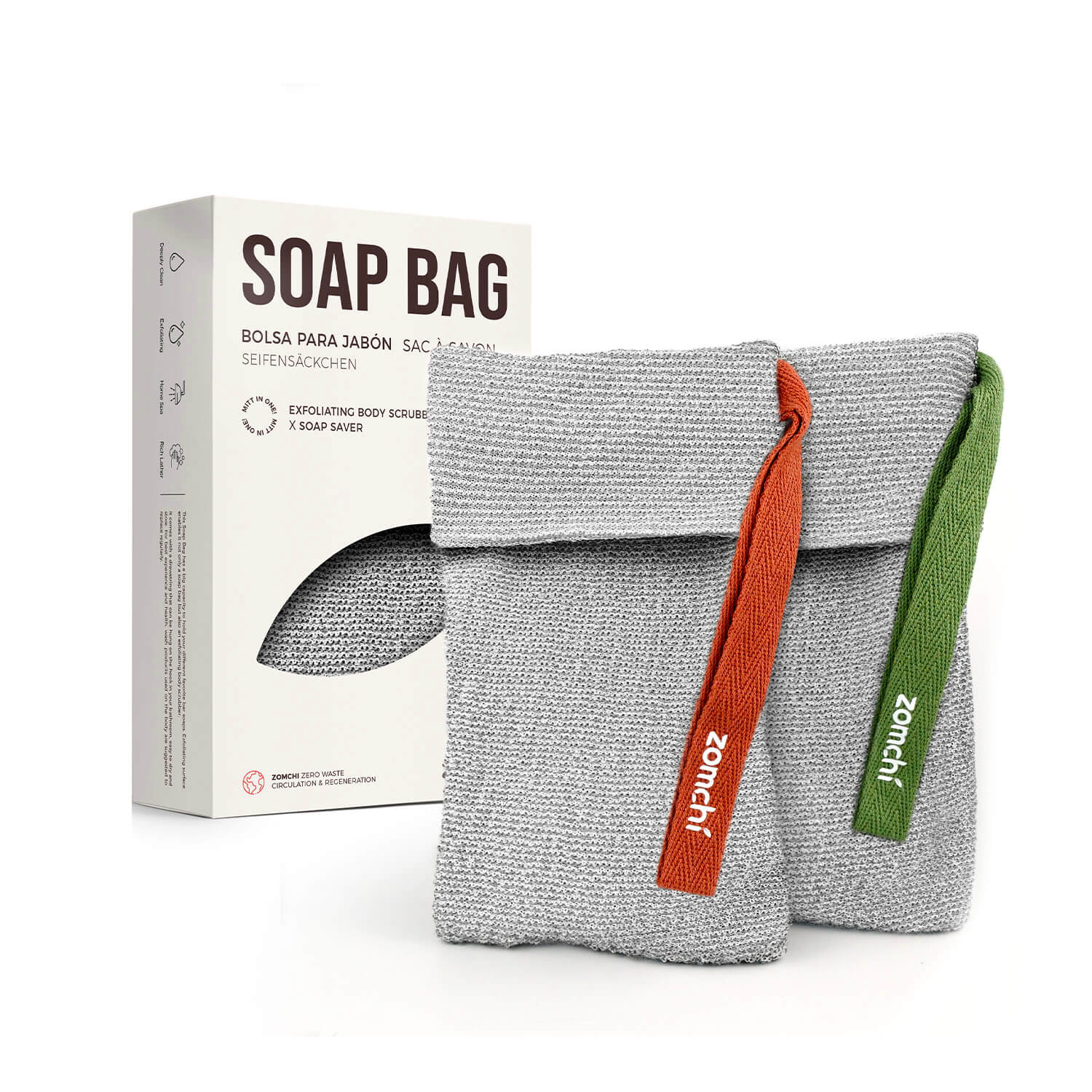



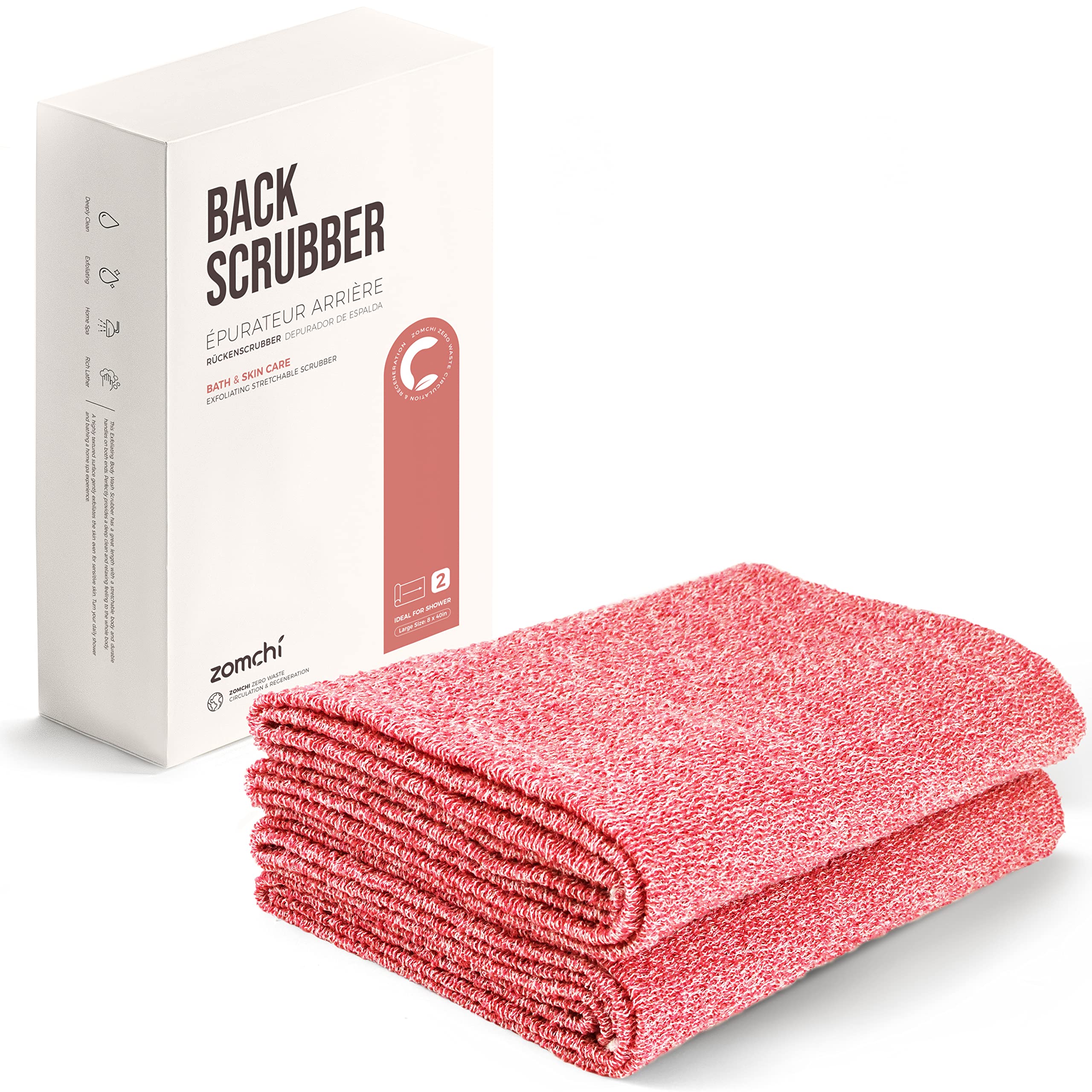
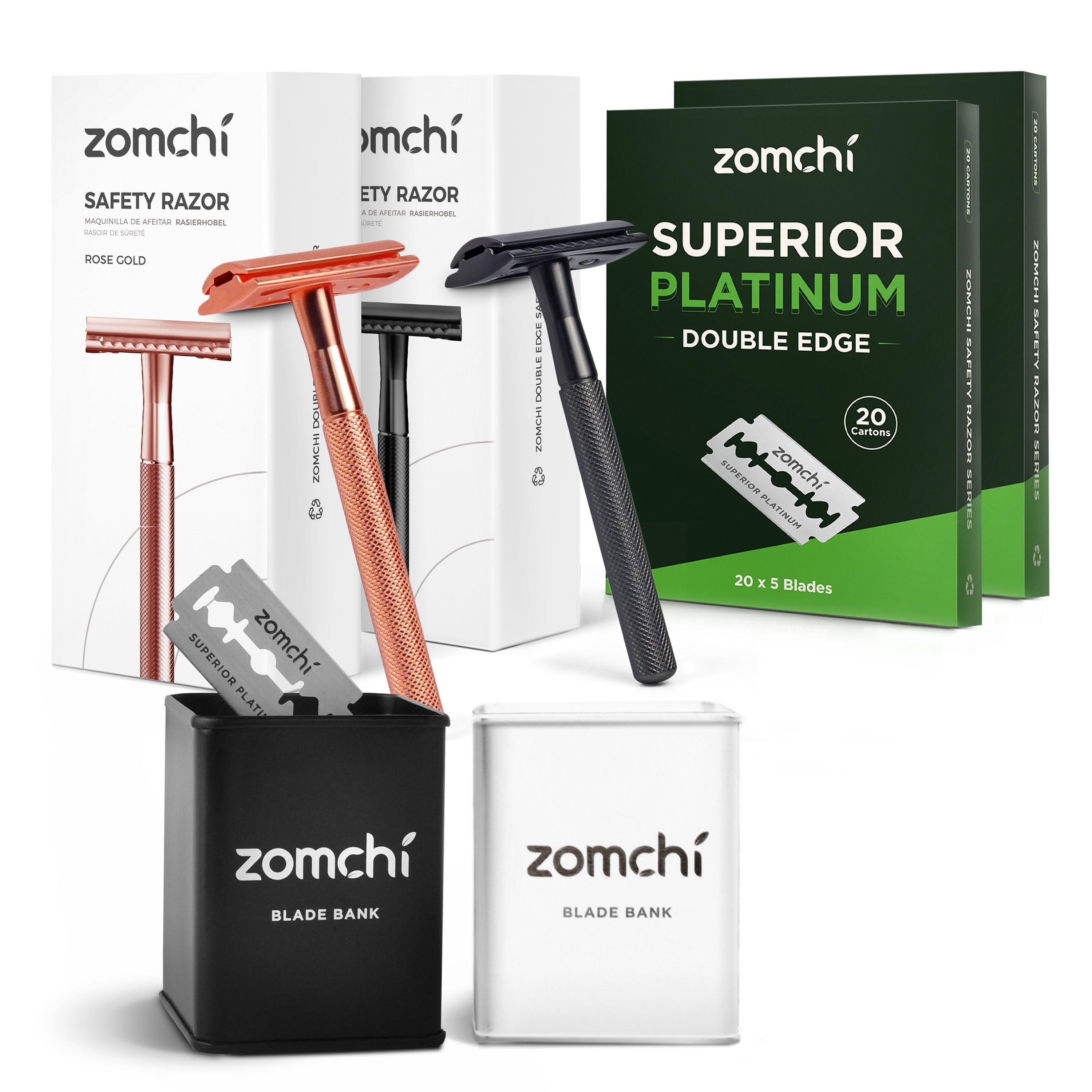
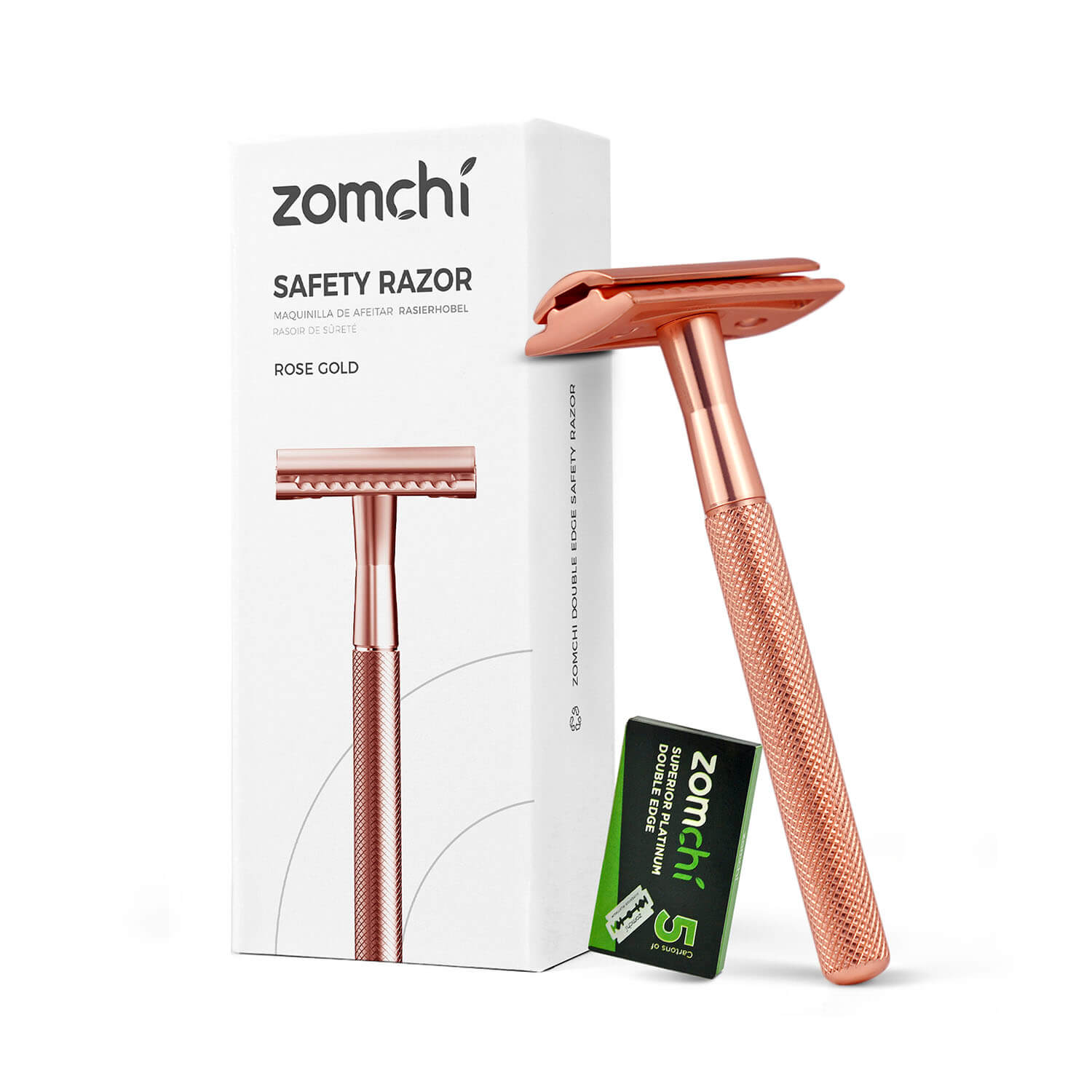
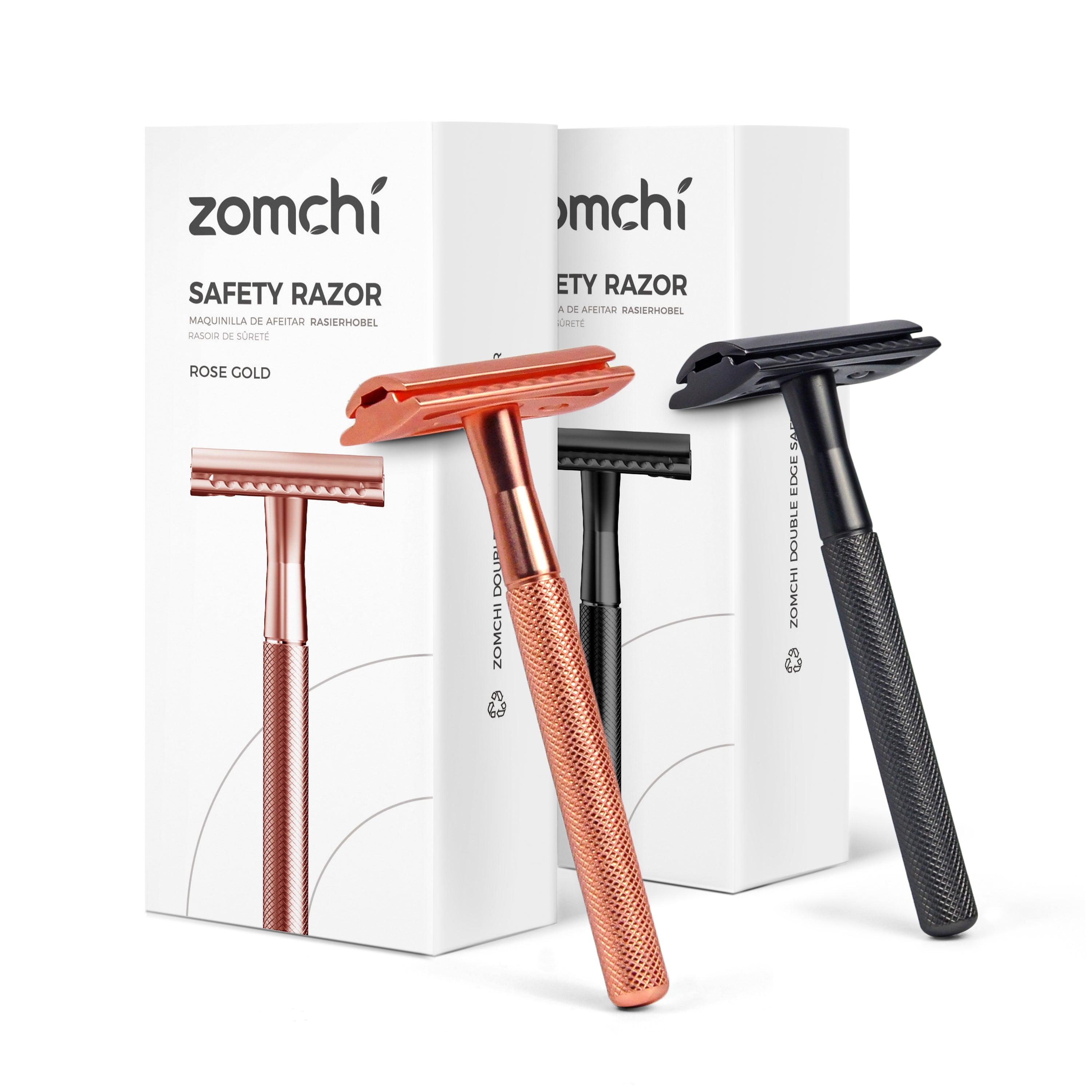
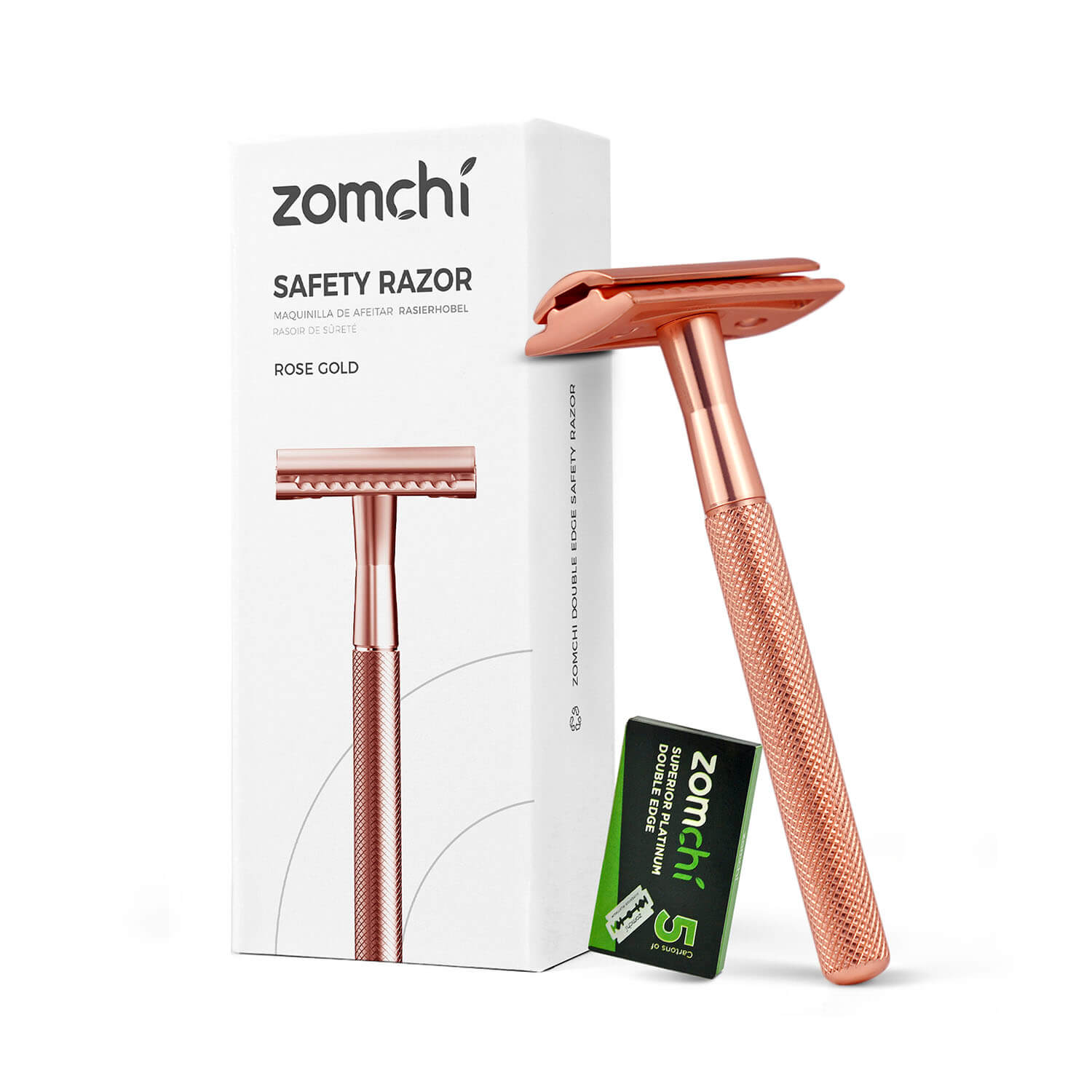
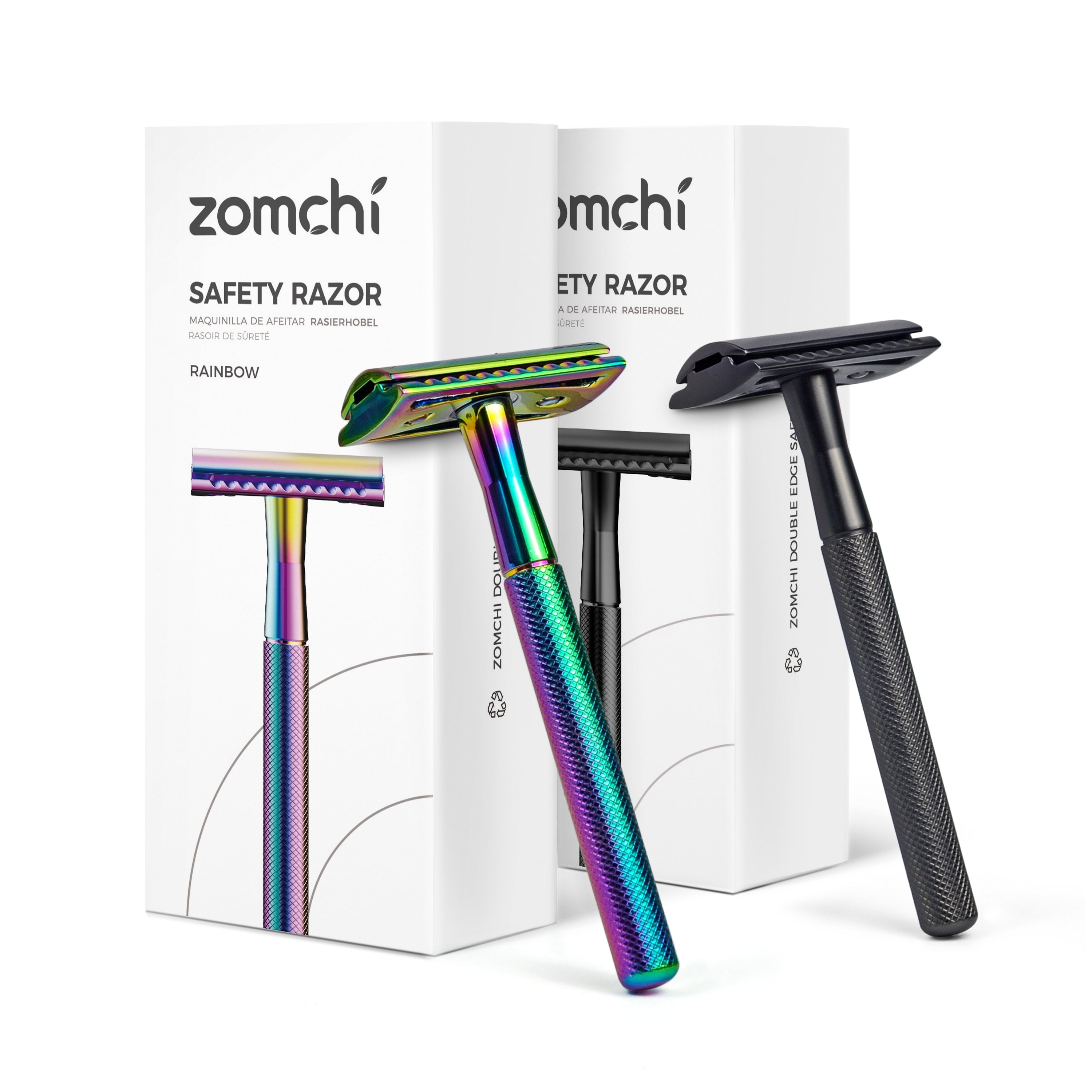
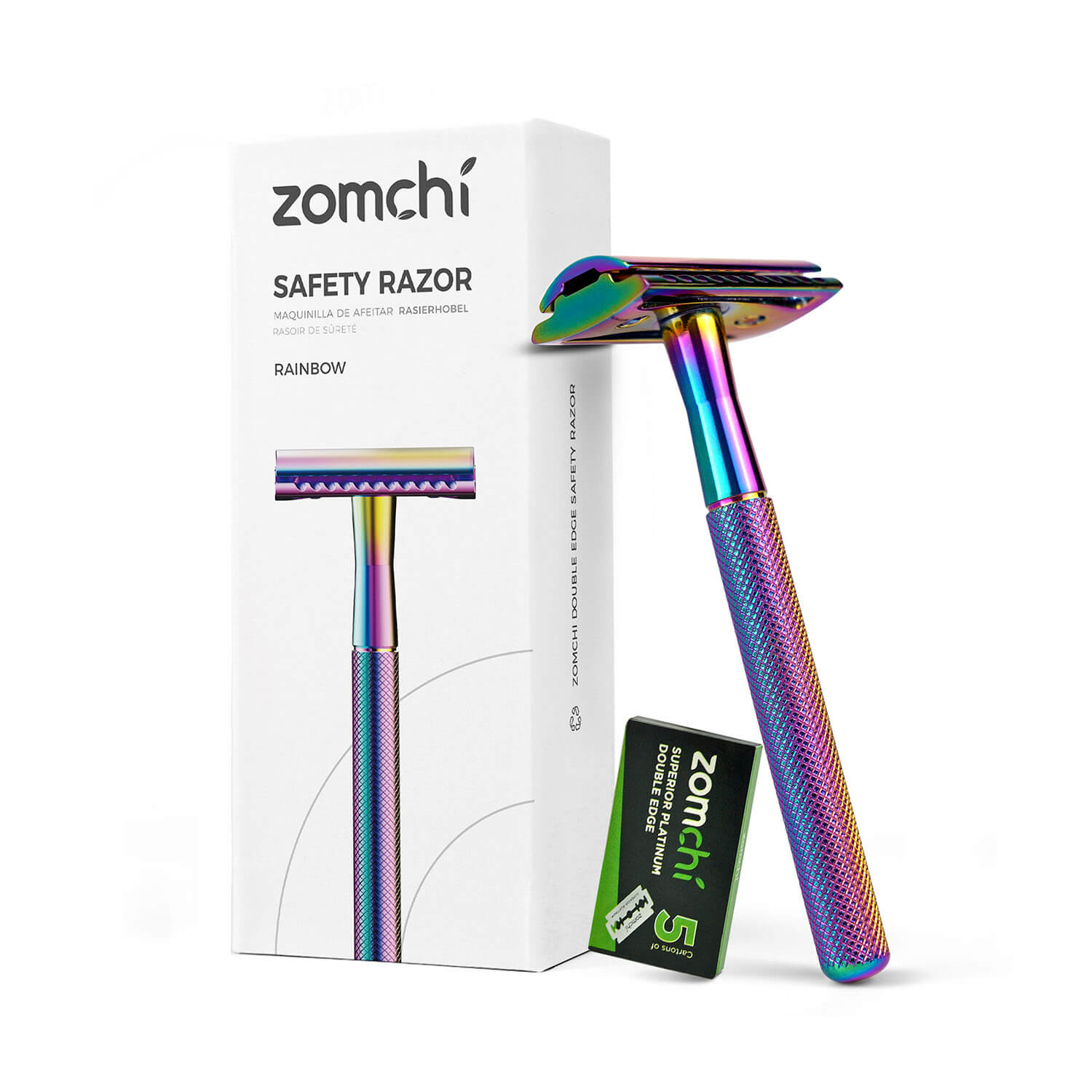

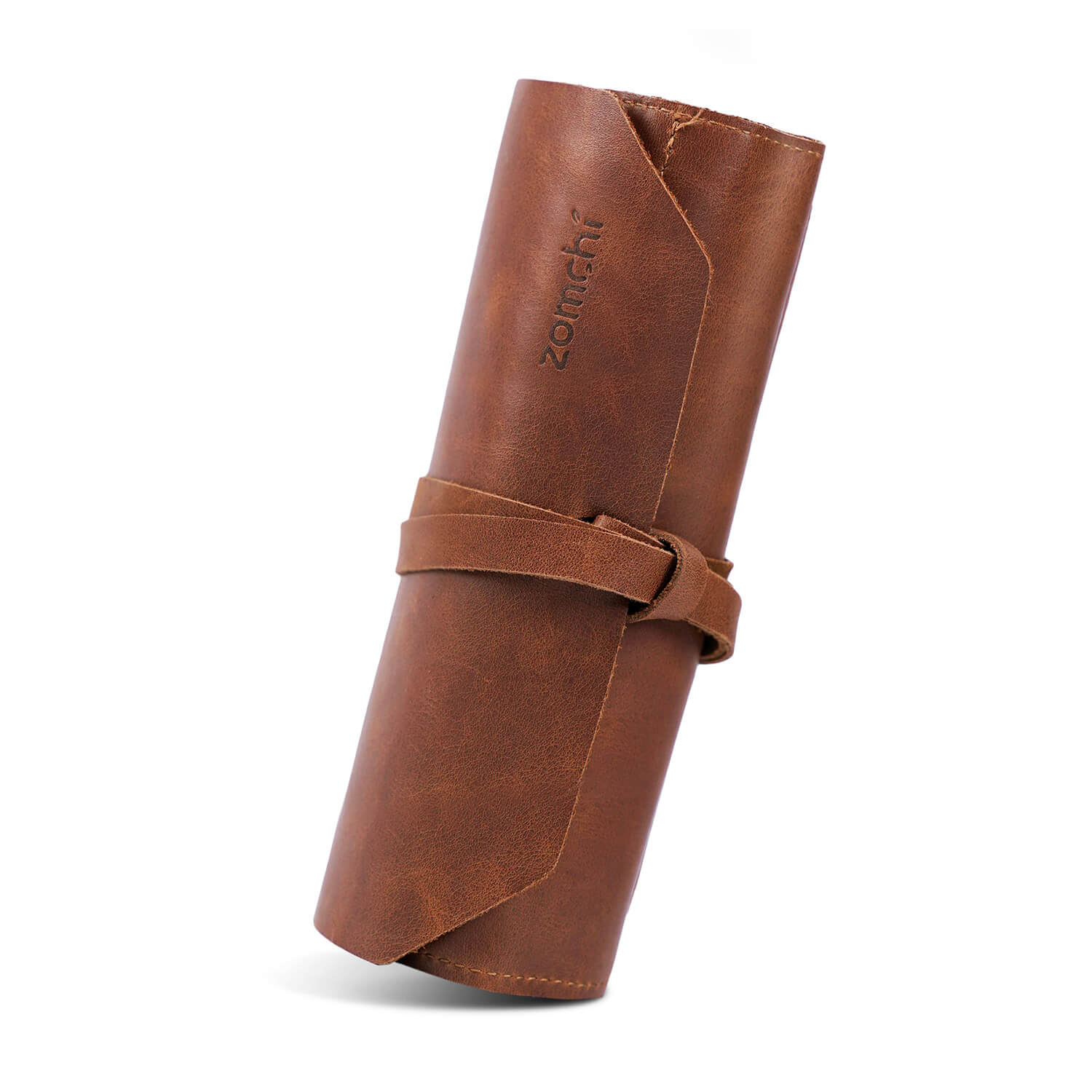
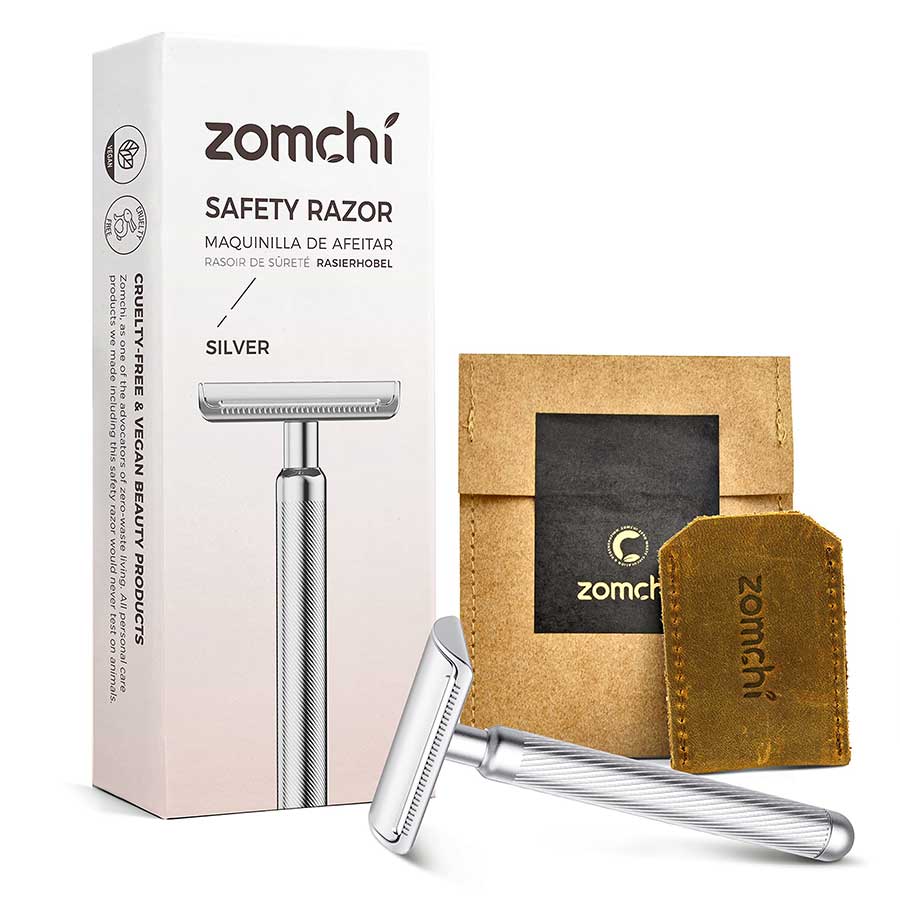
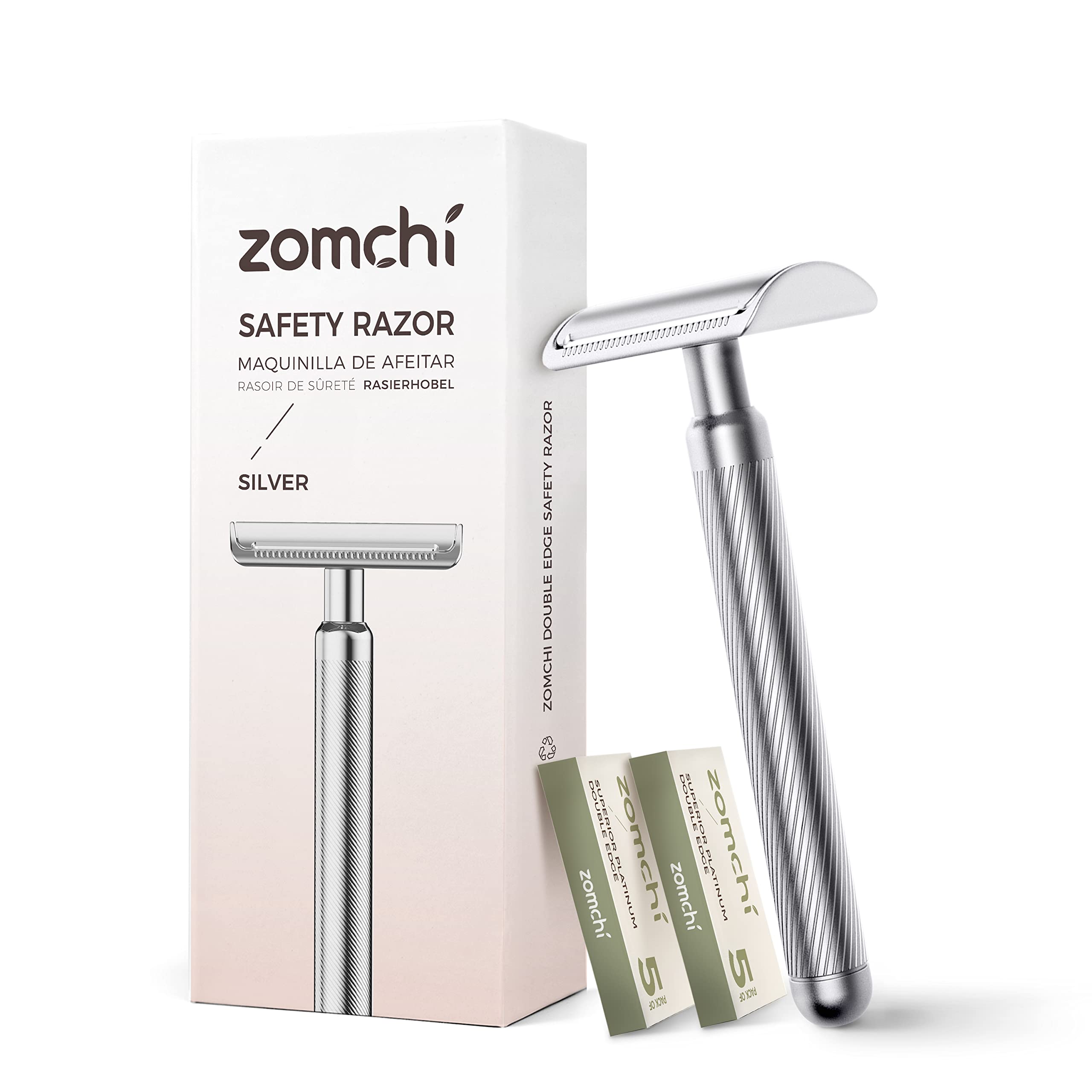
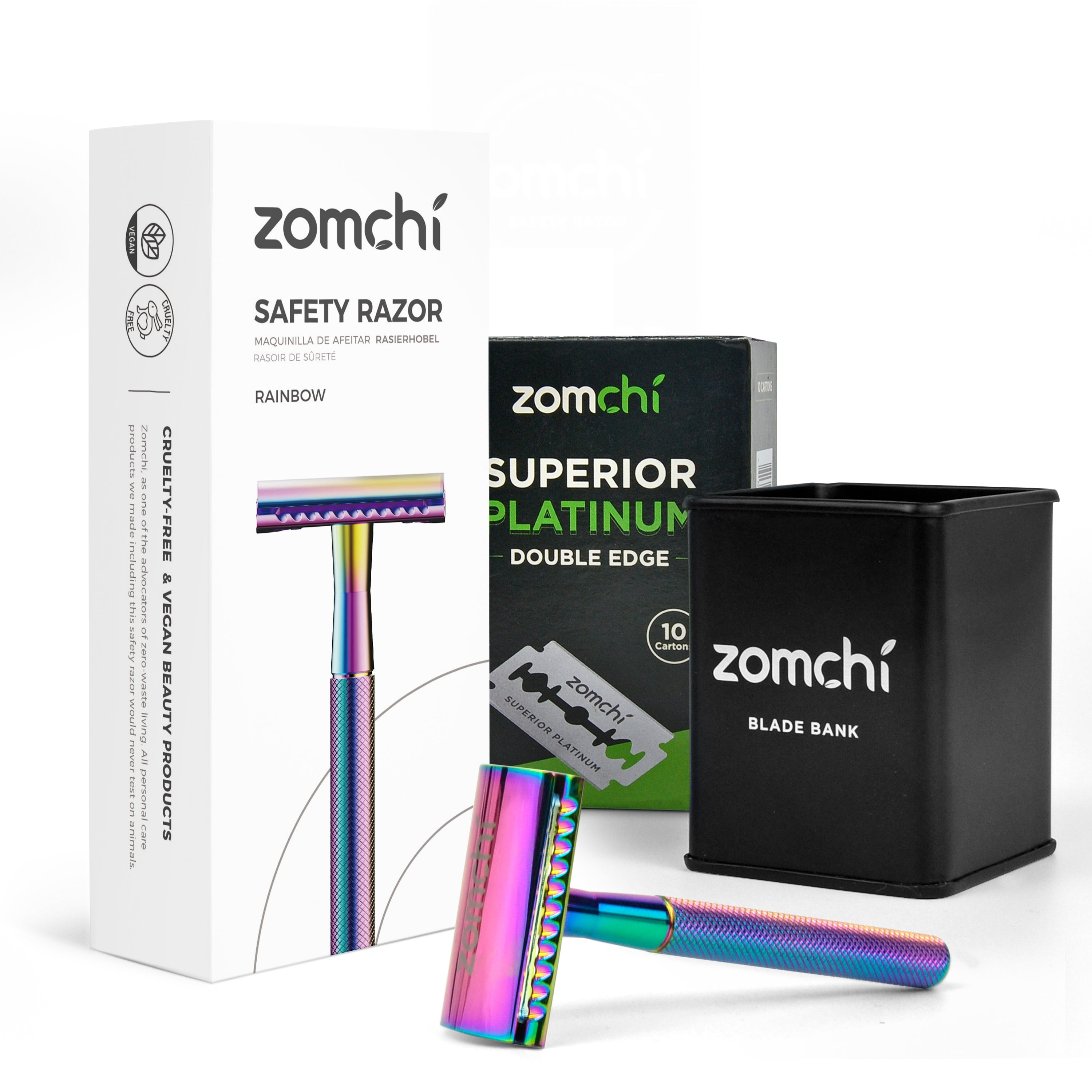

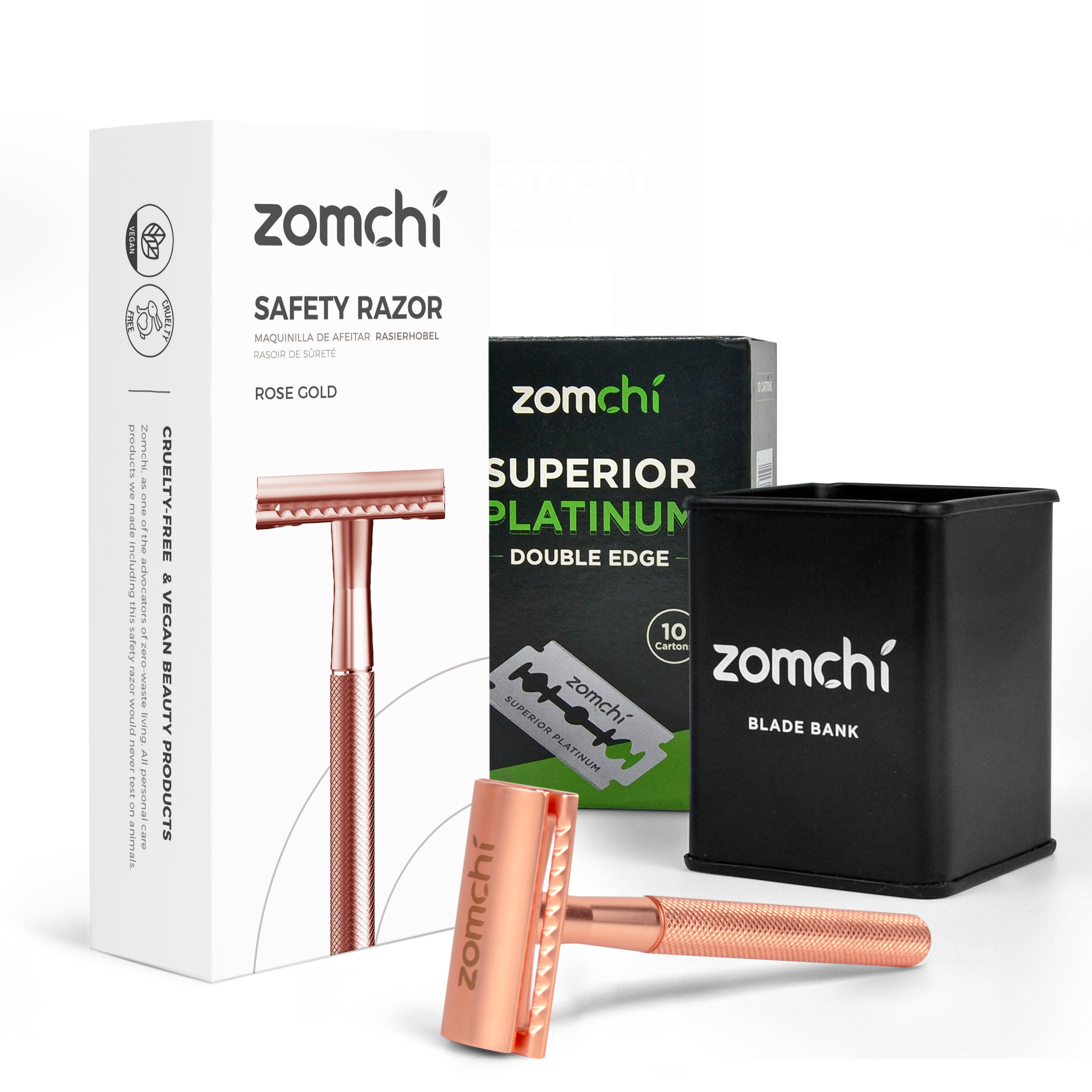
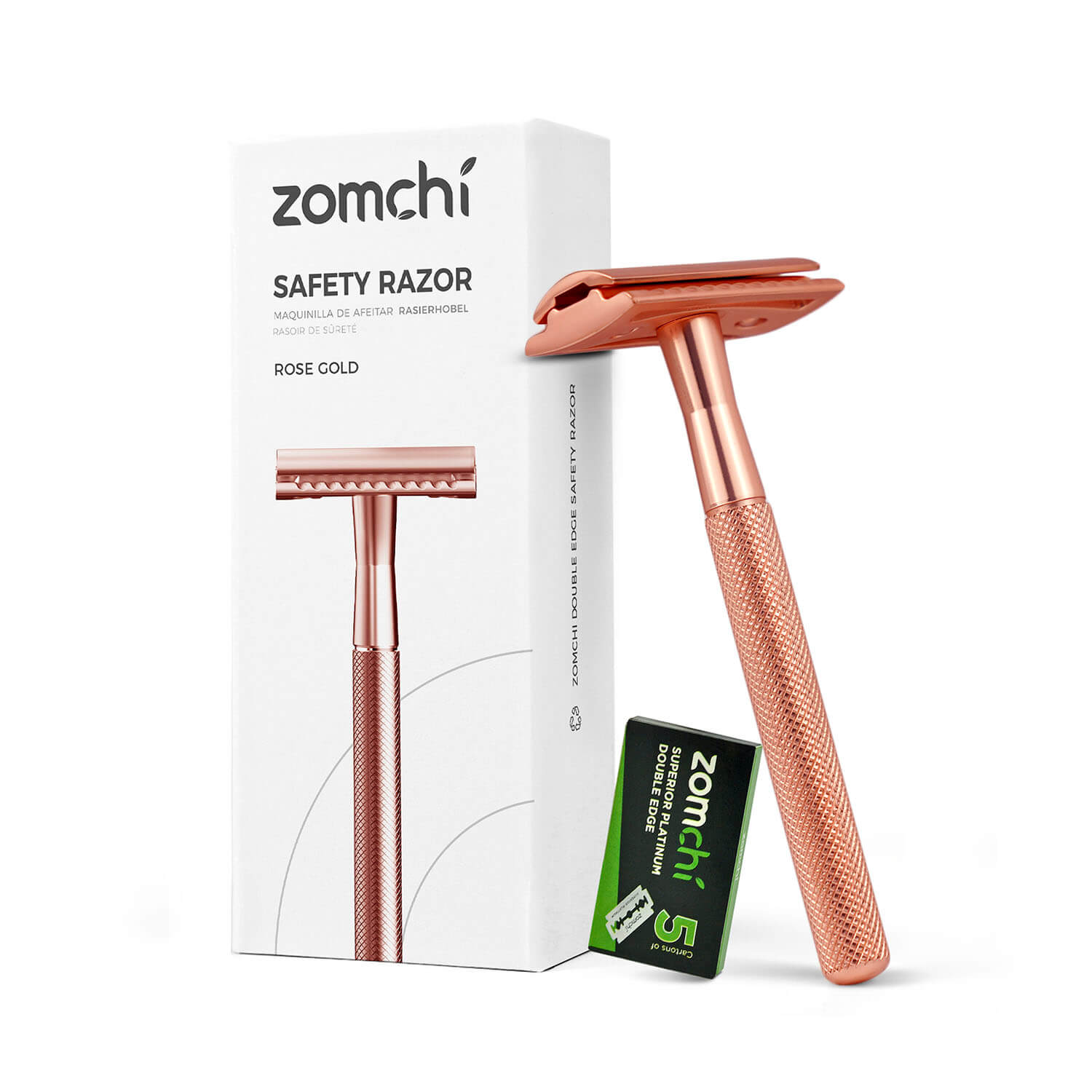
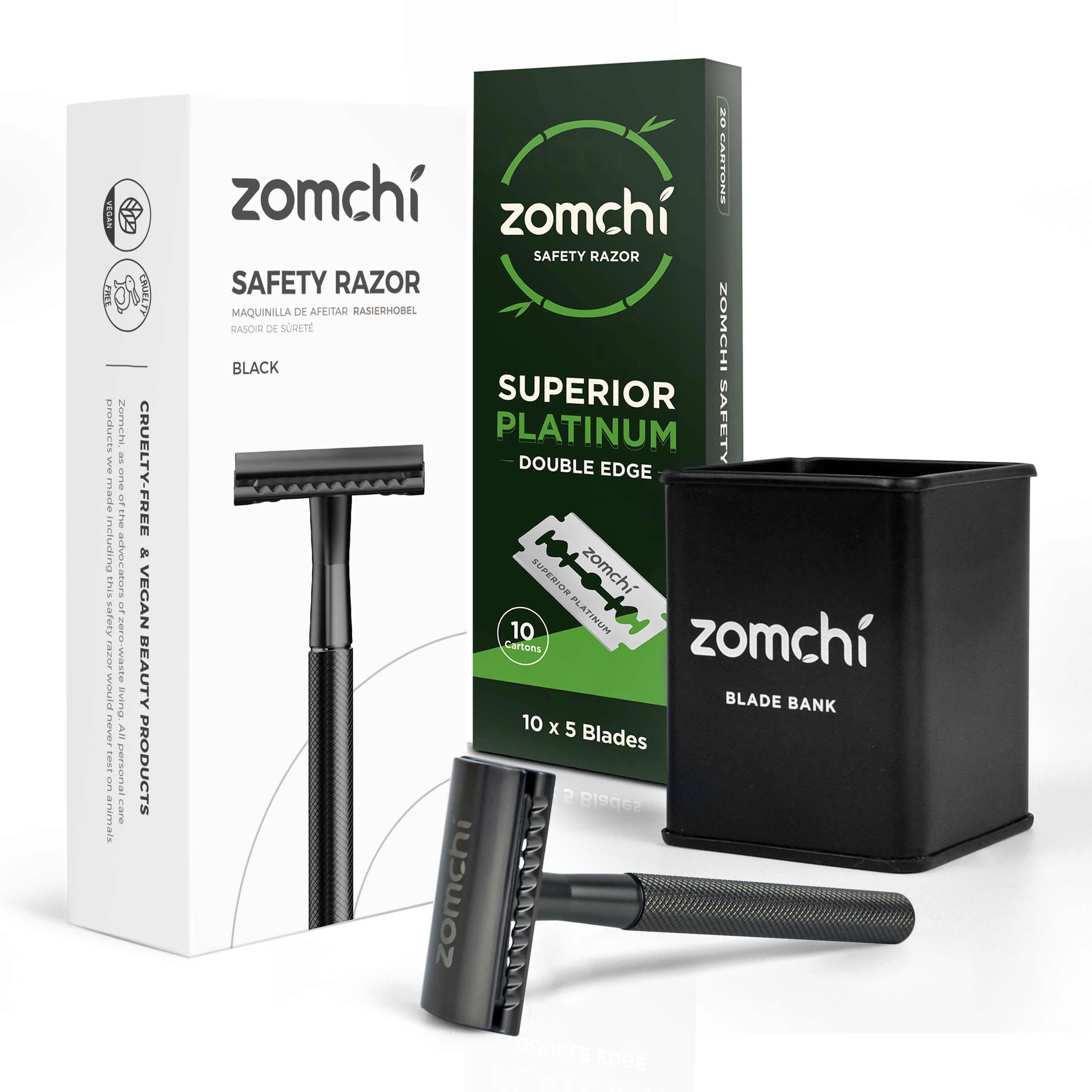
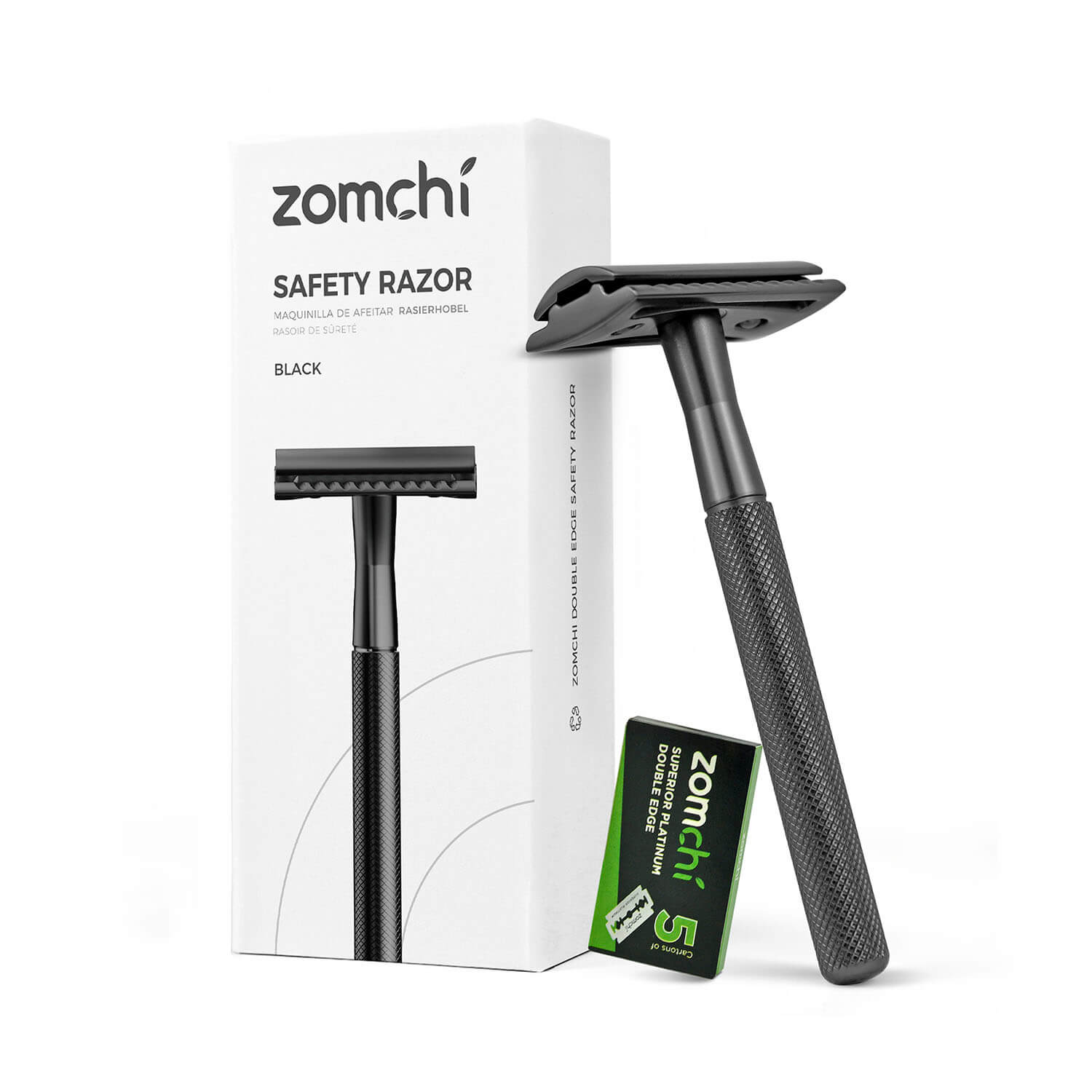
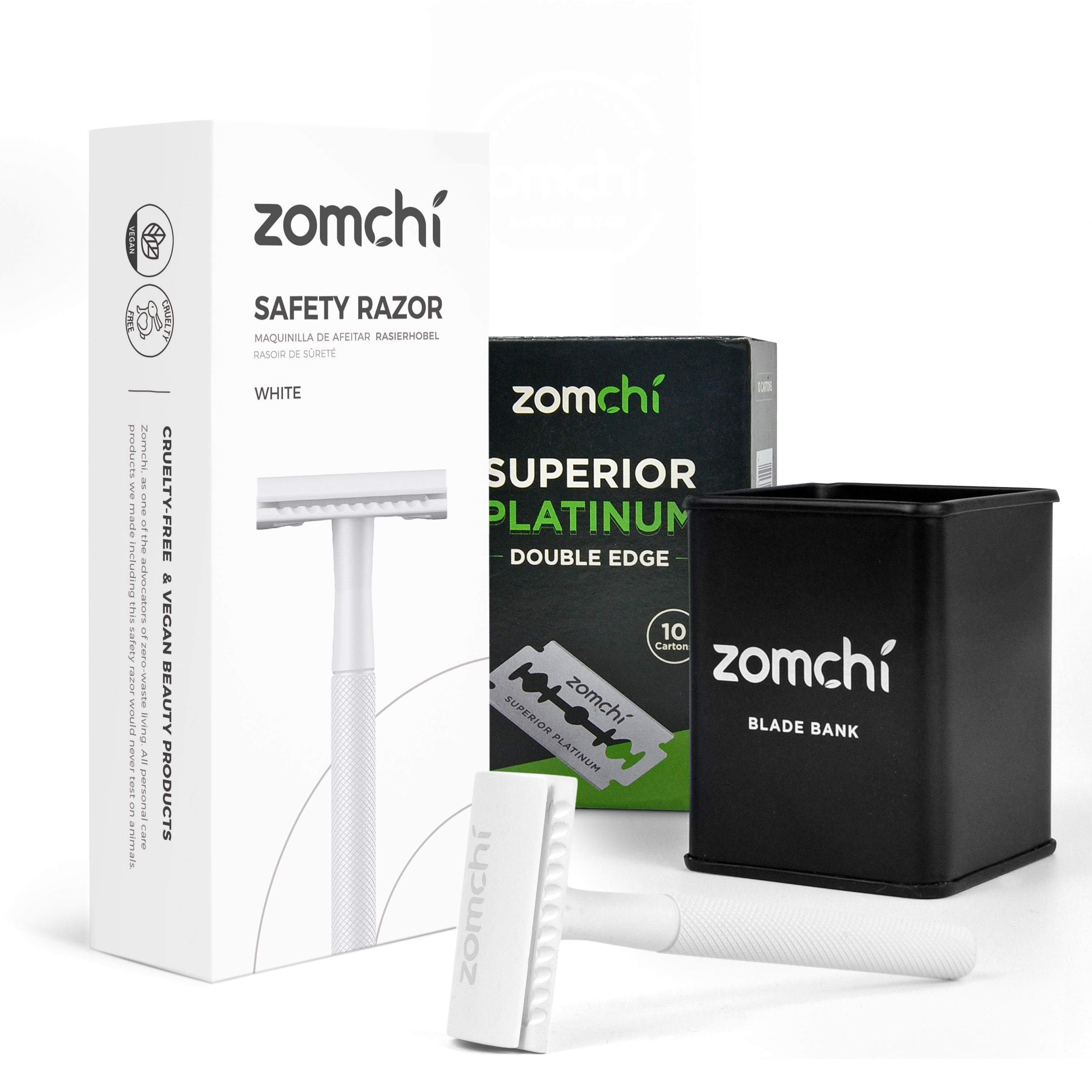

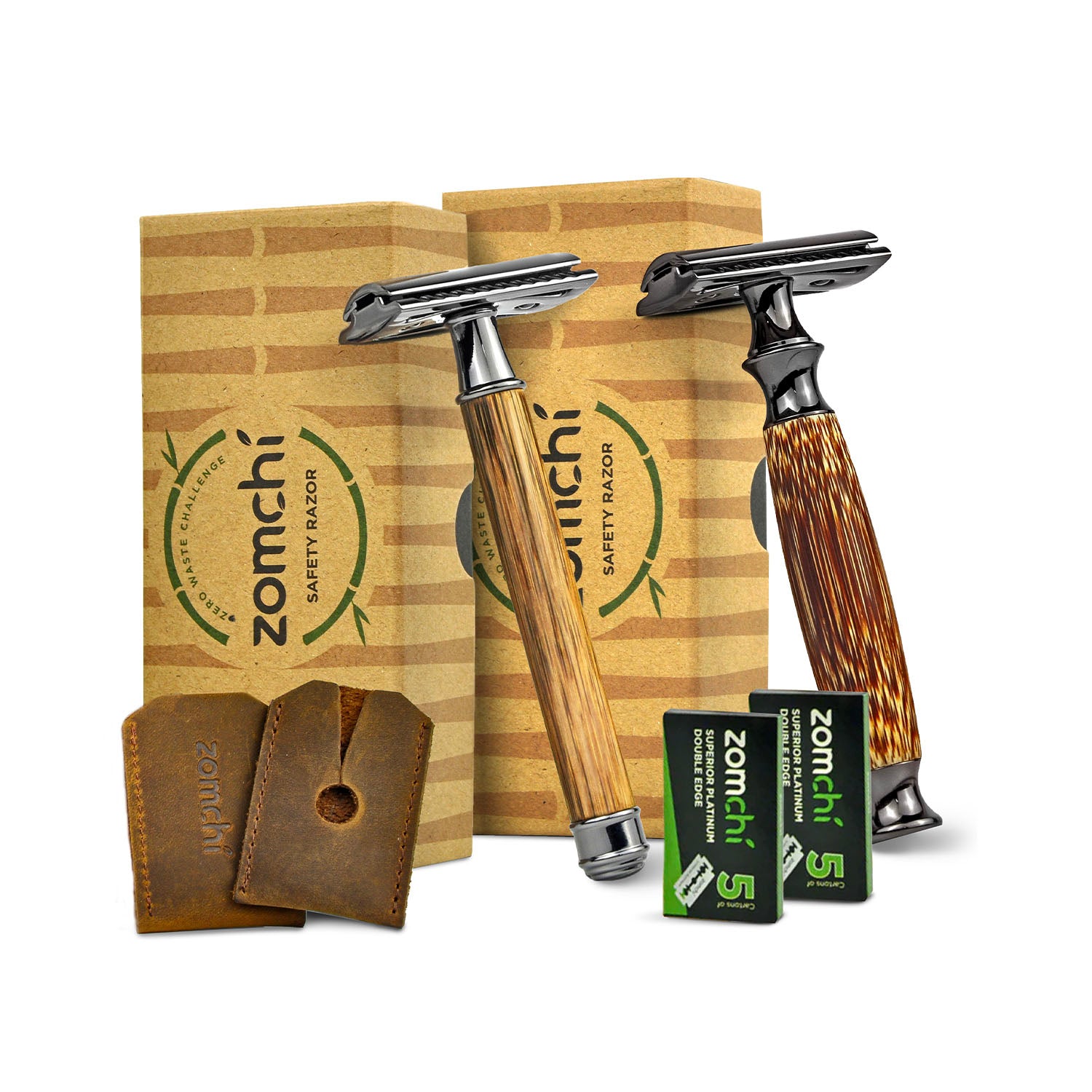
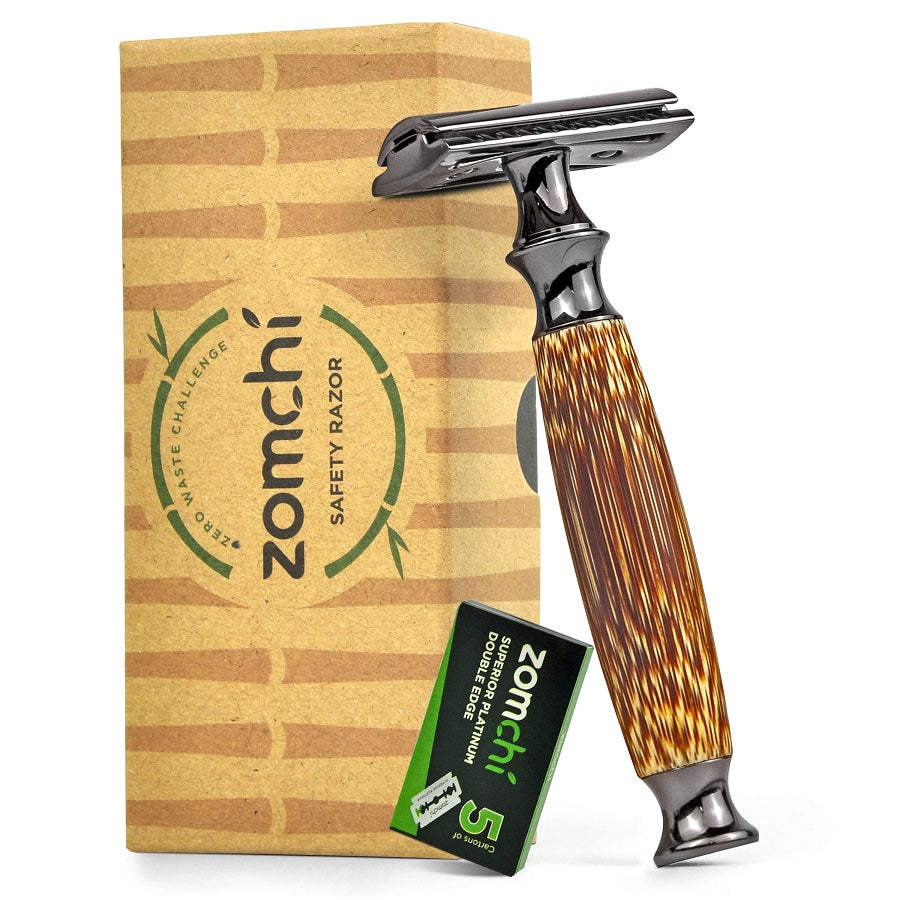
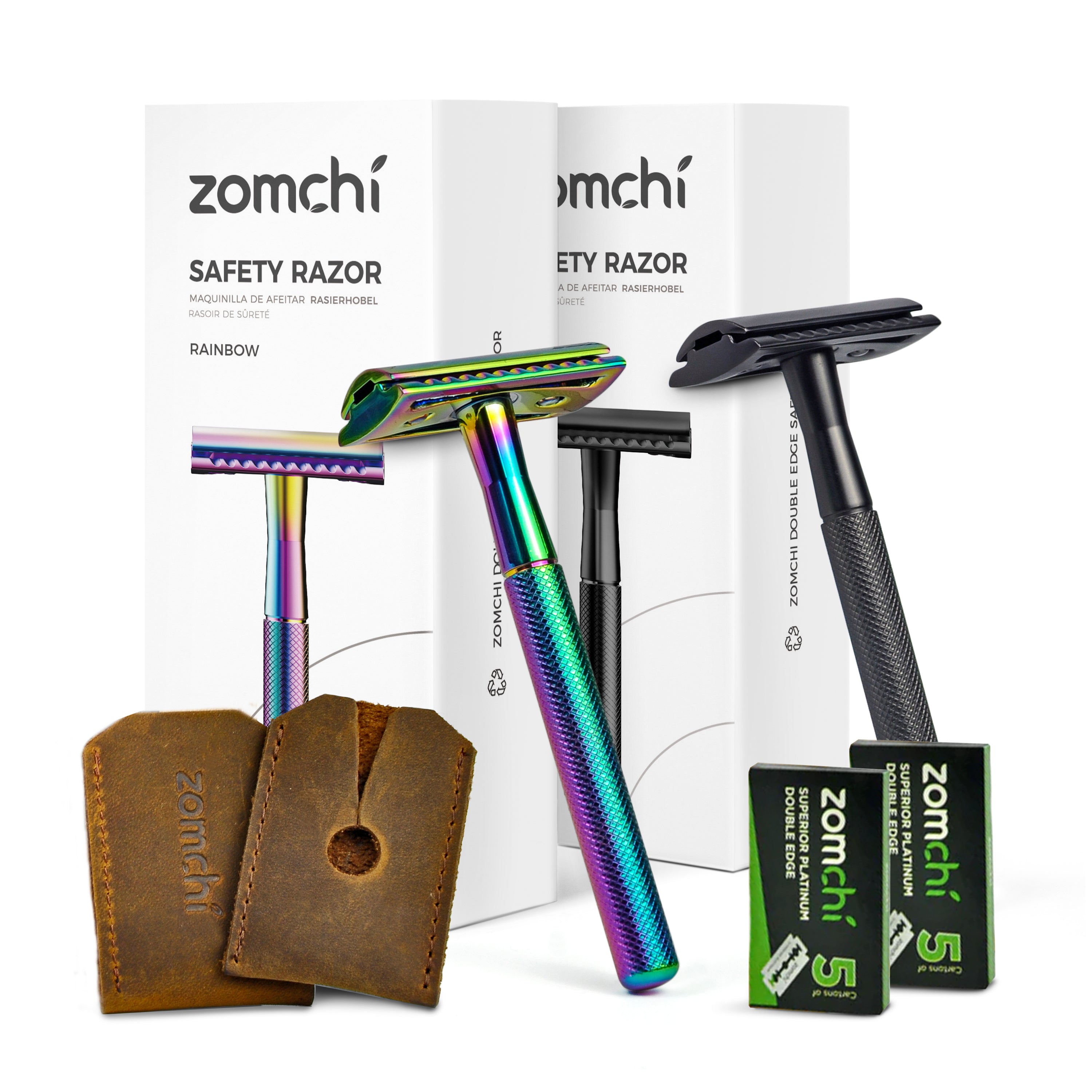
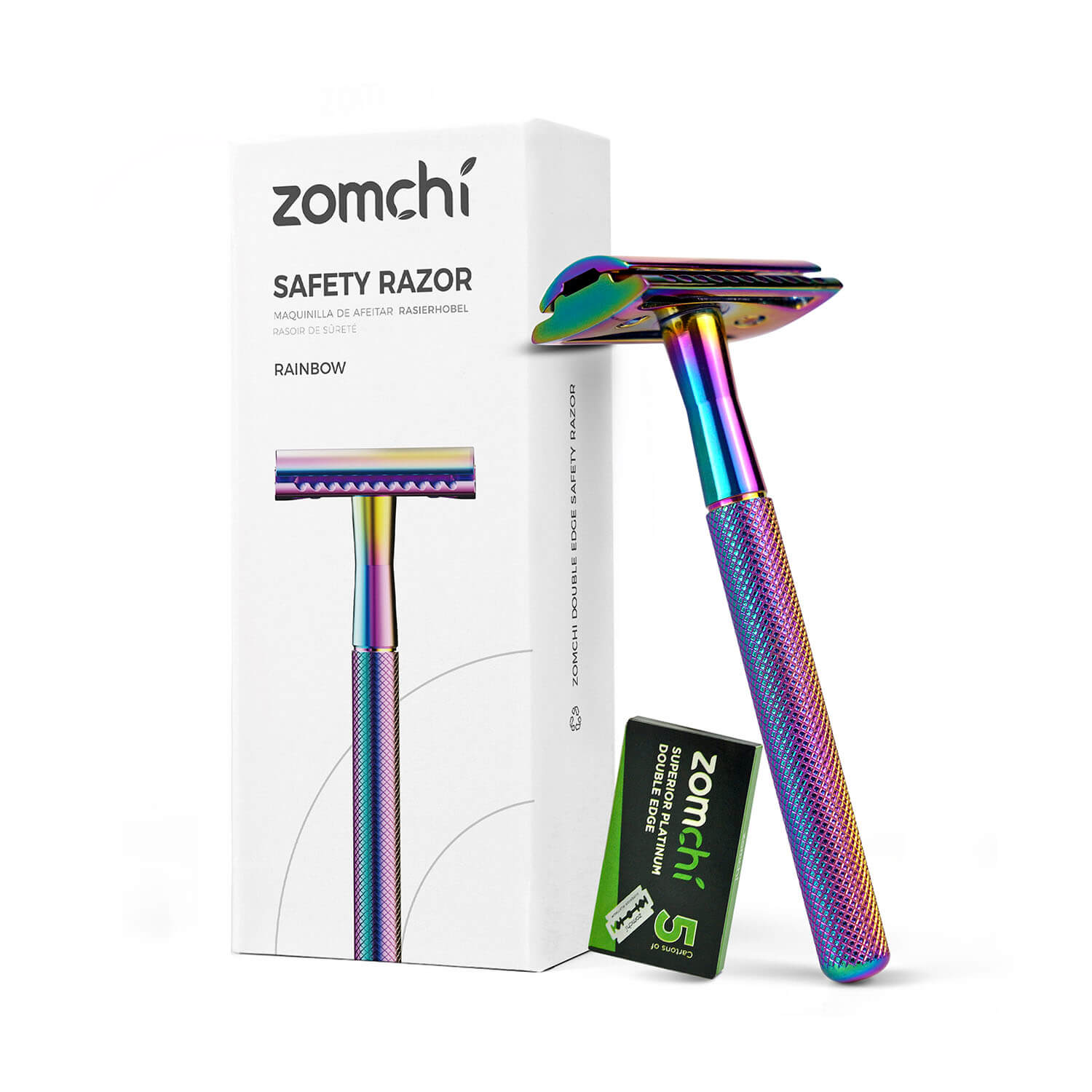
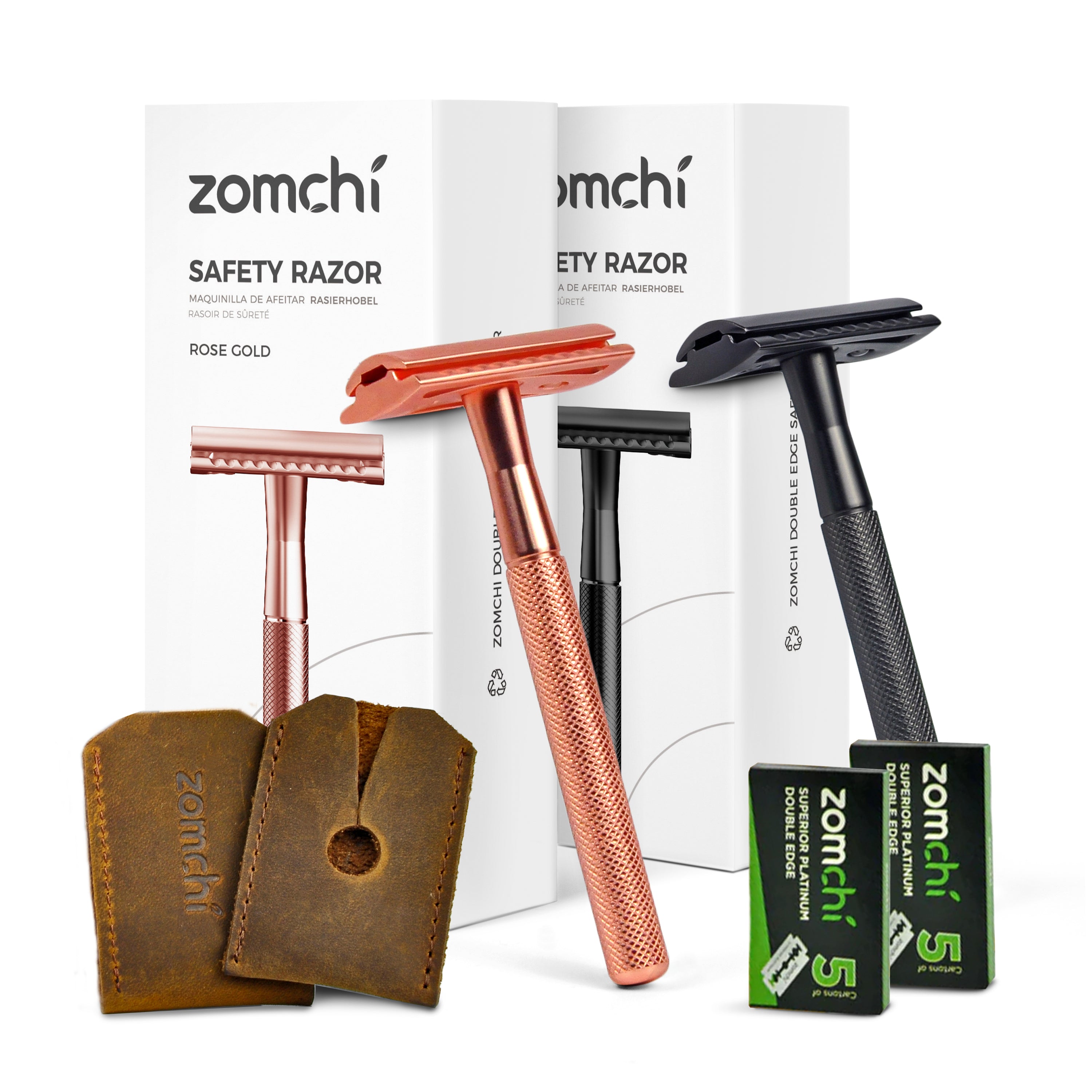
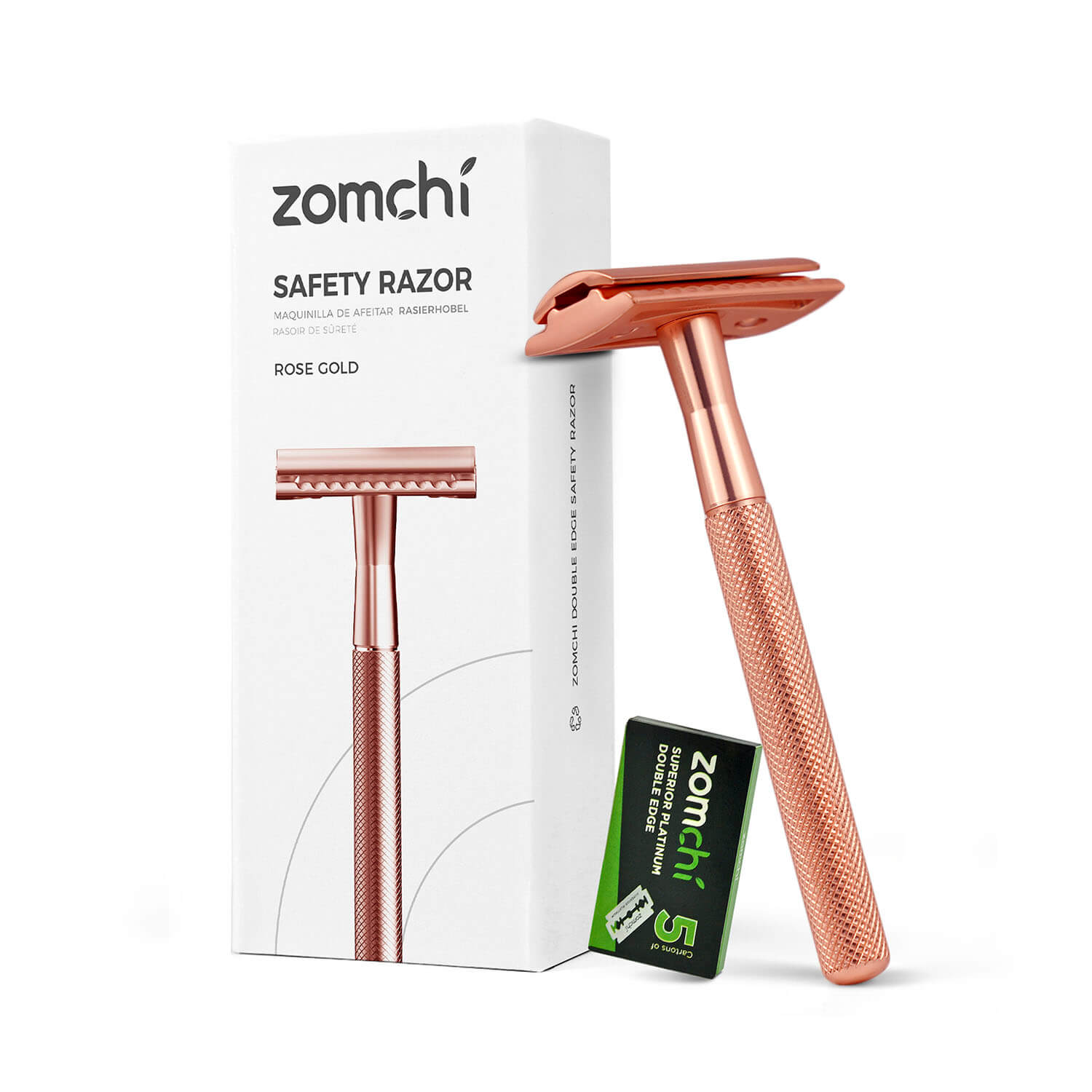
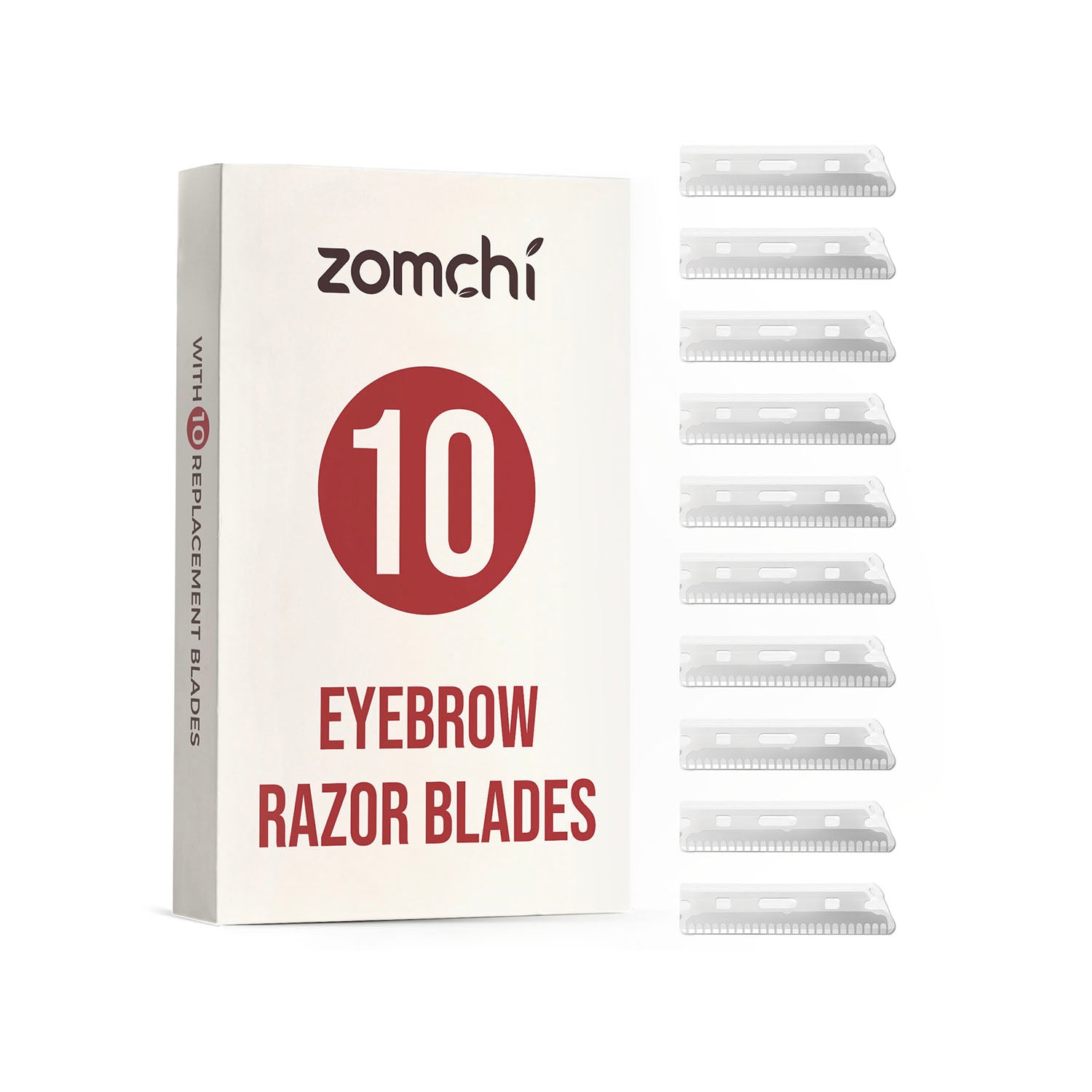
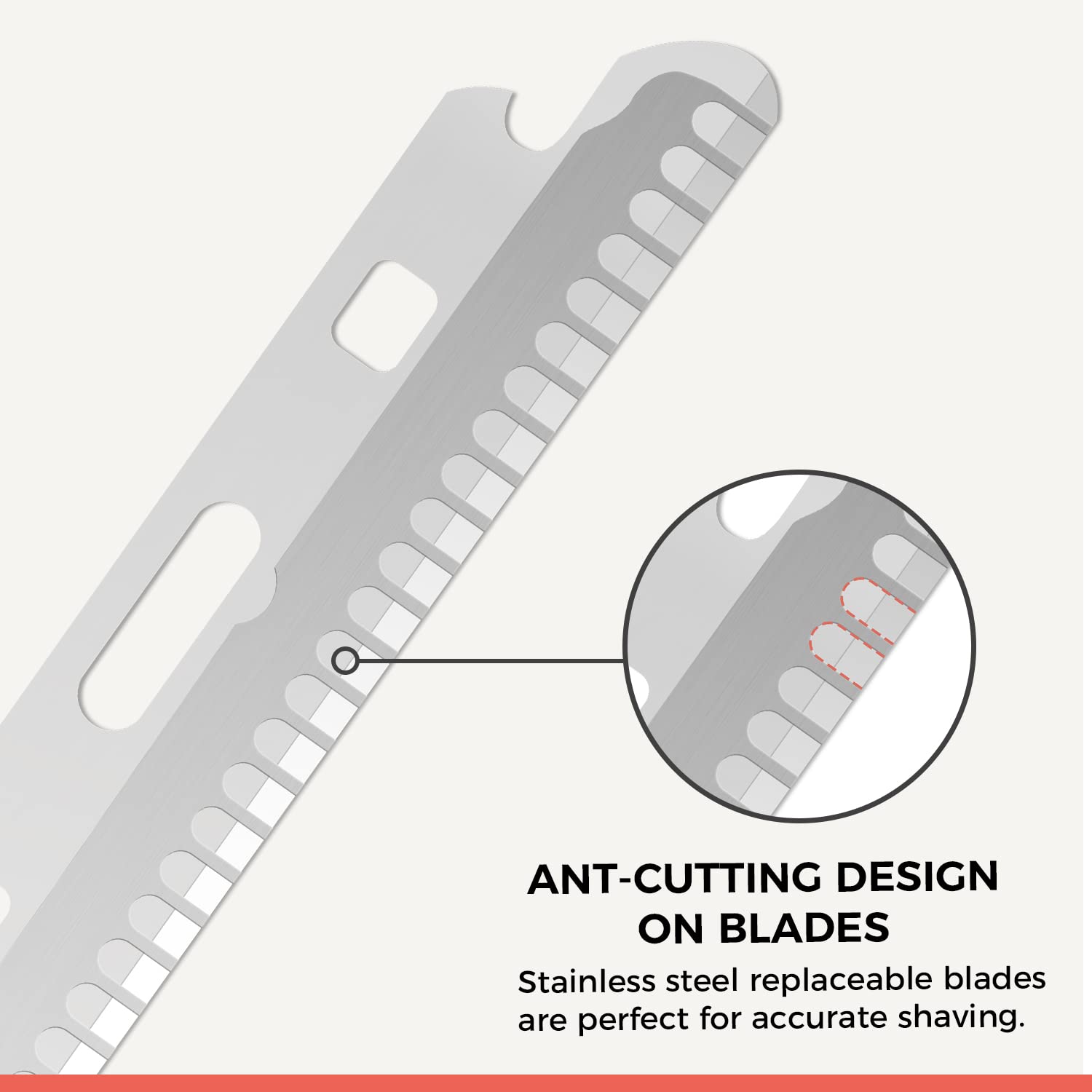
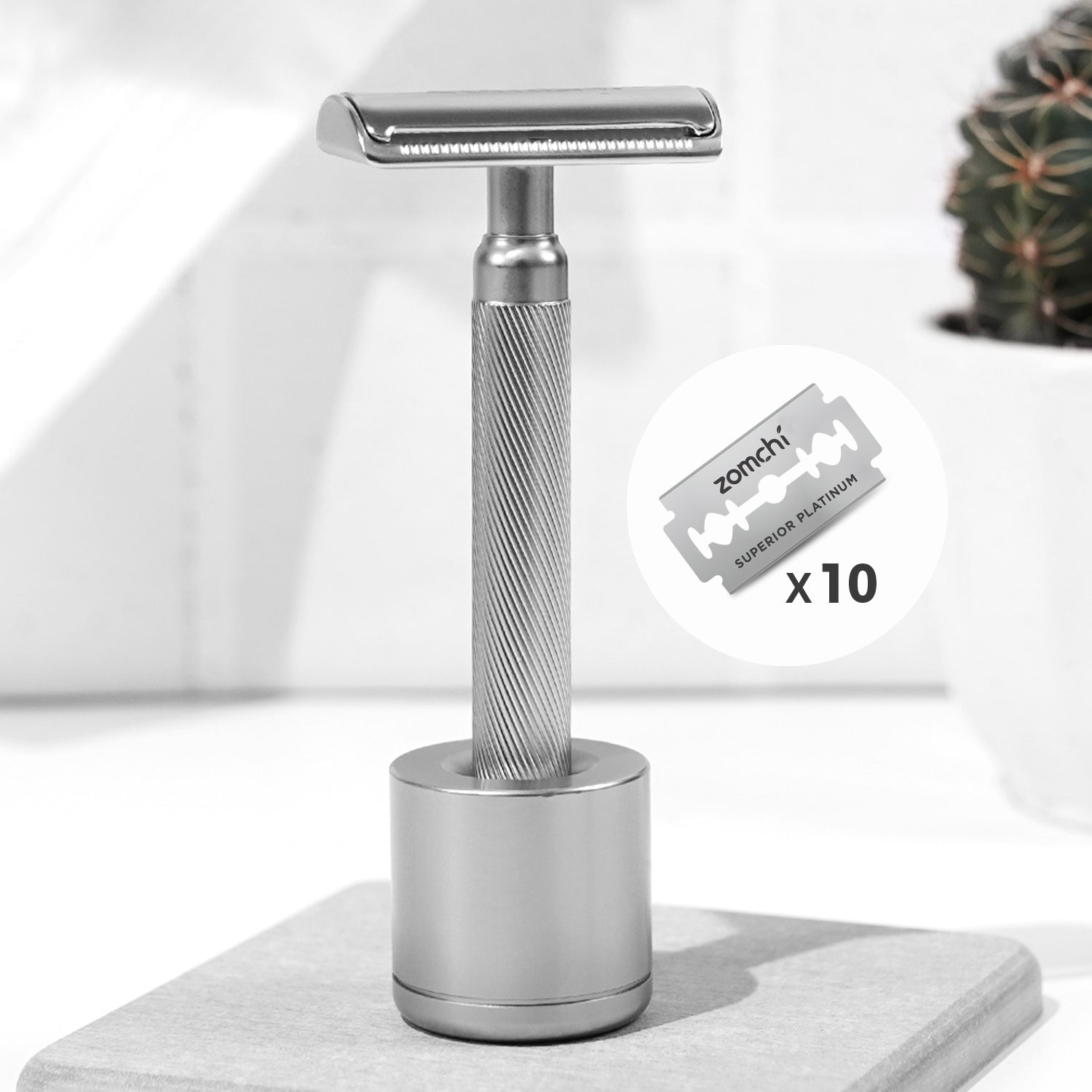
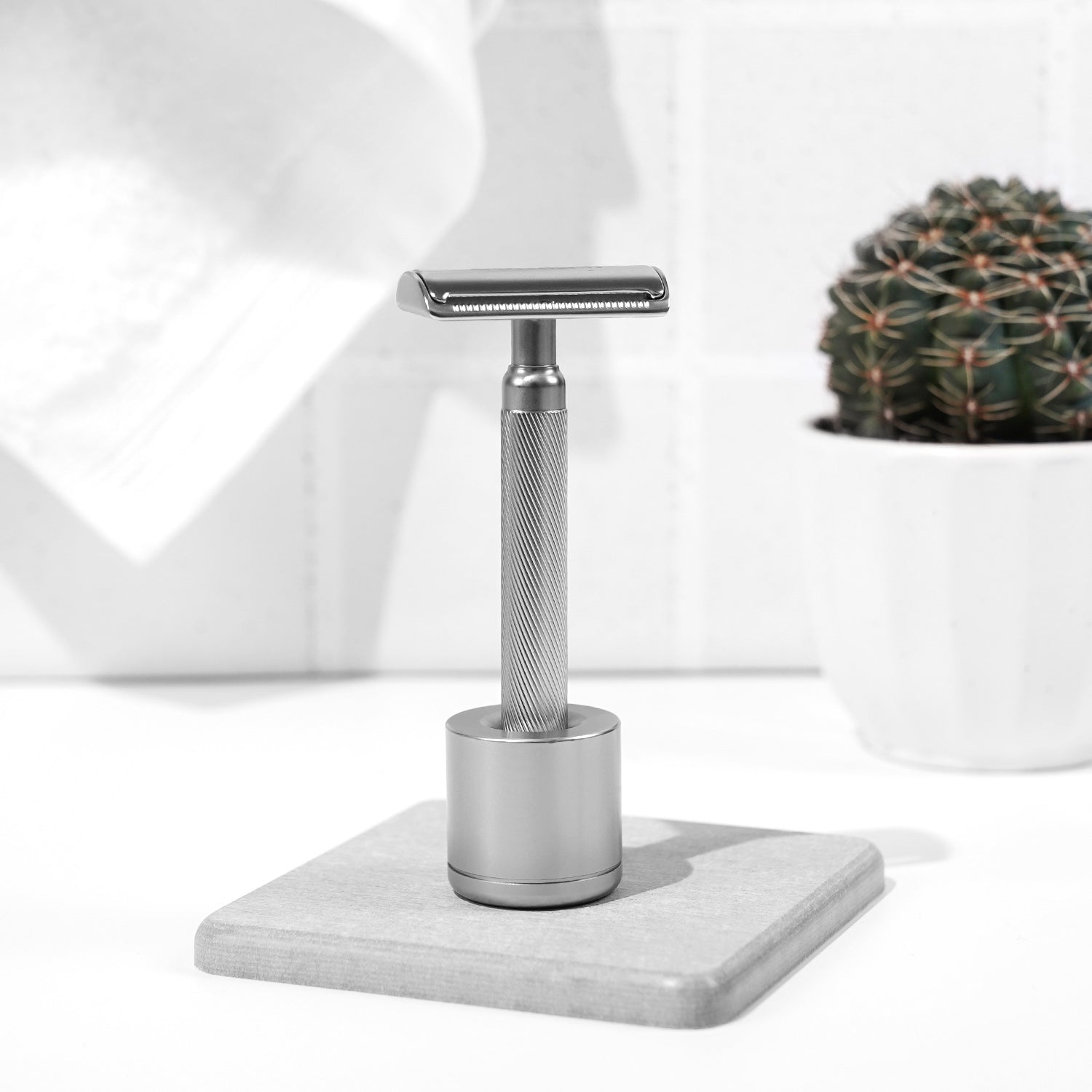
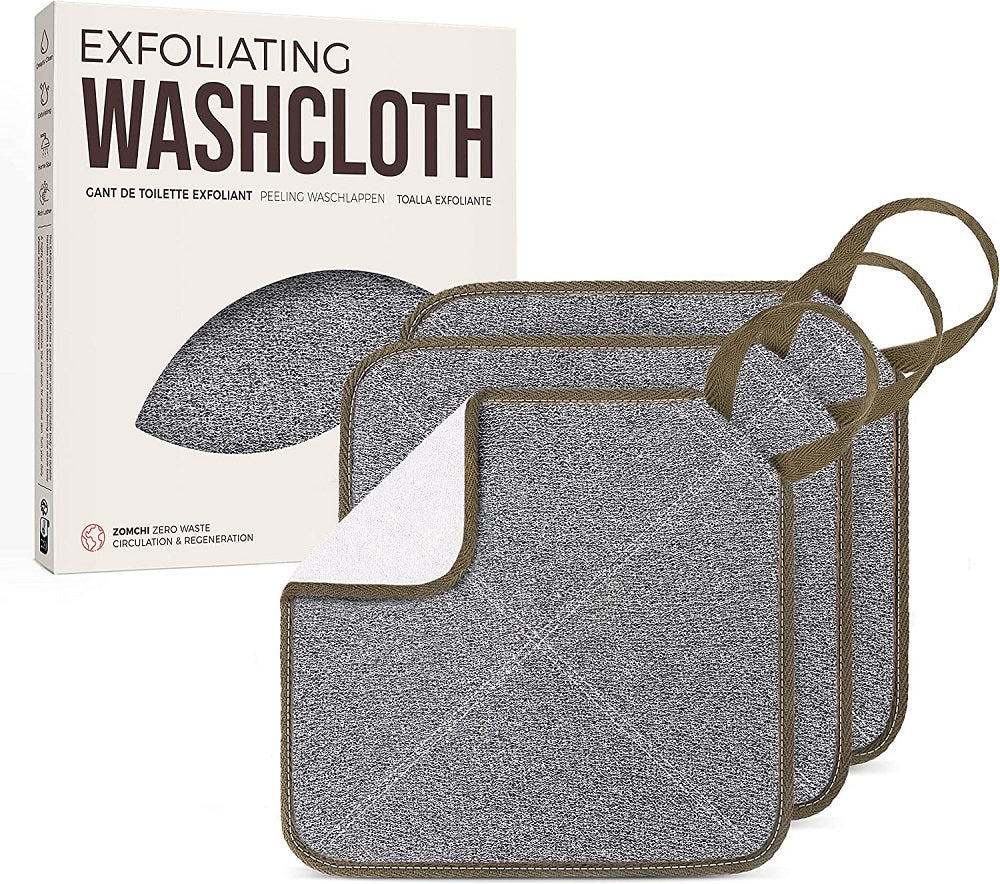
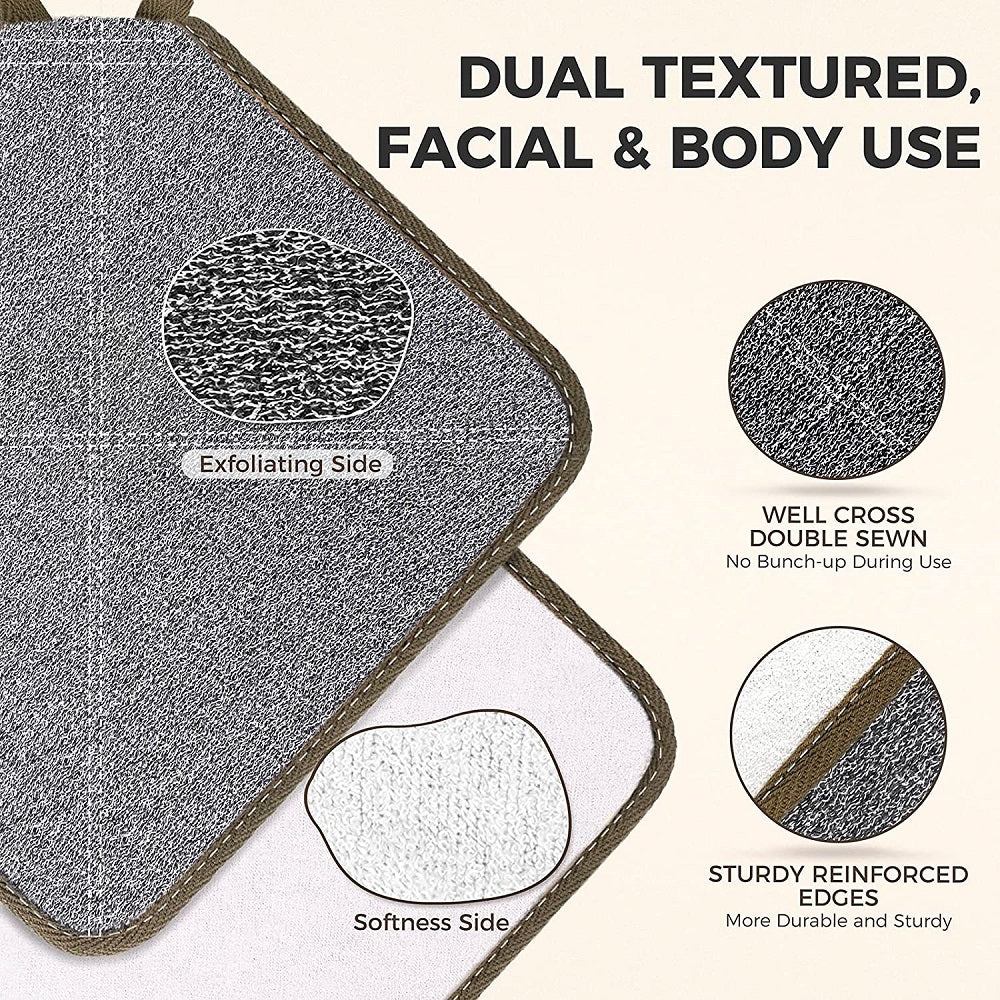

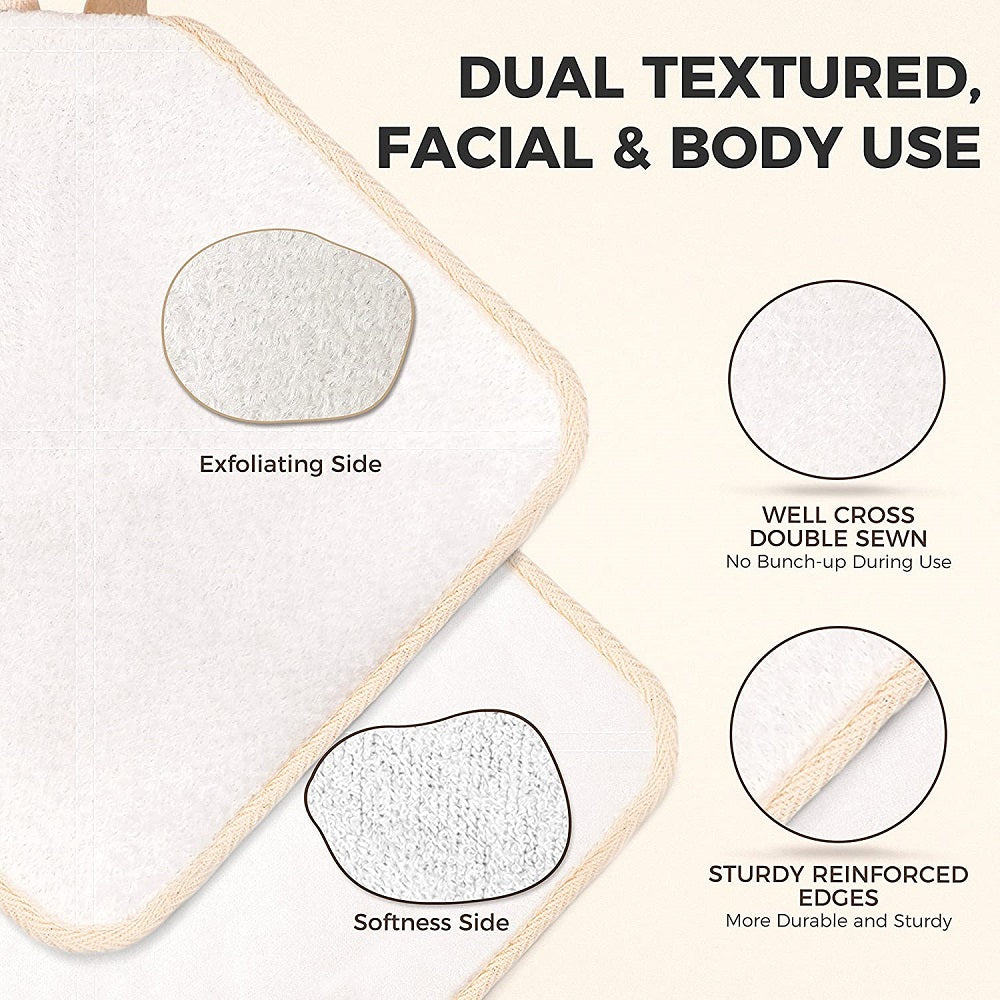


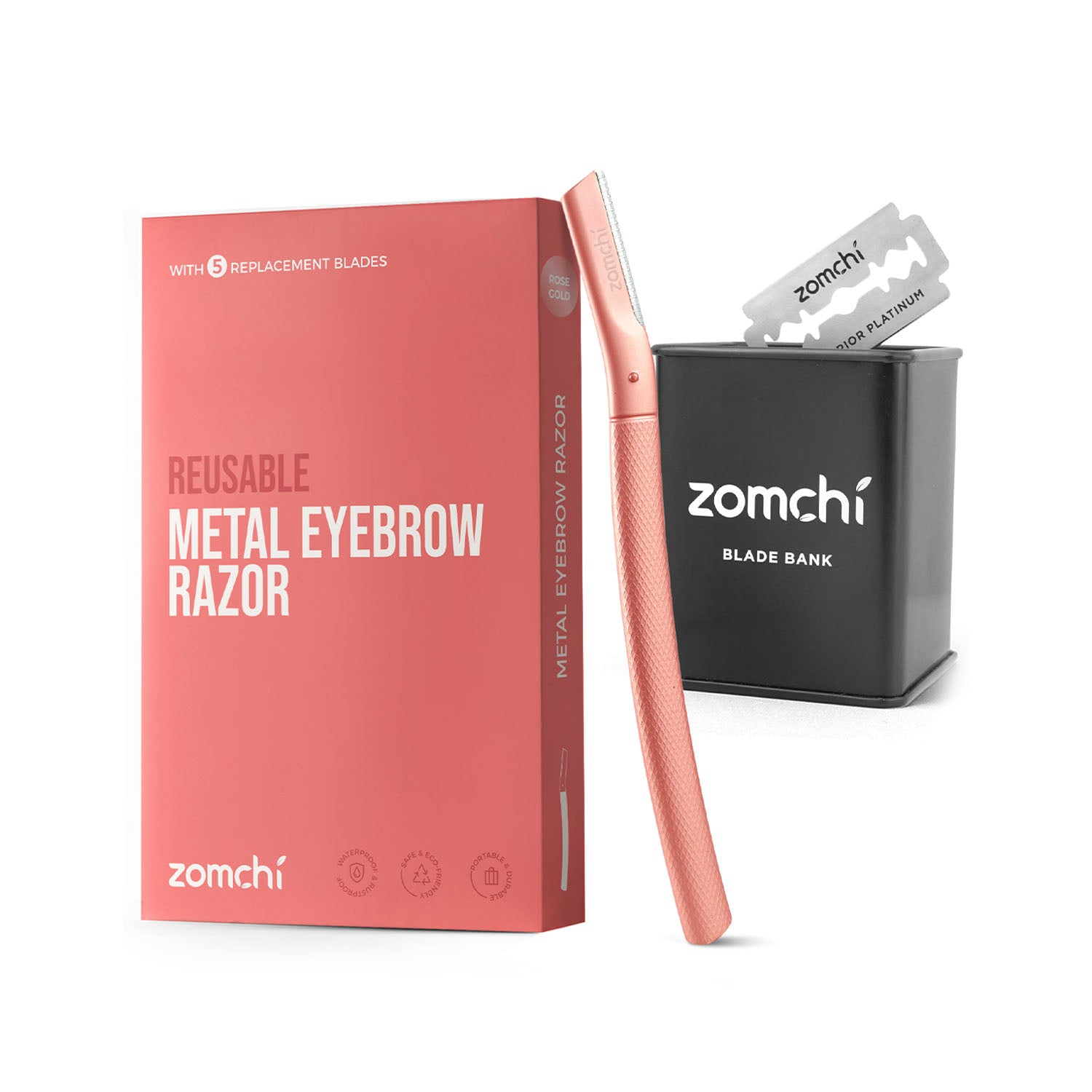
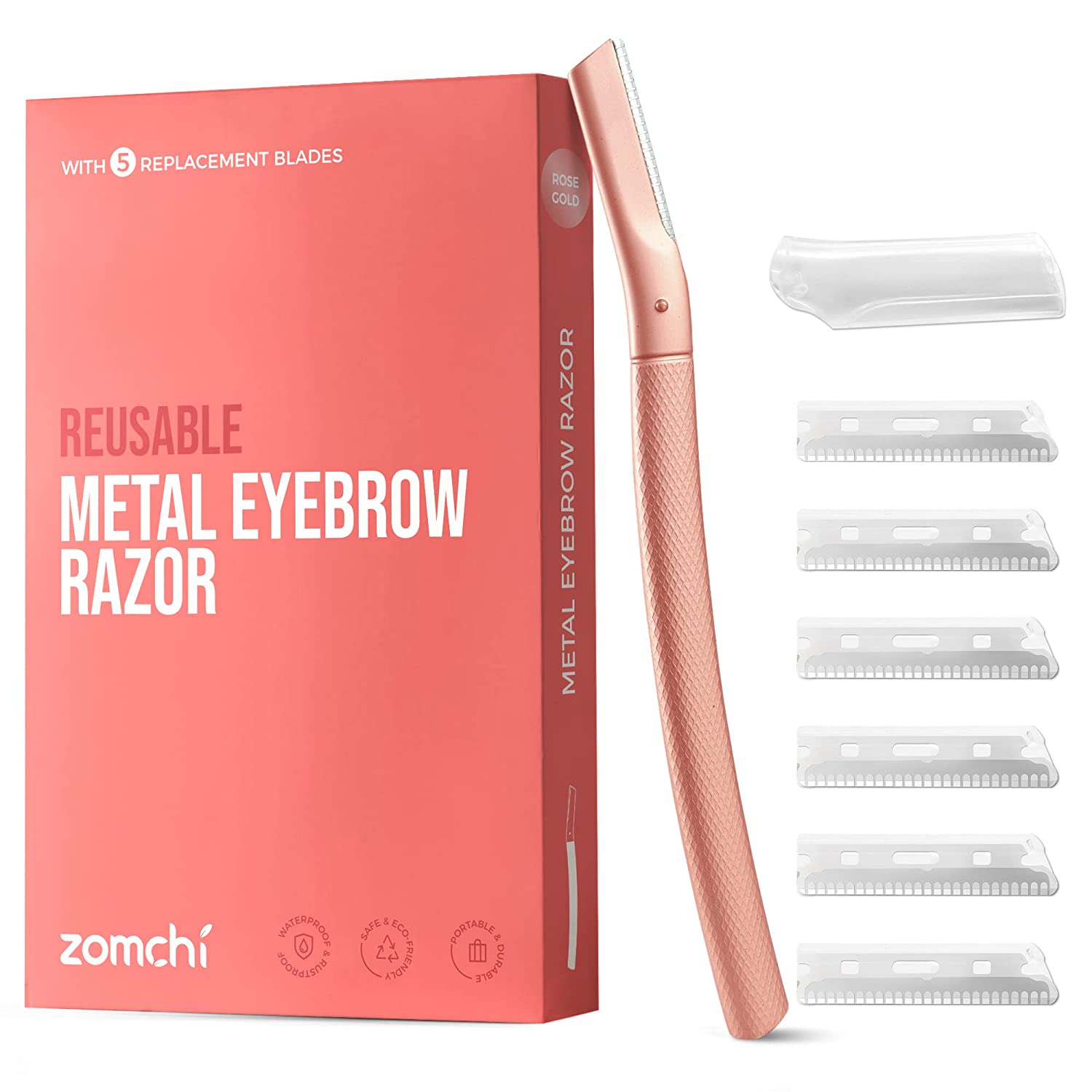
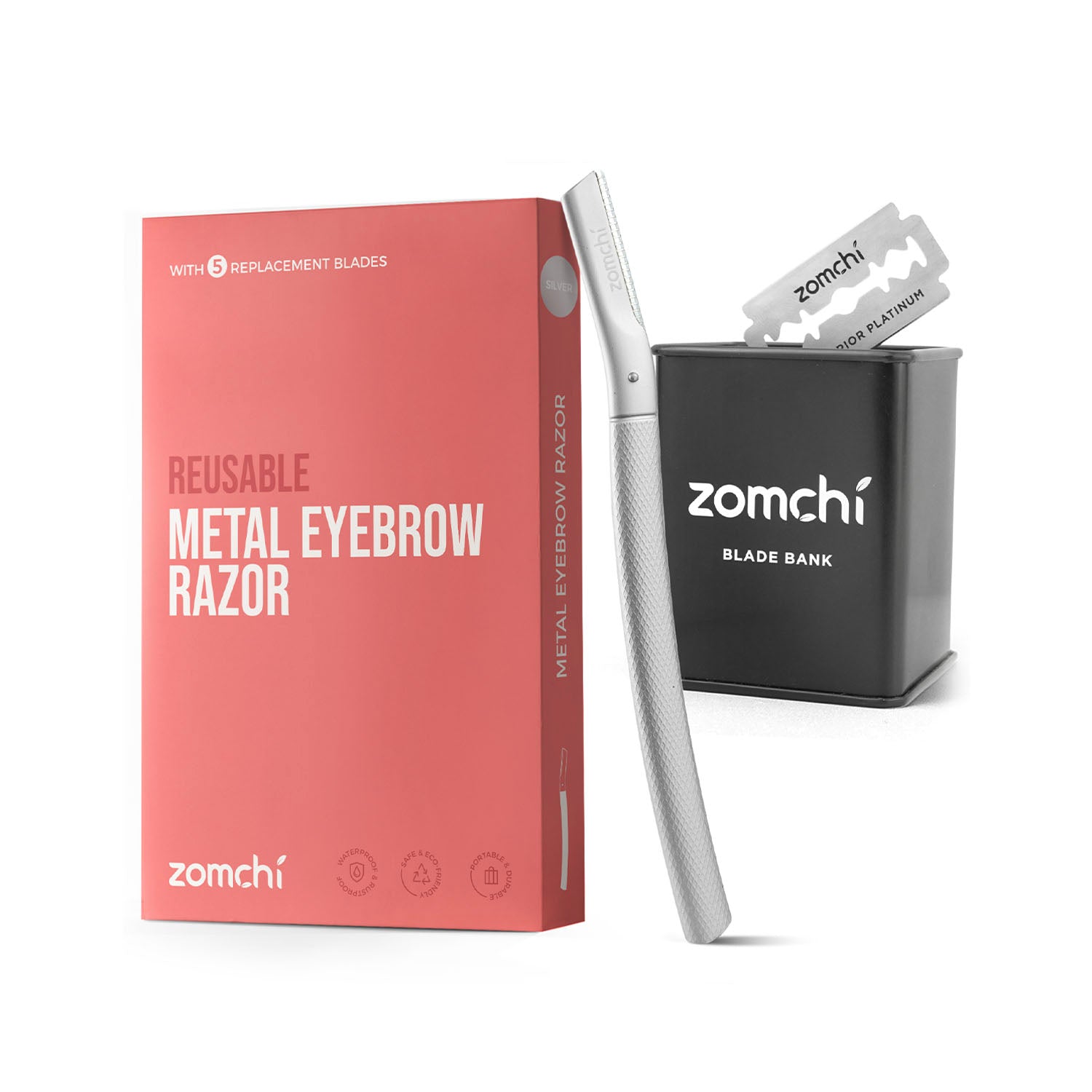
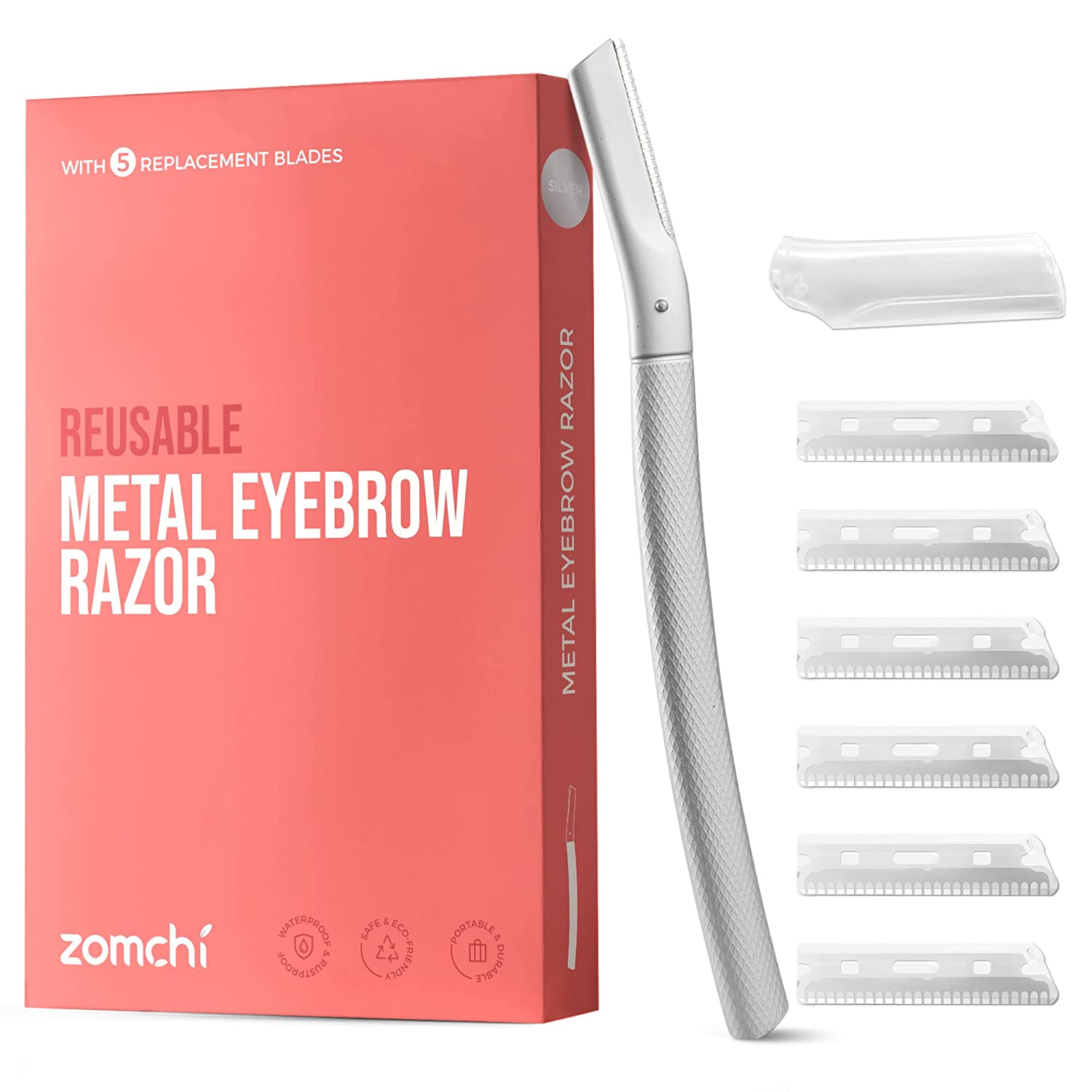
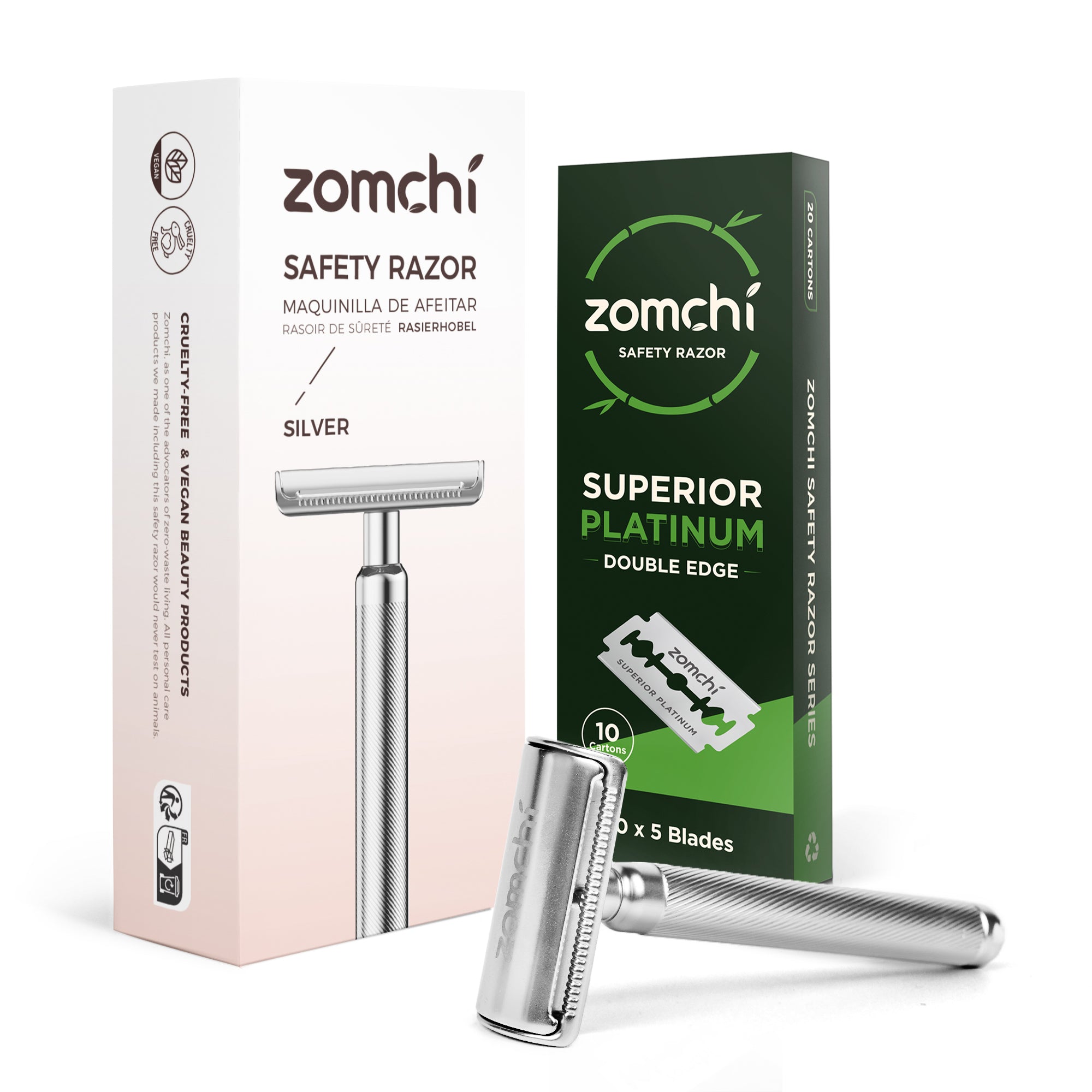
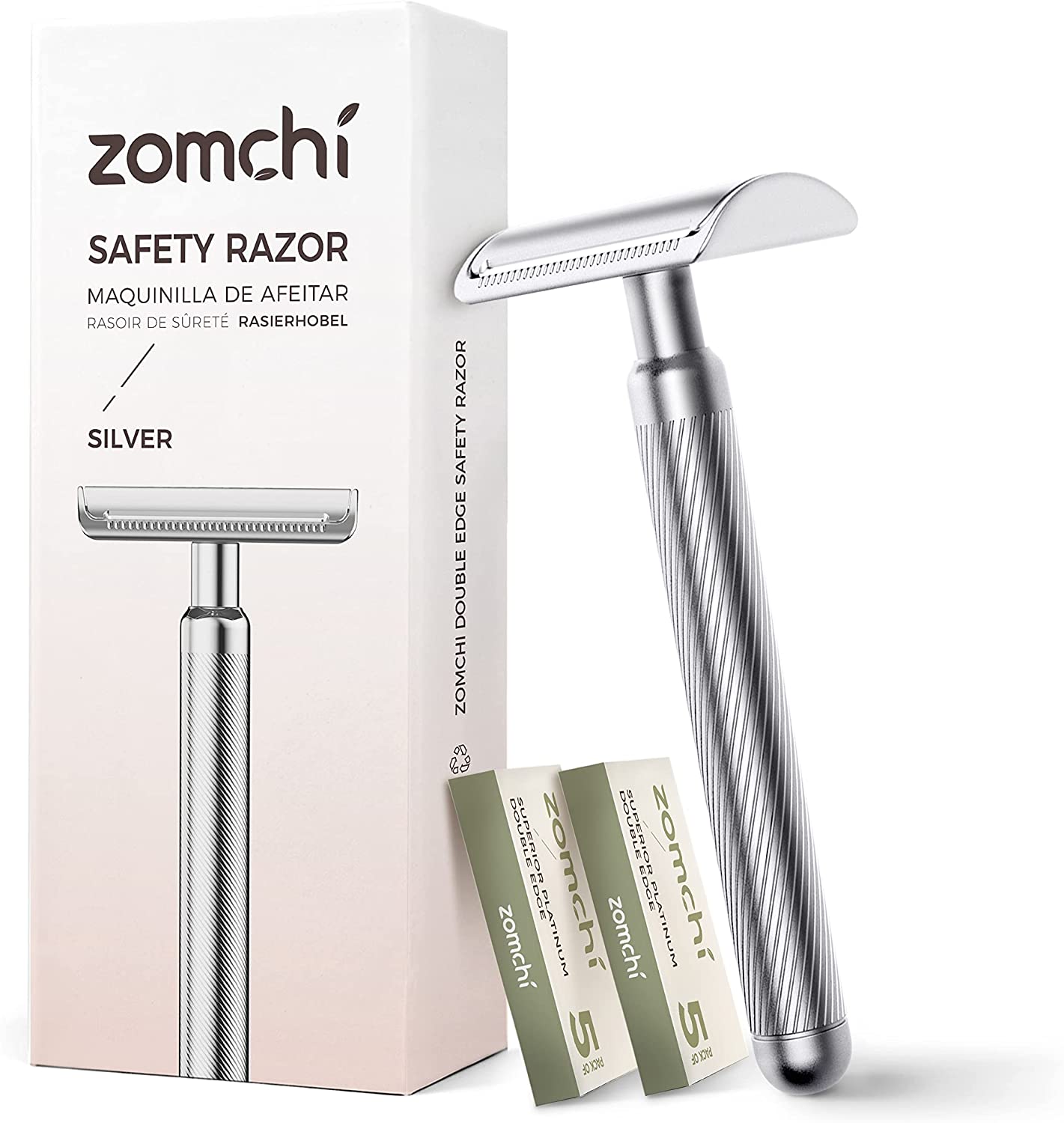
Comments (0)
Back to News